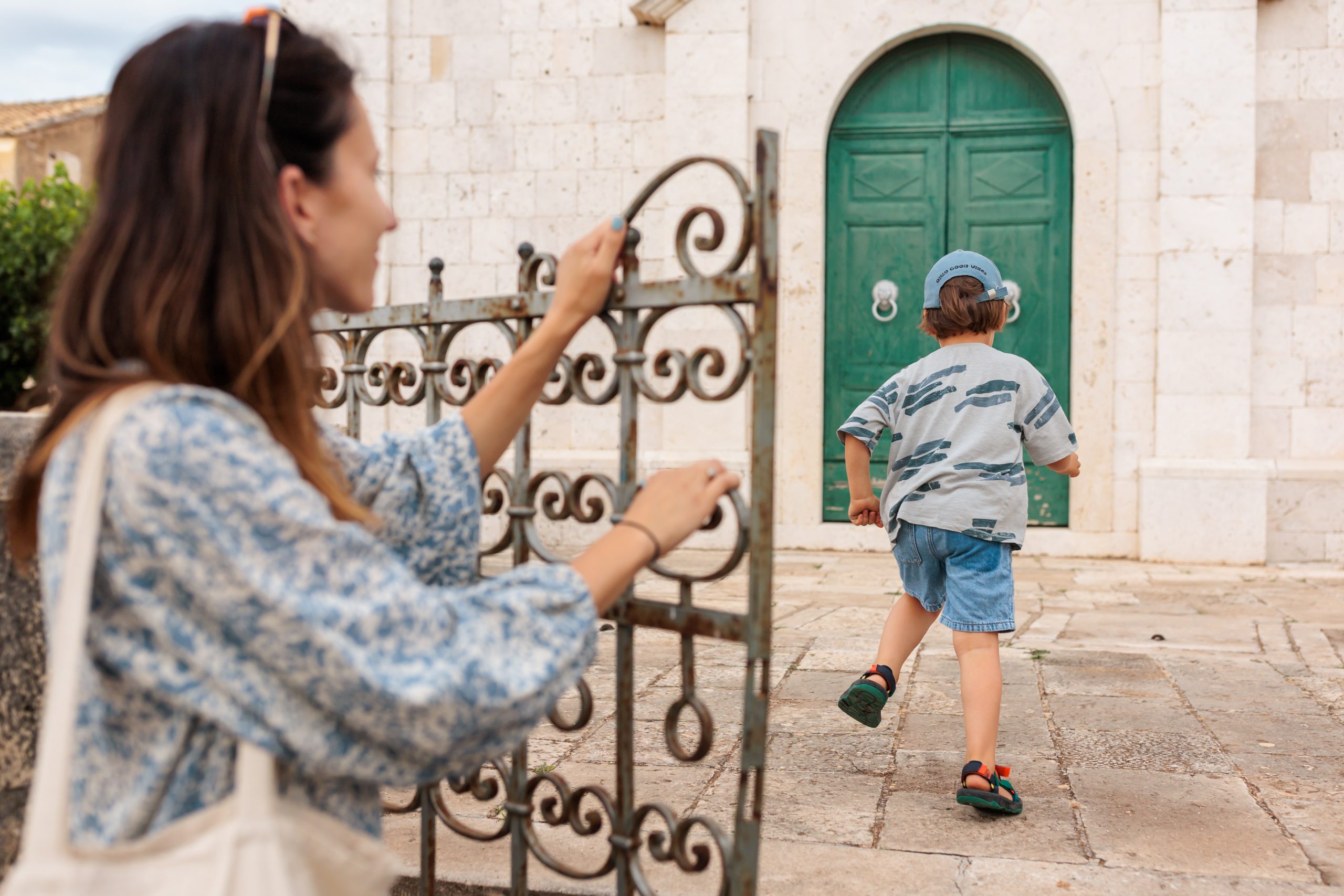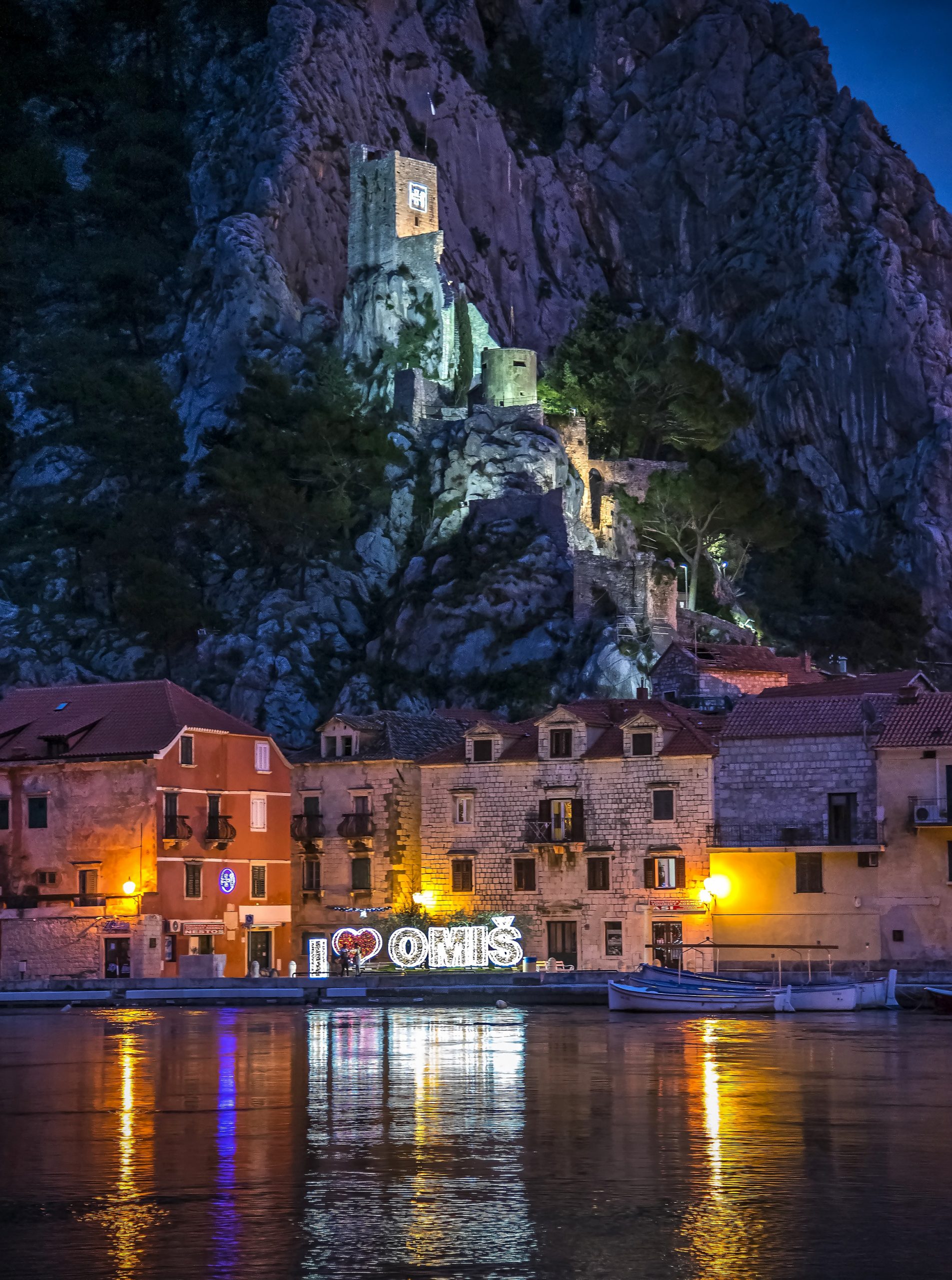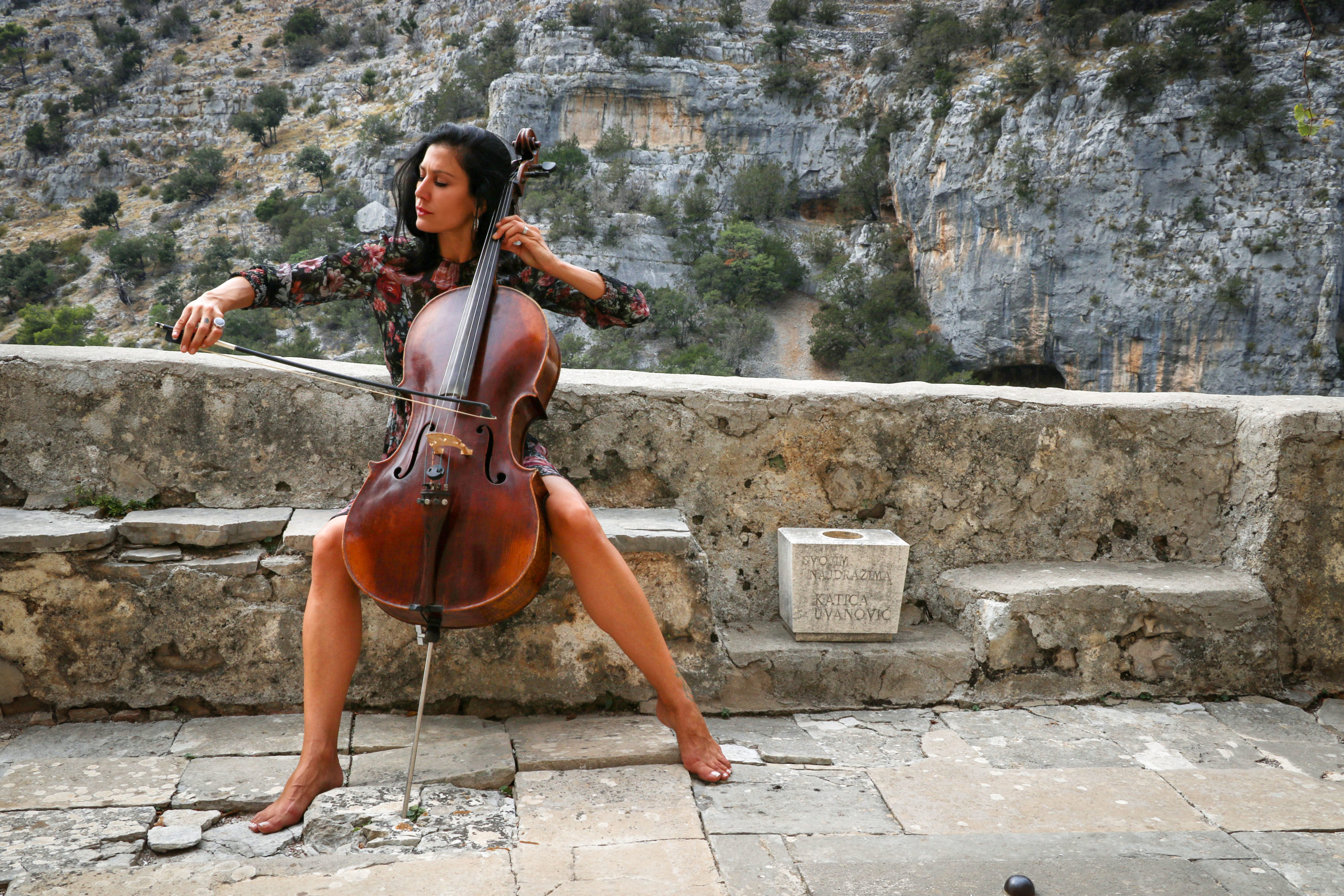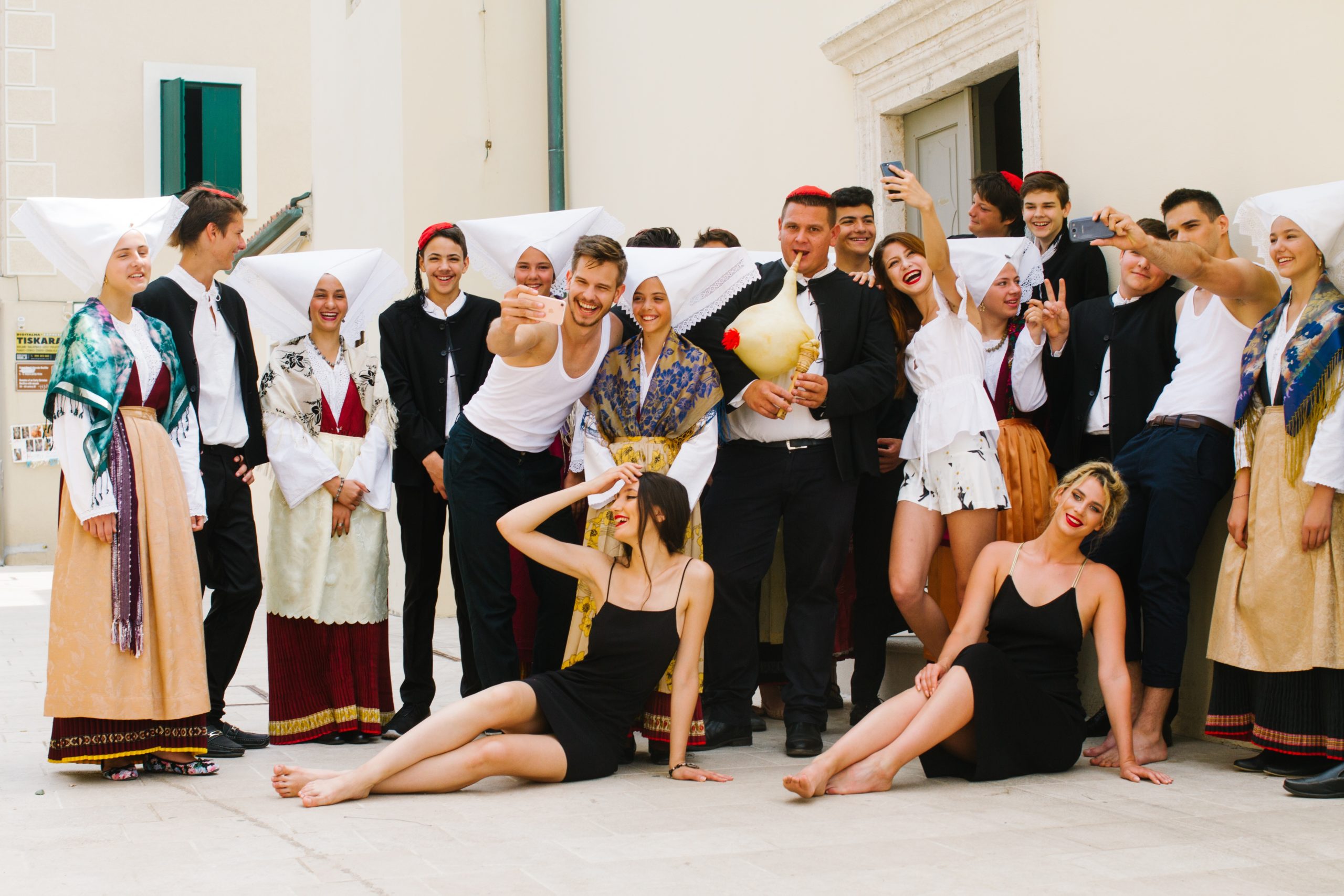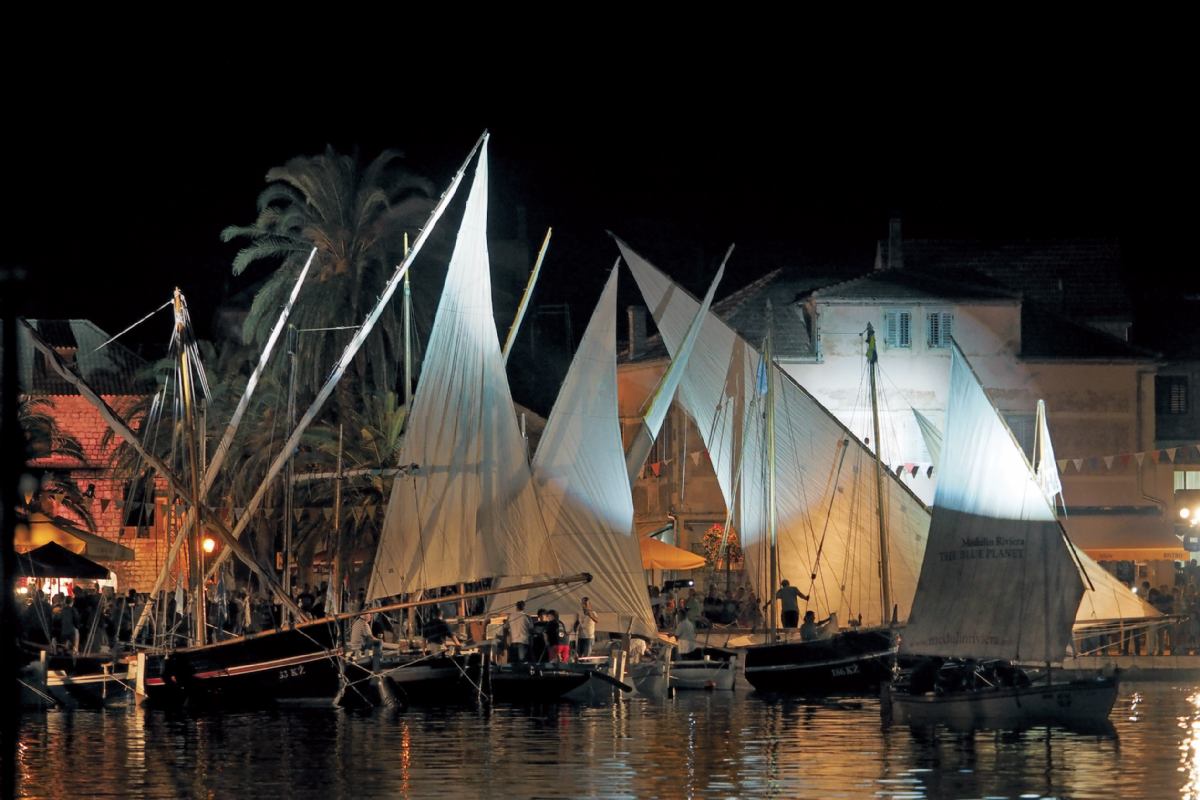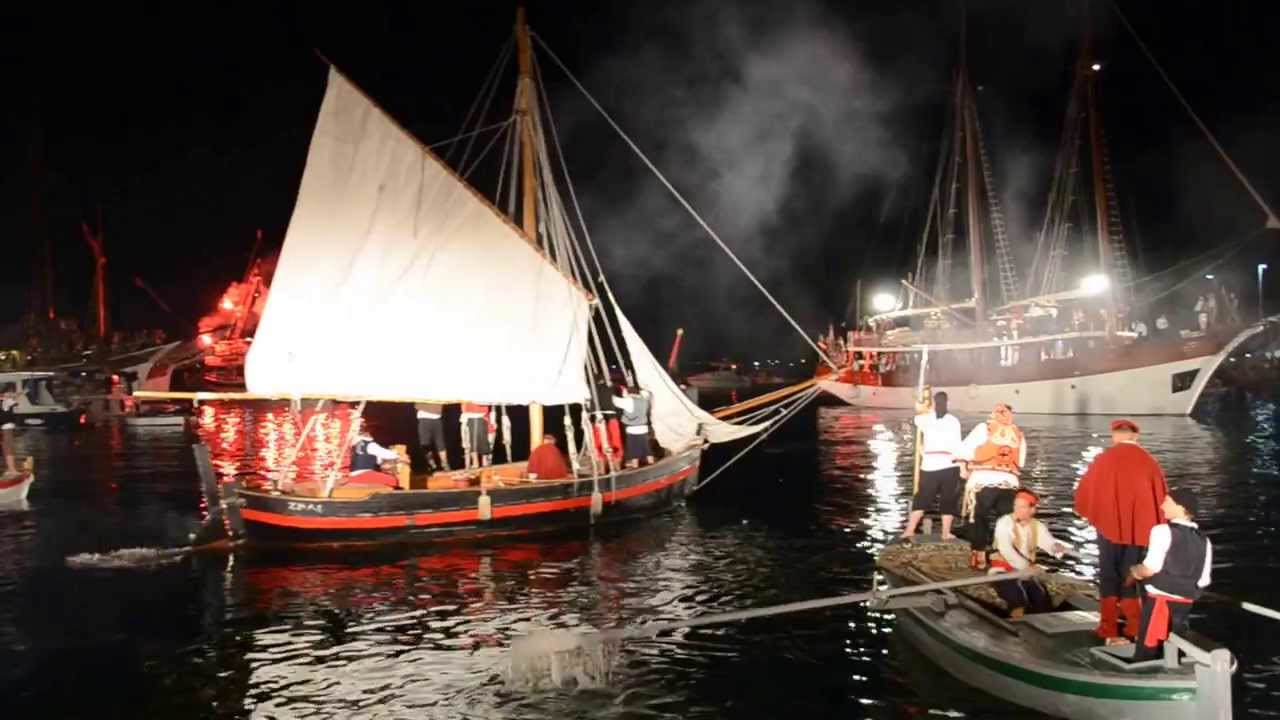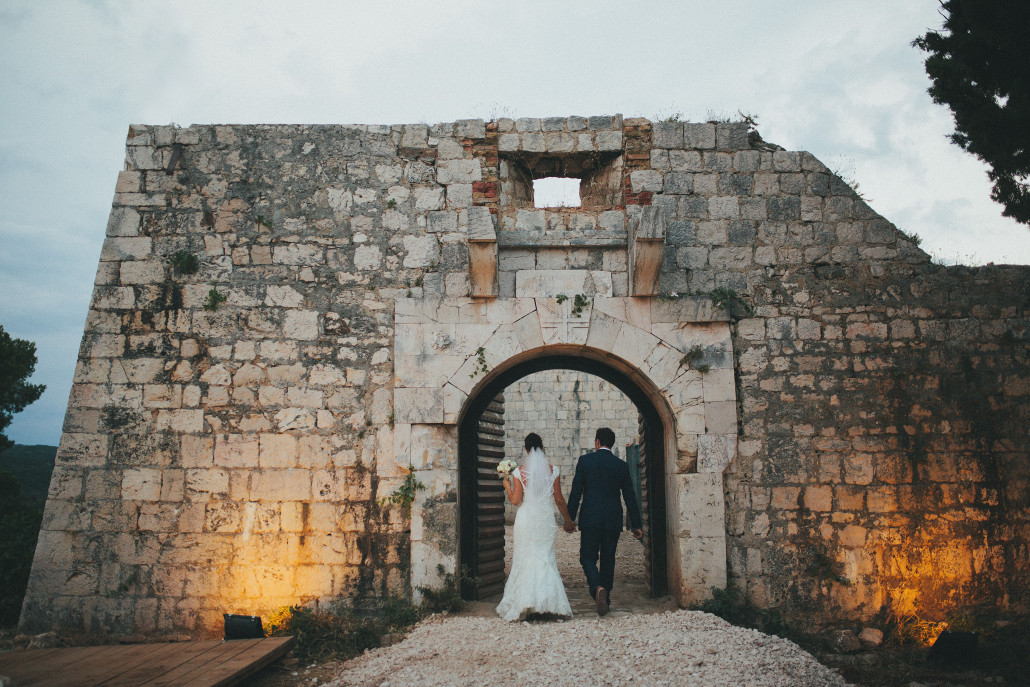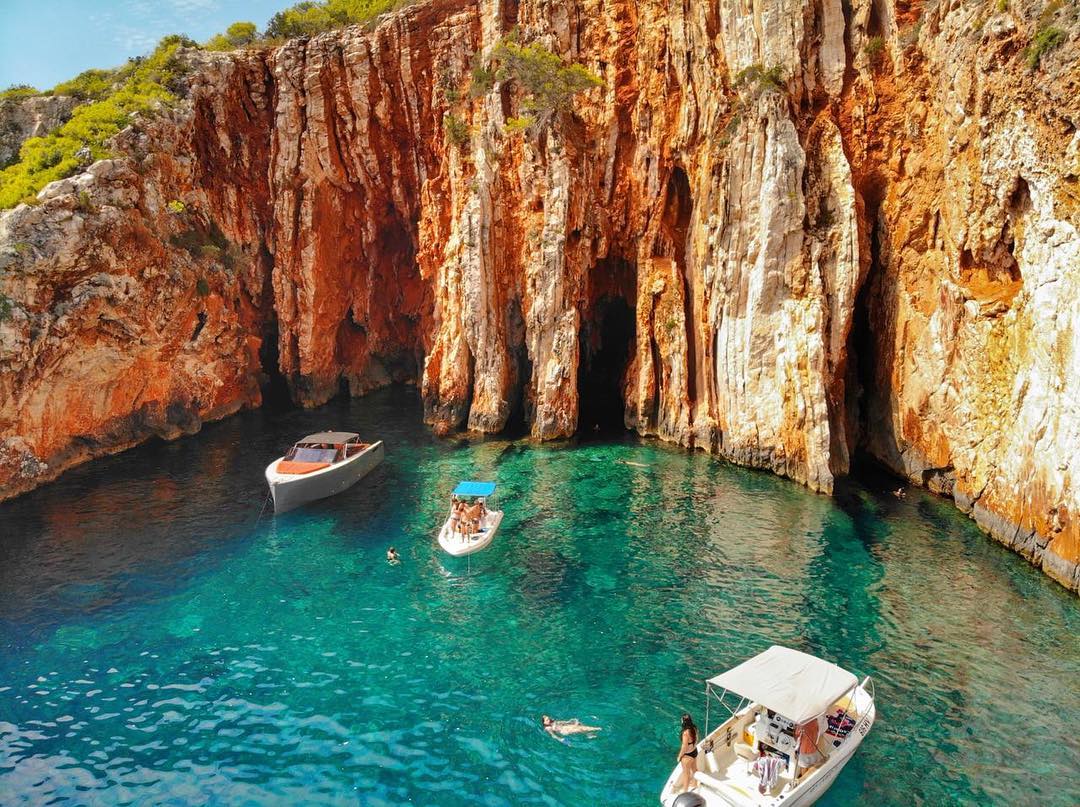SUMMER HOT SPOT Supetar will feed your senses with picturesque sights, landmarks and stories deeply woven into the very identity of this utterly idyllic destination
Once again, the Supetar Tourist Board has totally proven that it has no competition when it comes to combining tradition with modernity. It very successfully branded the destination in a gastronomic sense through the “Unlocking the taste of Brač” project by showcasing the skills of the masters of Supetar's kitchens worthy of Michelin recommendations on our plates. Those incredible dishes were equally inspired by the old recipes of Supetar grandmothers as they were by modern fine dining. Supetar’s gastronomic successes also seem to have been reflected in other segments of its overall tourist offer, so locals decided to prepare their guests a true feast for the soul this time.

Don’t get us wrong, we’re not for a second suggesting that you bypass the magnificent restaurants and taverns in Supetar, we’re merely saying that this time - we’re going to feed your senses with picturesque sights, landmarks and stories deeply woven into the very identity of this utterly idyllic destination.
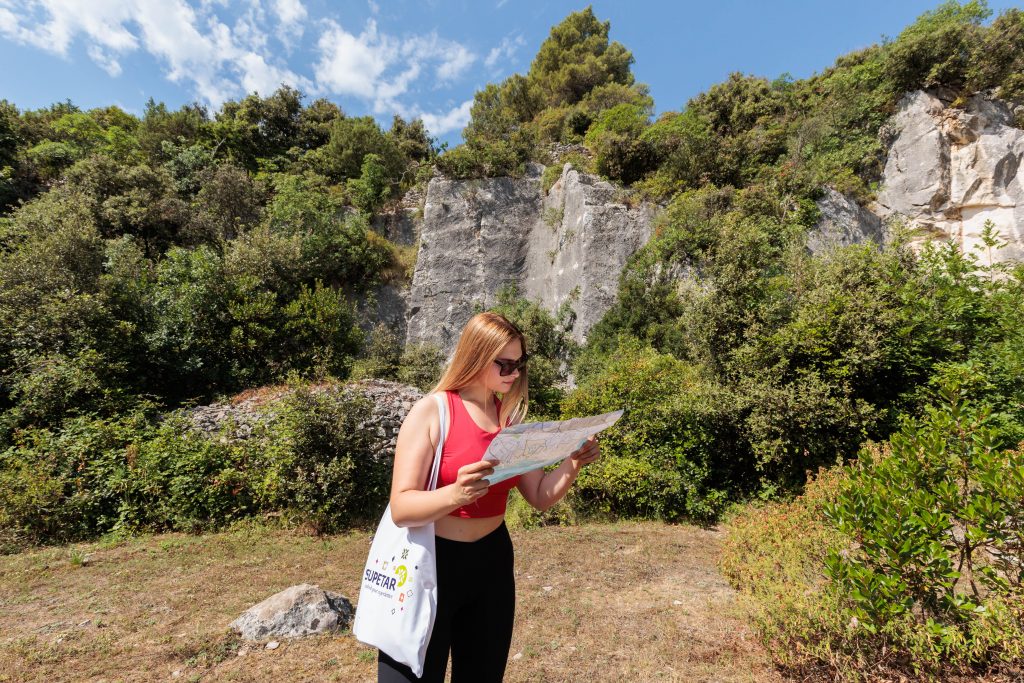
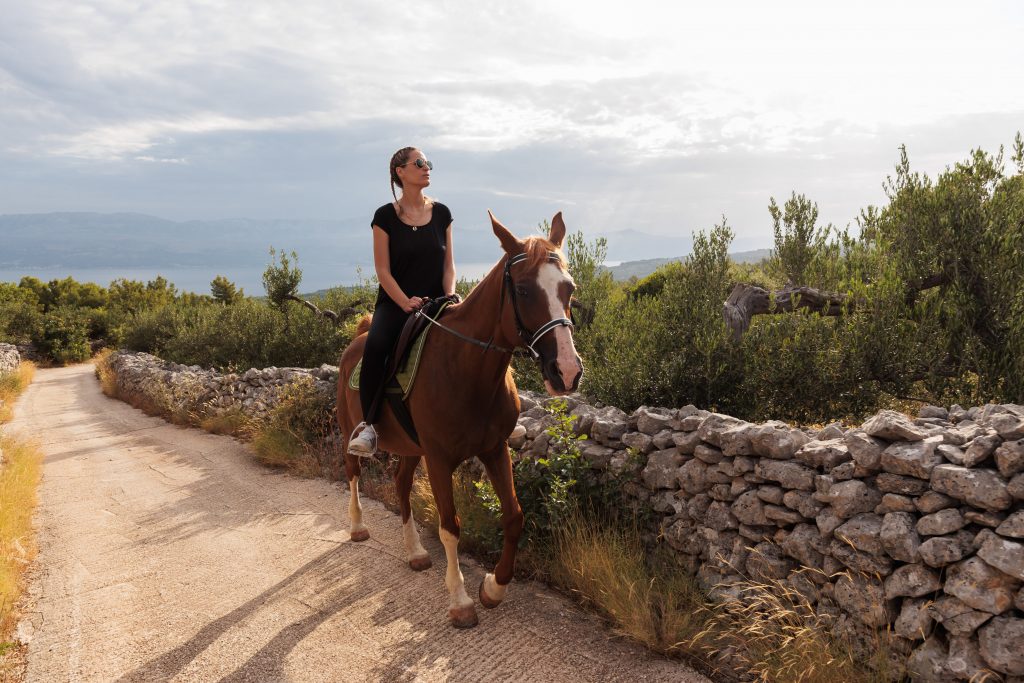
We’ll take you along four impressive themed trails, which (after all, we’re talking about the masters of combining the traditional and the modern here!) are additionally equipped with all of the advantages of modern technology for an even more realistic experience. Above the quaint village of Splitska, in picturesque, peaceful Mirca and in the town of Supetar itself, intriguing reliefs await us boasting untouched nature, liquid gold from right here on the island, and none other than the father of modern Croatian sculpting, Ivan Rendić, and the greatest Croatian poet of the 20th century, the marvellous Tin Ujević!
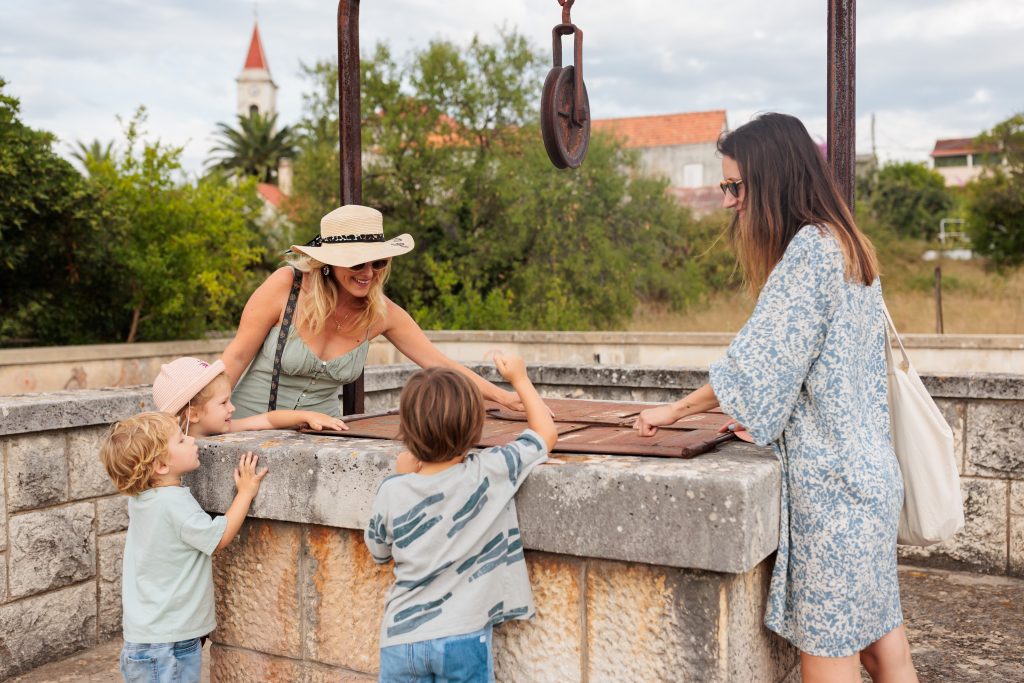

Stone that enjoys global fame - To arouse even more intrigue regarding the remarkable story of Brač stone from the Roman era (it adorned the incredible Diocletian's Palace, as well as the lobby of the UN building in New York, part of the White House in Washington, and the parliament buildings in both Vienna and Budapest!), we’ll begin along a 1.1 kilometre themed trail. It starts at the bottom of Splitska’s horseshoe shaped little harbour and leads to the Rasoha quarry itself.
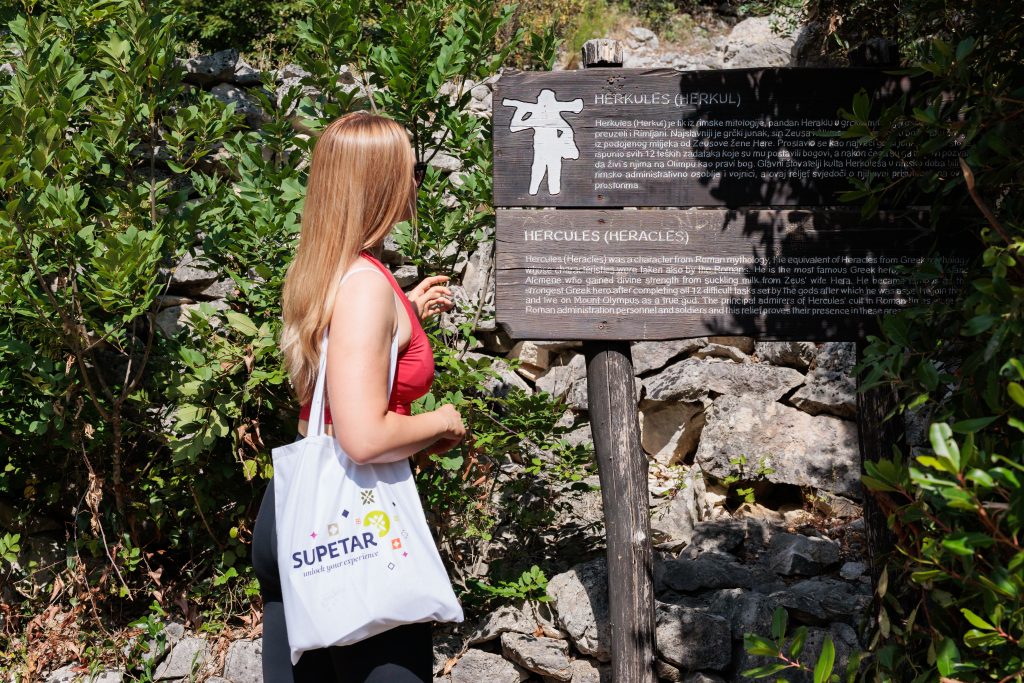


This is otherwise one of several Roman quarries (alongside those in Plate and Stražišće) that are located above the beautiful settlement of Splitska, a mere kilometre away from the sea. It’s the perfect environment to sit back and relax with a favourite book while enjoying the idyllic natural environment.
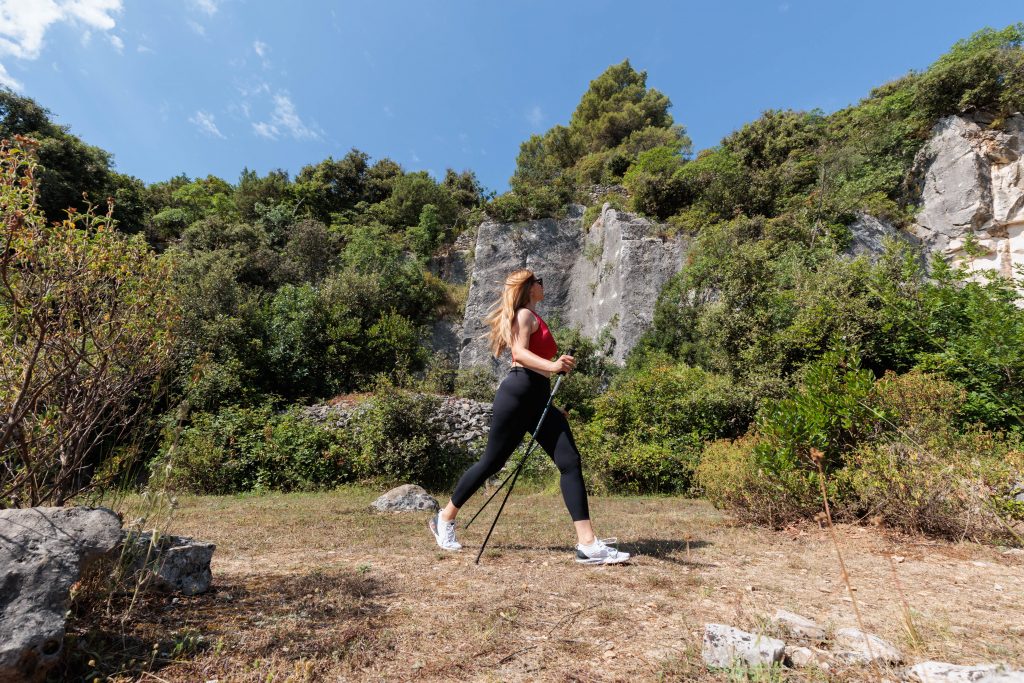
No book? No problem! Taking in the interesting 80 cm relief of Hercules carved into the rock is also an option. Hercules has been standing alone here for years, so why not snap a few photos of him for social media? We’ll be more than happy to explain to any curious followers that his disproportionately large hands are a symbol of his exceptional strength and the dogged determination of human will. It’s no wonder that hardworking stonemasons adopted him as their protector!
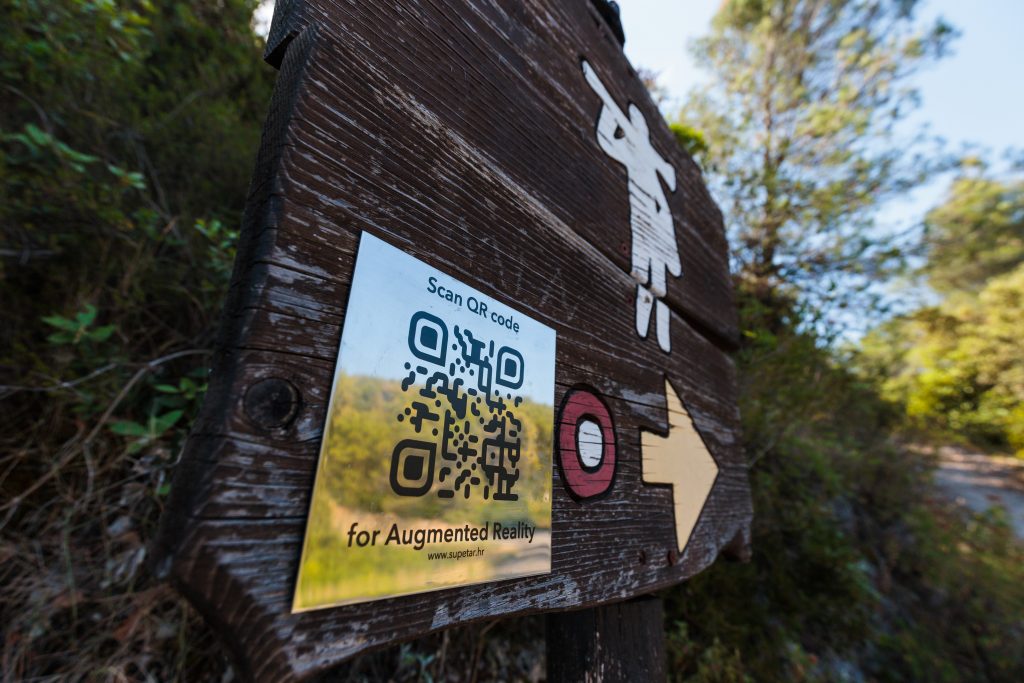
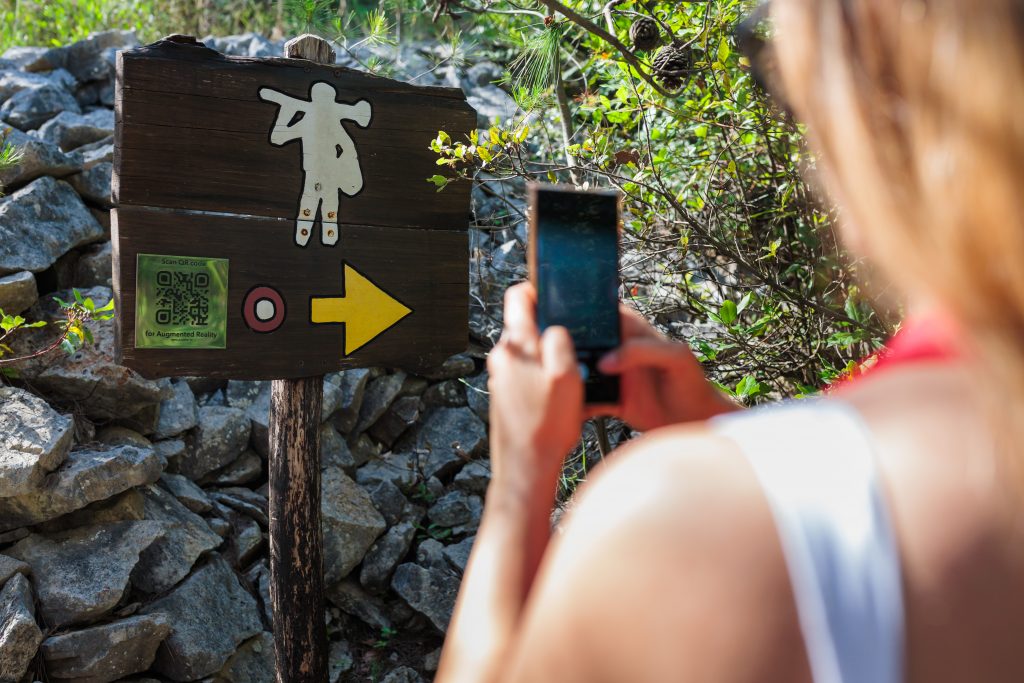
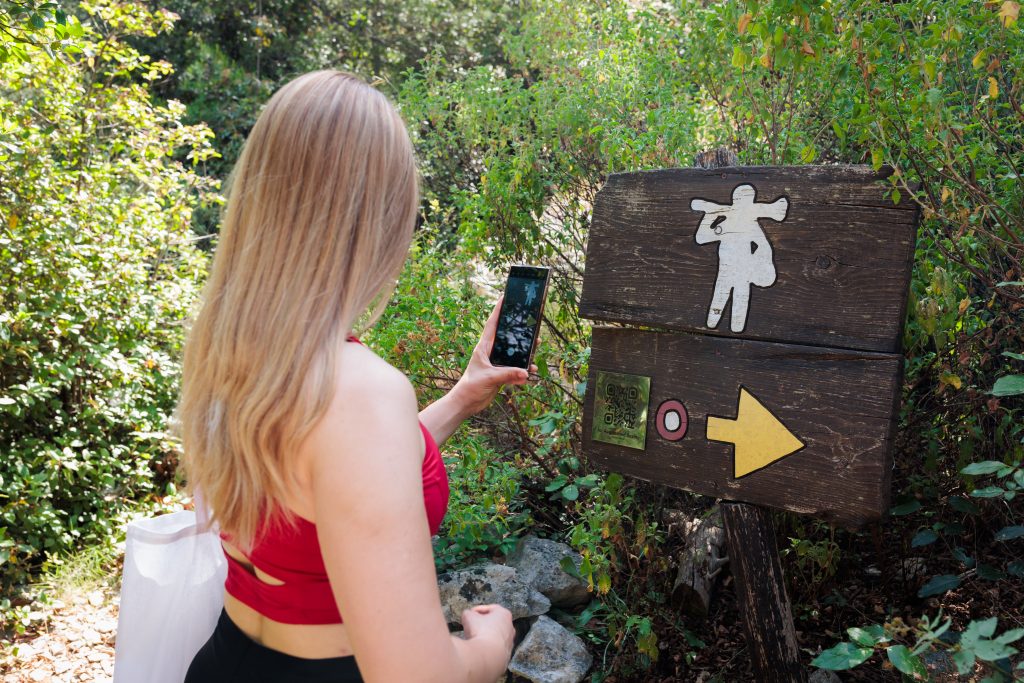
For a complete experience, we can use our phone cameras as a mobile time machine, and step back into an age long gone by. The Supetar Tourist Board created a presentation of real historical events through 3D characters, objects and attractive animations using AI technology. This showcases the process of quarrying and the poor slaves who painstakingly laboured there, as well as the soldiers who controlled and commanded them. That isn’t all, either - so make sure to try it out!
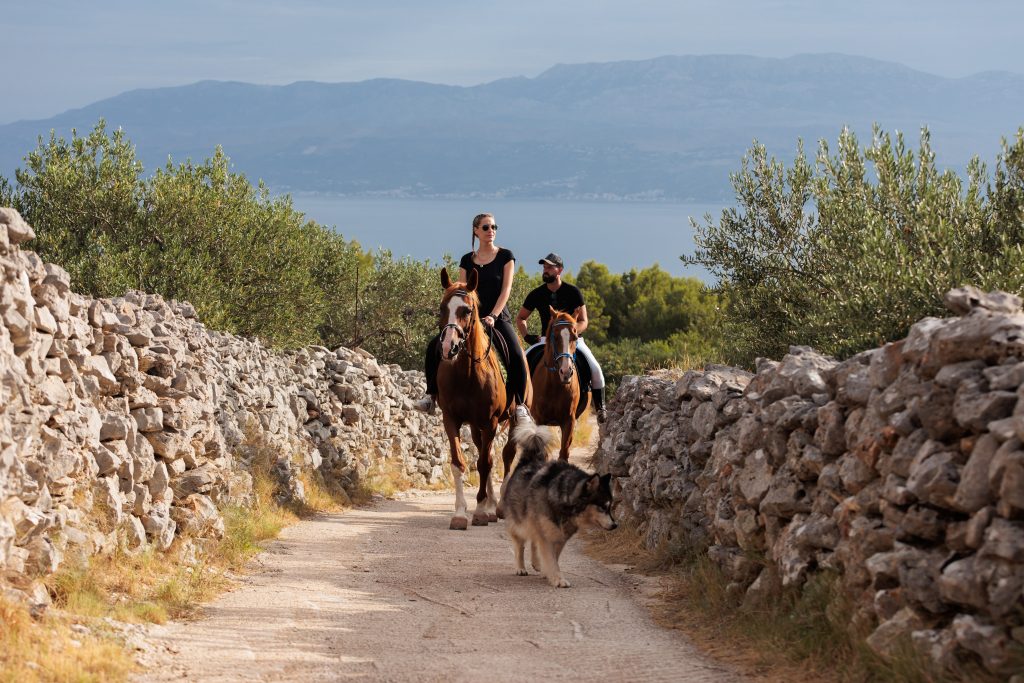
The path to liquid gold - Did you know that there are about a million olive trees growing on the island of Brač today? This gorgeous island is actually considered the largest olive growing area in the entire country! We’ll learn everything about the island’s prized liquid gold during a walk along the Maslinovi puti (Olive paths) pedestrian path, which begins in the quiet, picturesque town of Mirca.
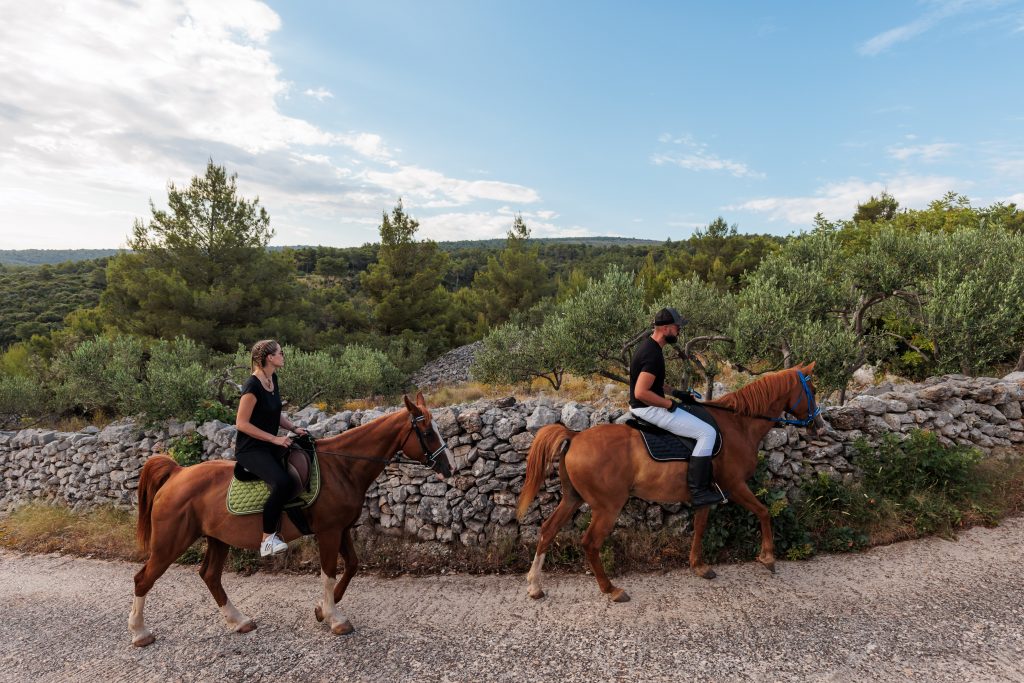
A five kilometre circular path will lead us through ancient and stunning olive groves which continue to grow and produce fruit above the village, all the way to Prihod - the old irrigation system, which has played a vital role in Mirca’s history since ancient times (water was transported from these reservoirs to the village in barrels or in pails that the women then carried on their heads!)

When walking along Maslinovi puti, guided by the trail’s markings, we’ll gain more knowledge about the tradition of olive oil production and the dominant and autochthonous types of olives (oblica, buhavica and levantinka). We’ll also get better acquainted with the timeless and beautiful construction of Brač’s iconic dry walls.
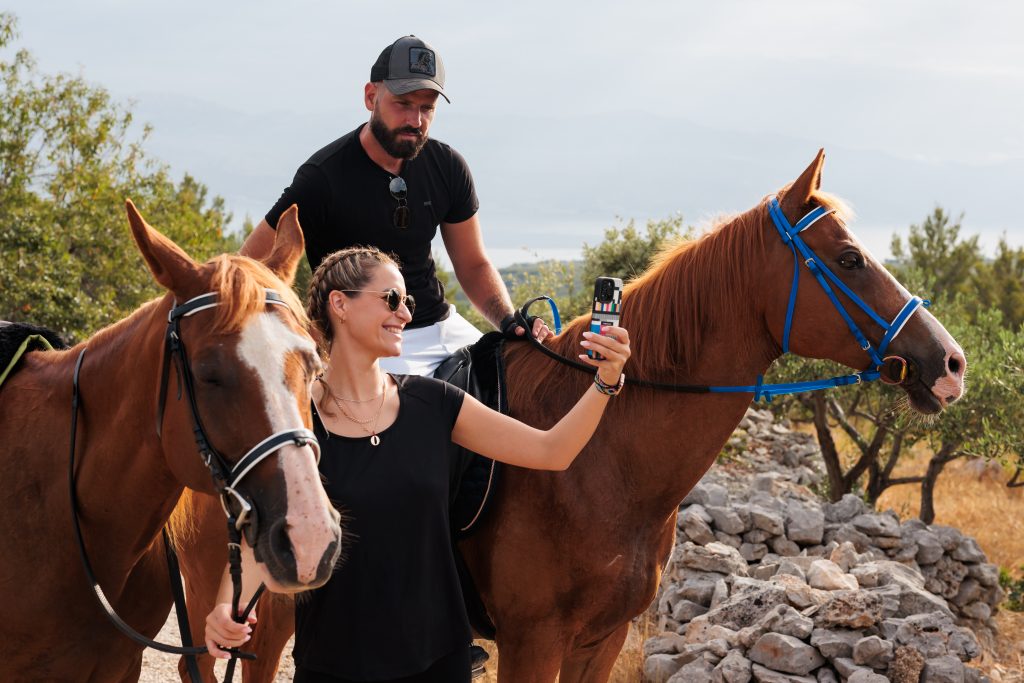
This thematic trail does very well in resisting the woes of seasonality. It can be enjoyed all year round for a bit of recreation and relaxation out in the fresh air. An additional bonus also lies in the fact that the Supetar Tourist Board has further refined its offer with the Olive Trek web application (app), which offers a unique stroll and tour of the area’s breathtaking olive groves using modern technology.
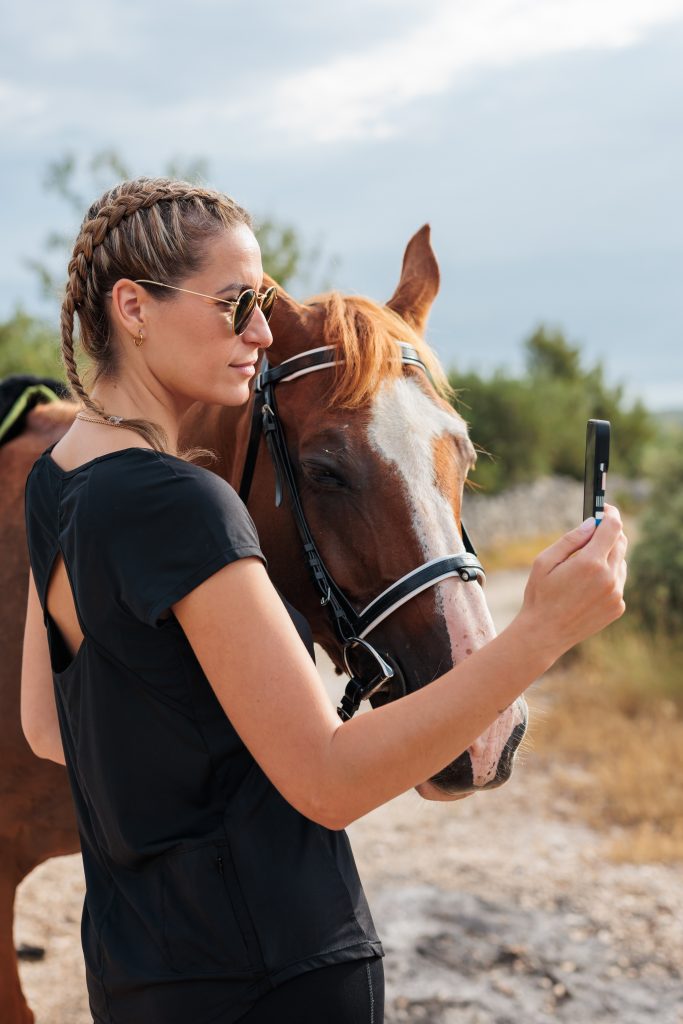
It offers a detailed display of digital trails - revealing their length, terrain and altitude, as well as giving an accurate insight into the average duration of any given tour! In addition to finding out the necessary information through the description, we can see old olive mills, oysters and presses, and take photos using phone cameras.
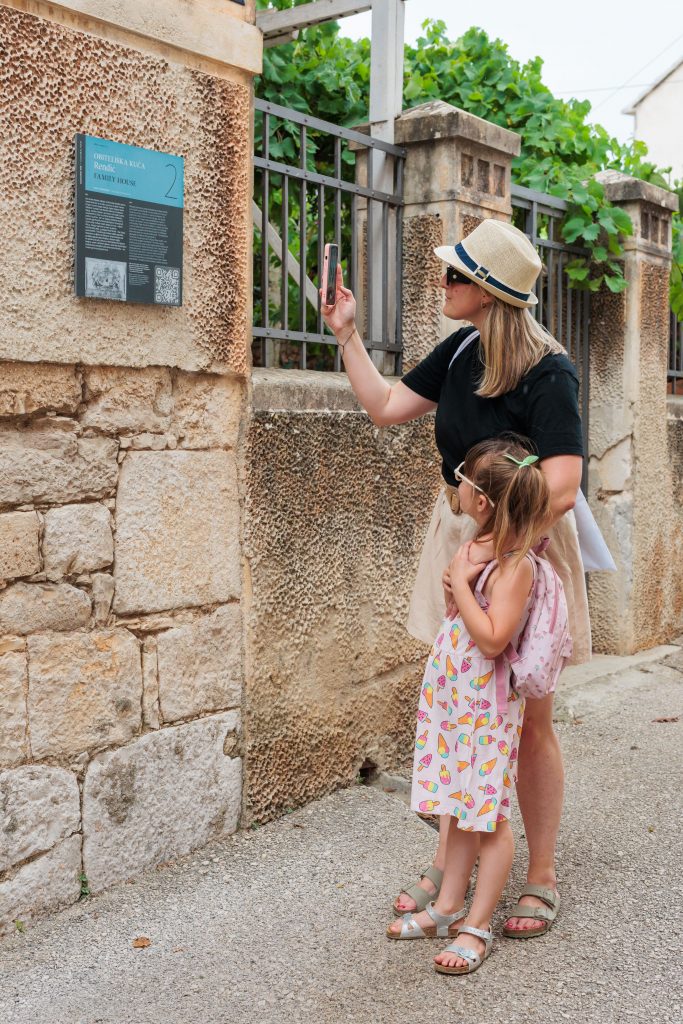
The sculptor who refused to be forgotten - Supetar is the home of one great artist, hedonist, joker, and carnival lover... you guessed it, it’s the iconic Ivan Rendić, who, according to his namesake (who was also a virtuoso in the sculpting world), Ivan Meštrović, incited a real thirst for sculpting among local artists. The Supetar Tourist Board and the National Library of Supetar decided to honour the unforgettable Ivan Rendić and his greatness in the way he deserved. They designed and marked out a thematic trail called “A Cultural Walk with Rendić”.
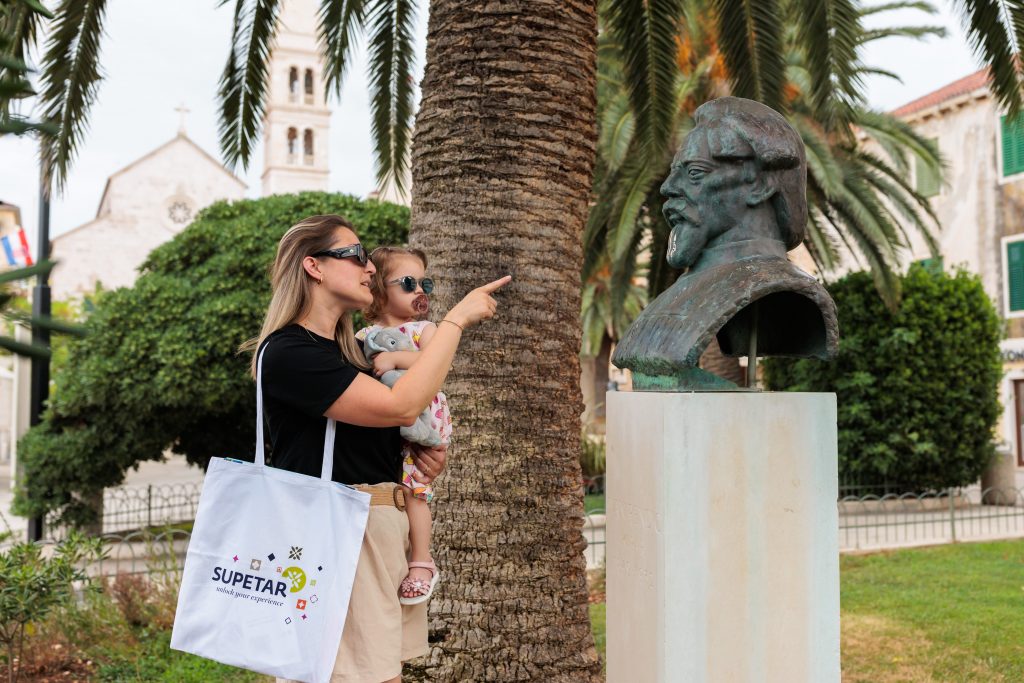
The trail highlights significant points in Rendić's life, which are uncannily and rather incredibly synchronous with the important points of this town itself. Along this line, it’s enough to mention the area of Vrdolac in the immediate vicinity of the sculptor's house, which, along with Glavica and Varoš, forms Supetar lifeblood. It’s where life for this town once began and from where it eventually descended down towards the shoreline.
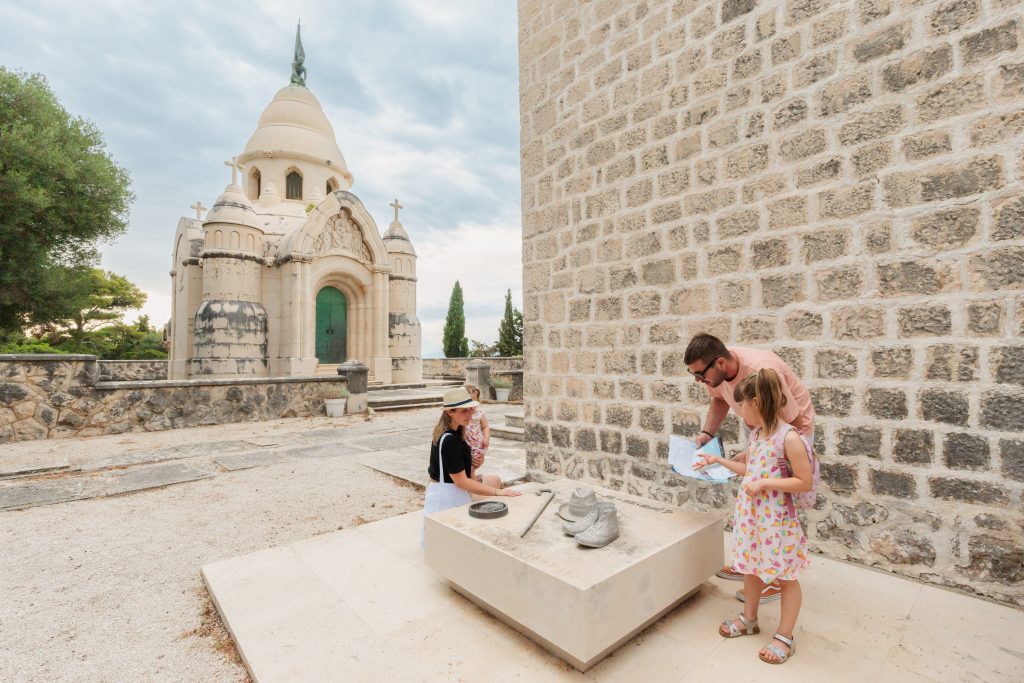
Gustirne played a particularly important role in the sculptor's upbringing, as well as in the life of Supetar. We can reach them by taking a leisurely stroll as part of this themed trail - Gustirne are old wells in which rainwater from the nearby drip tray accumulated, and this way of collecting water was once Supetar’s way of life. It’s the place where all of the town’s secrets and gossip were discussed, as well as where various goods and dishes were washed. This water was warmed up and then used for everyday life.

We particularly enjoyed the crescendo of this walk, and we have no doubt at all that the sculptor himself - a proven slapstick master - would have equally liked it.
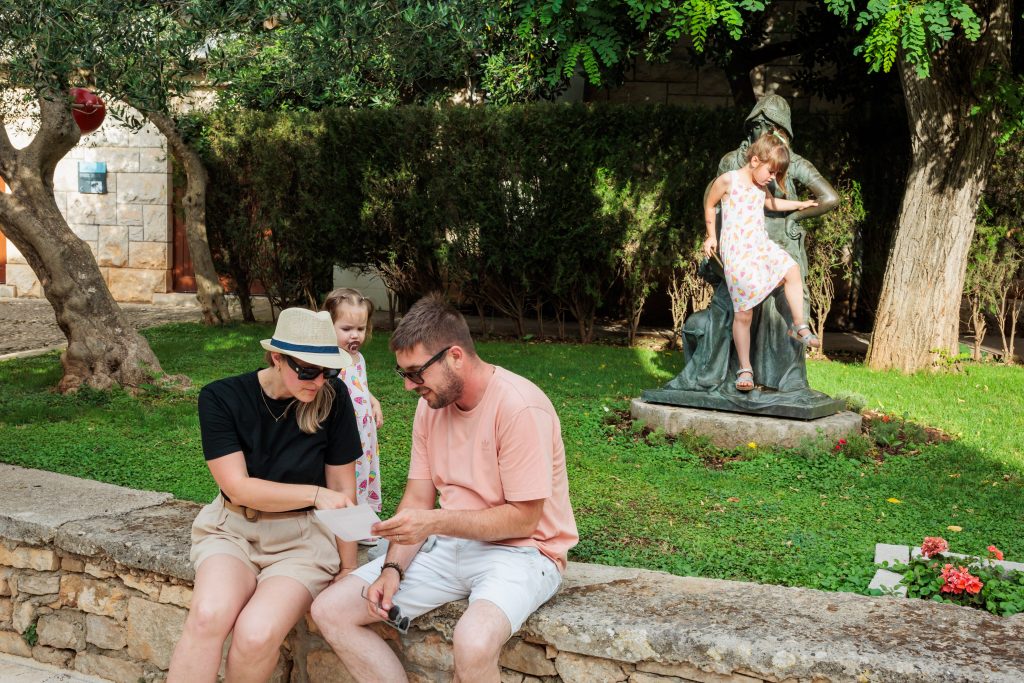
With the help of AI (in this case we’re talking about augmented reality), the sculptor himself appears on the screen of the device, instructing the user to wander through Supetar’s cemetery, which is full of his beautiful monuments. As he directs you to the cemetery, he’ll use his legendary sentence: "Where’s Rendić?", before he appears at his very own final resting place there.


Maybe the real Ivan Rendić would be surprised by modern technology for a brief moment, but that would soon be overtaken by his amusement that, just like some sort of witty trick that he was prone to during his life, he’d managed to come to life on the screen of your phone. Naturally, he secured a place in the hearts of his fellow citizens a very long time ago.
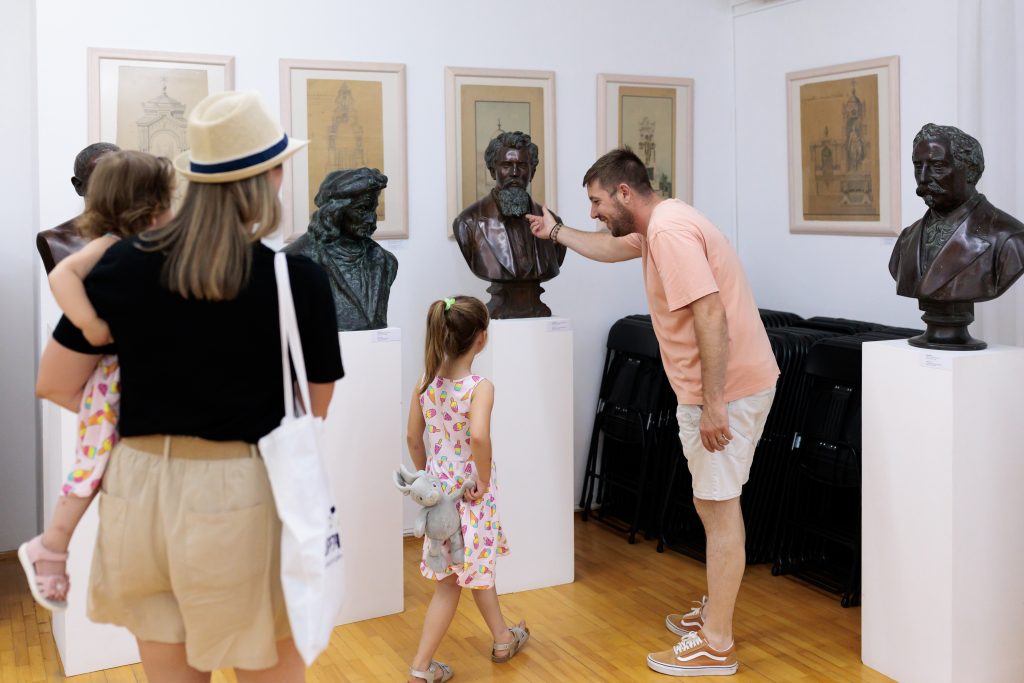
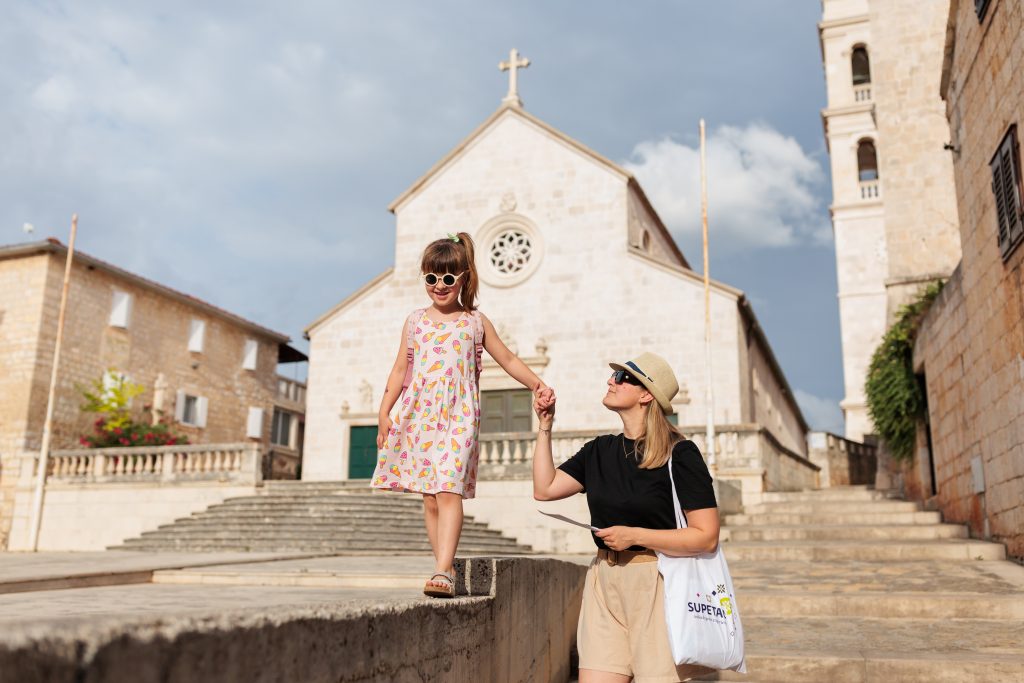
A place that abounds in poetic beauty - You know what they say - that you should leave the best till last. We’ve done precisely that. Last but by no means least, we’ll take the path that leads us through a quaint village occupied by olive growers and farmers. Although the name Mirca comes from the Latin word murus (wall), its association in the modern day for most is with exactly what this area abounds in, and in truly incredible quantities - idyllic peace.
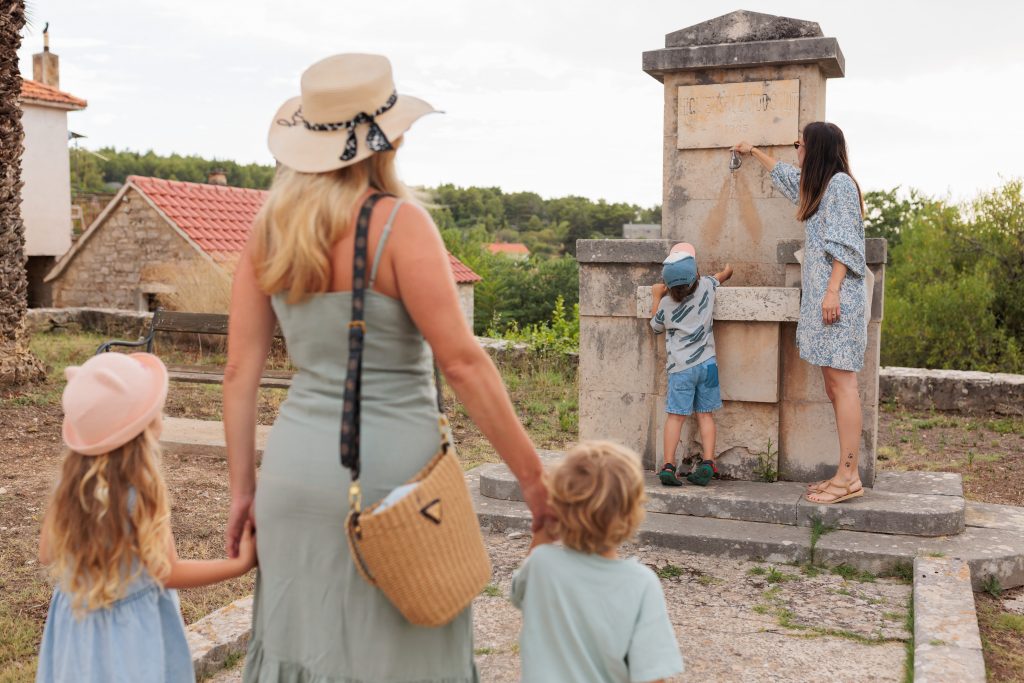
"Peace enters me, because this is a suburb of silence..." - penned the great Tin Ujević back in 1929. His own heritage hailed from the island of Brač on his mother's side. His literary work entitled "Discovering Mirca" was the foundation and basis for designing this thematic walking trail, and the Supetar Tourist Board’s wish for this particular path was for everyone who takes it to learn about Mirca’s interesting history along with a pleasant walk.

We’ll be more than glad to follow the approximately five-kilometre-long trail and learn more thanks to the seventeen information boards which tell us more about Mirca’s history, cultural sights and interesting scenes from the long life of this beautiful place, all while admiring its insurmountable poetic beauty. Mirca’s characteristic Dalmatian construction of old stone houses in Mutne kale, the beautiful and ancient dry-stone walls and mulberry trees are all a joy for the eyes. To be frank, the only negative is that it might make you regret not coming back in spring, when (believe it or not) Mirca takes on even more of a gorgeous look with its colourful almond blossoms.
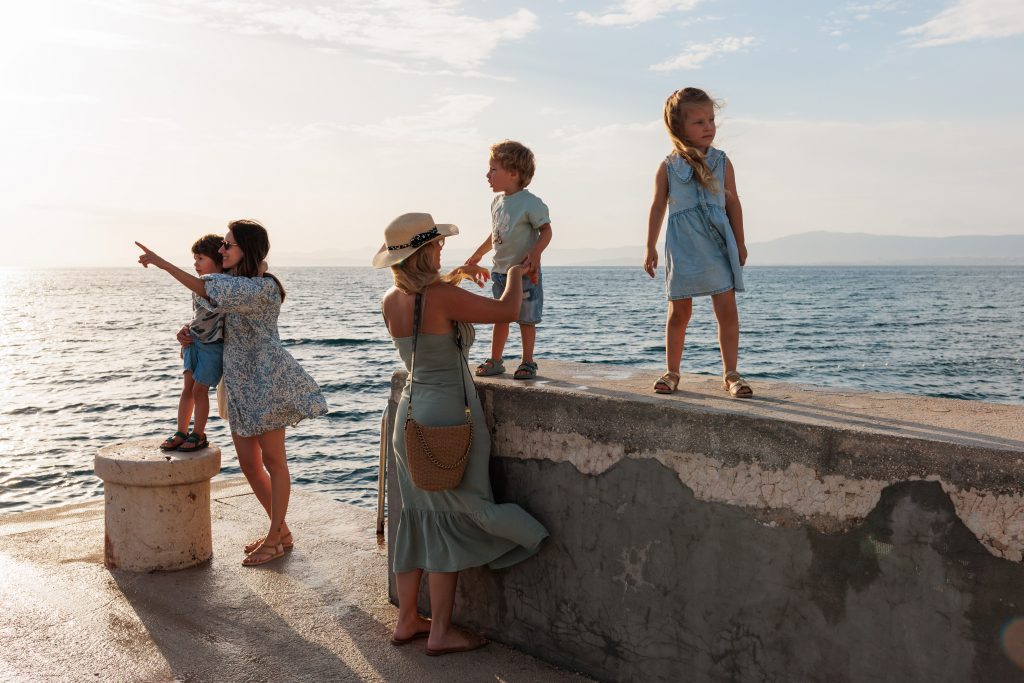
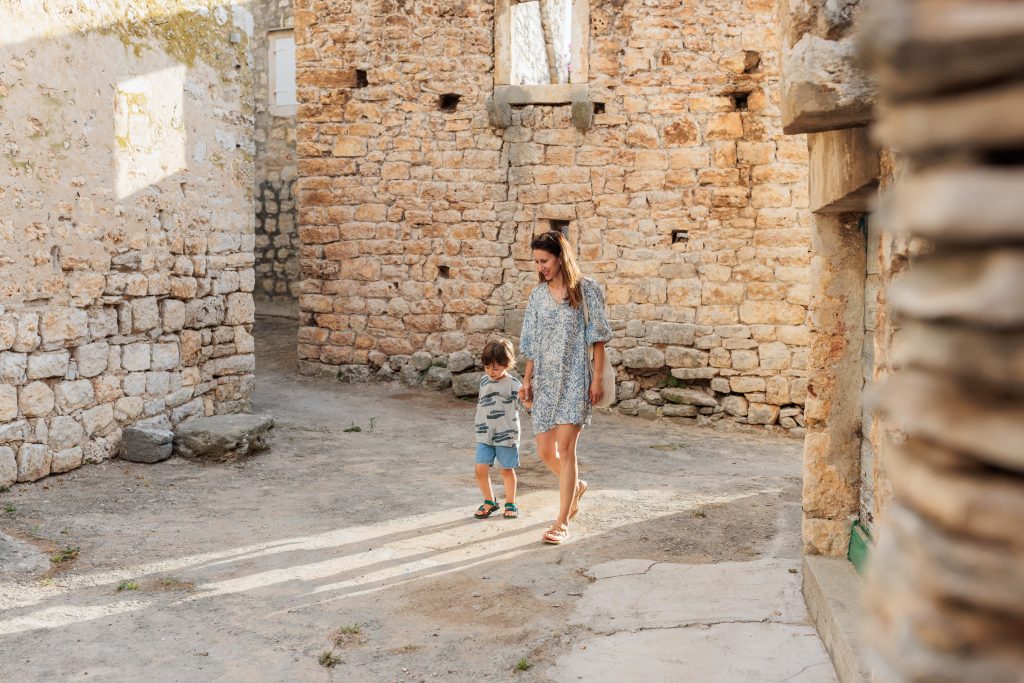
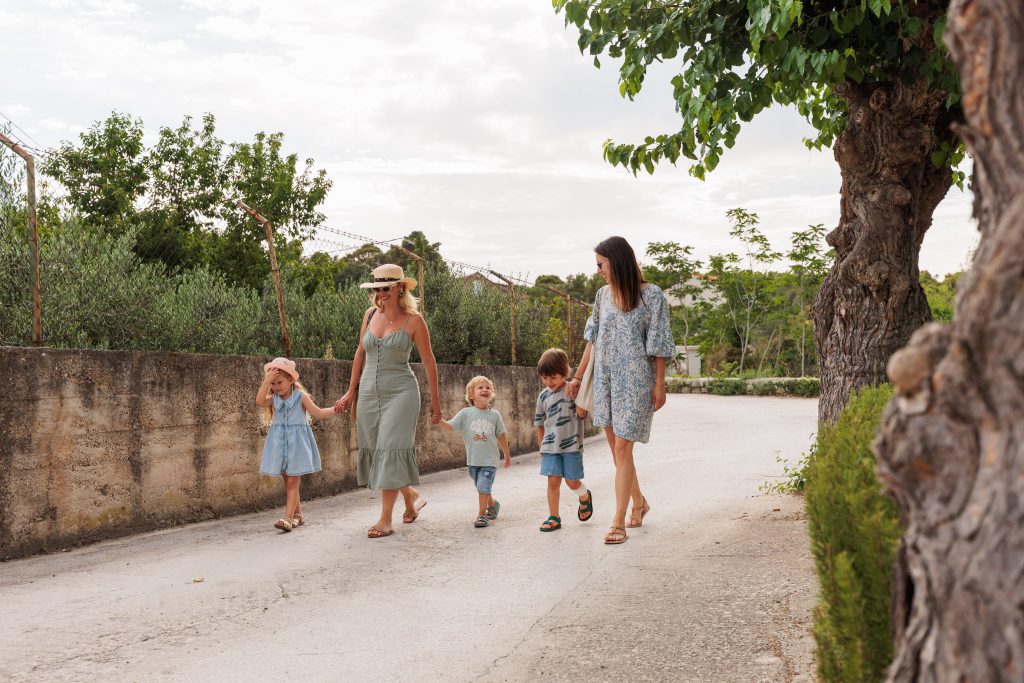
On this occasion, it’s important to understand one thing and one thing only - Supetar has scheduled a rendezvous for us with the beauty that has inspired artists, and we, falling in love again and again, will never refuse to take it up on the offer!
More: www.supetar.hr
Photo: TB Supetar, Marko Lorenzo Blaslov
The allure of Omiš - What not to miss when visiting the town on the Cetina river!
Let the sun rise over the Fortica fortress and set again on the Mirabela fortress - the former
pirate lookouts, and make sure to snap some enviably beautiful photos for your social media
feed!
Treat your palate to some local delights such as soparnik – a delicious dish made from
Swiss chard, white and red onions and of course - locally made olive oil.
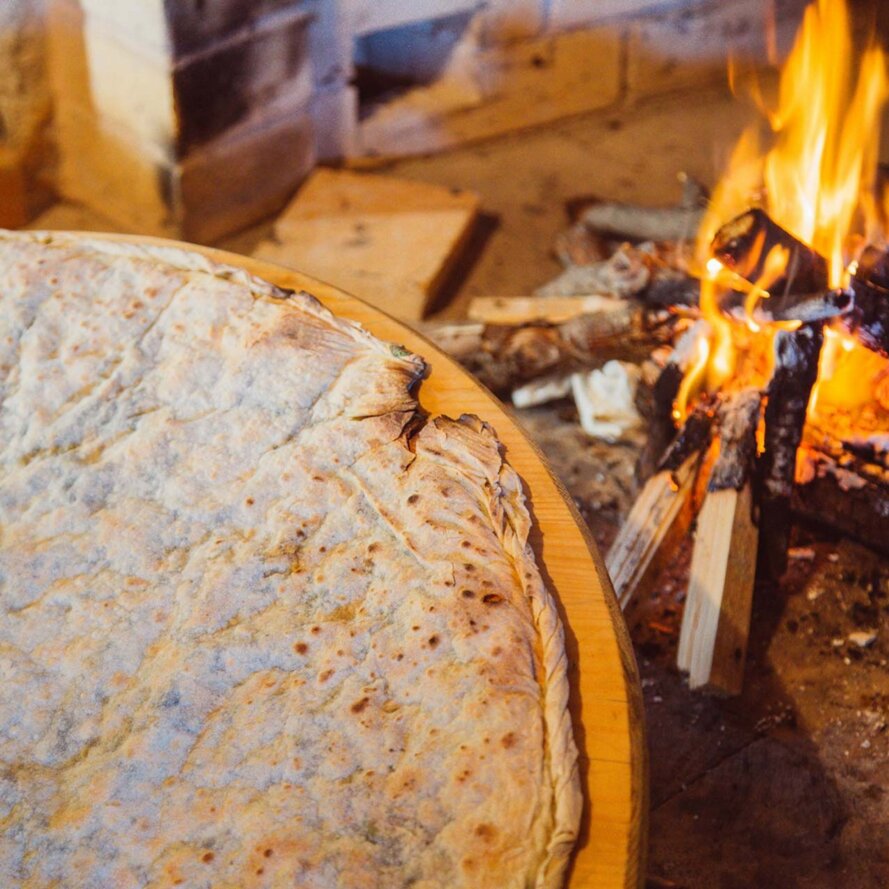

When your stomach is not only satisfied but also invigorated by this once rather heavy meal, which has now become a real gastronomic brand of this part of Dalmati, head to the canyon of the emerald green Cetina river - there you can walk, hike, run, climb, or enjoy some rafting, canoeing, and if you’re feeling brave, even try out the king of all adrenaline activities - the zip line.
Don’t forget to pay a visit to the nearby Radman mills, near which there is a hidden river
island better known as the island of love.
When you decide you’re getting a bit too hot, you can easily refresh yourself wonderfully by swimming in the stunning Cetina river, and if you prefer to explore the depths of the sea, dive into Vruja bay, which delights both professional divers and beginners alike.
If you’d prefer to stick to dry land, try your hand at a real competition - join in on one of the
Dalmatian trail leagues - ImberTrek or Mosor Grebbening and the Dalmacija Ultra Trail.
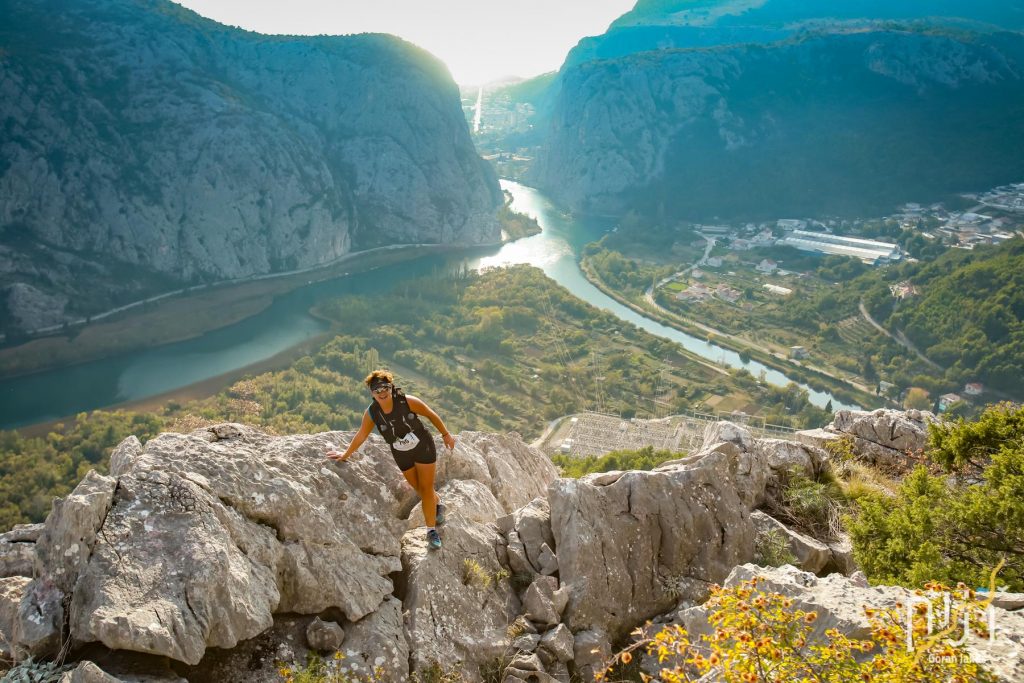
We do need to mention that you can't even say you've been to Croatia’s well known pirate
town without visiting at least one of the fishermans’ nights and at least one destination along
the beautiful Omiš Riviera (Stanići, Lokva, Mimice, Medići, Pisak…) You also need to listen
to at least one Dalmatian klapa music performance live. If you do decide to follow our
instructions, you’ll feel like a local from Omiš in no time.
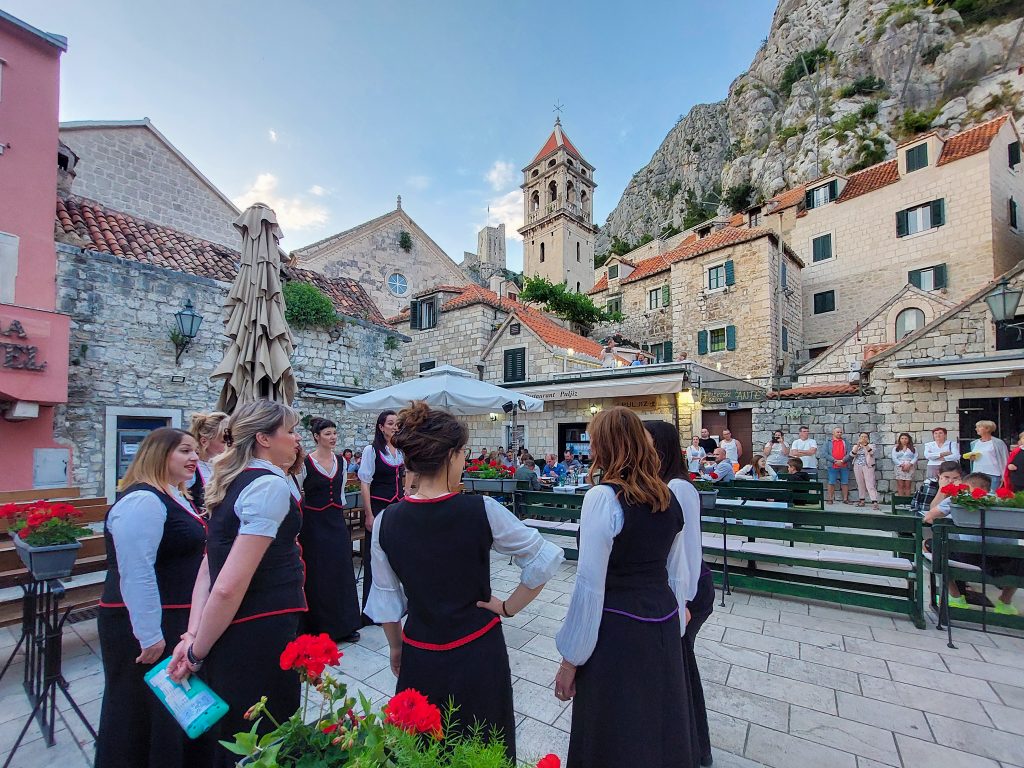
More: visitomis.hr
Follow the direction of an amazing island experience - VIA BRATTIA is waiting for you!
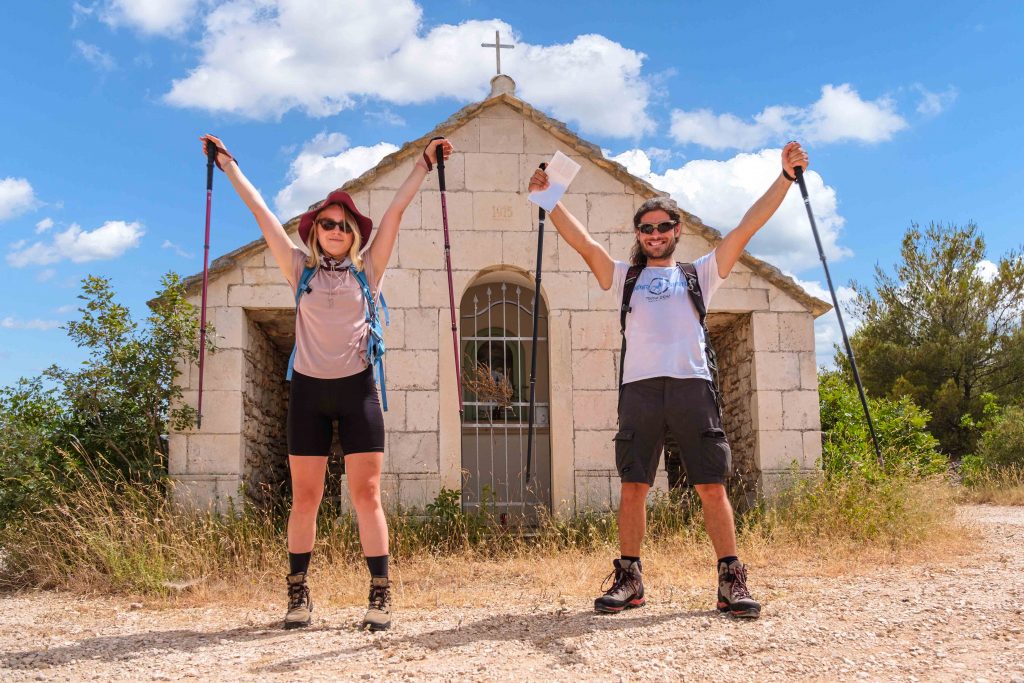
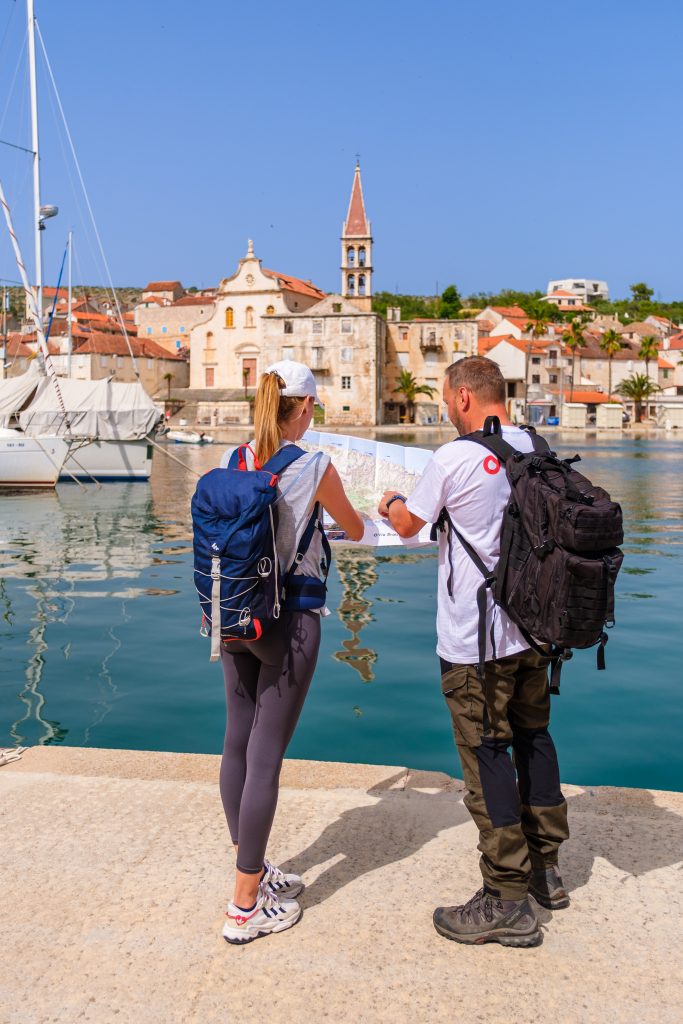
Despite the fact that it took a while as it was very carefully prepared, VIA BRATTIA, the circular tourist hiking trail of the island of Brač, has finally sprung into life and has opened up this island's sheer beauty to lovers of active holidays, as well as to those who plan to join that group of tourists.
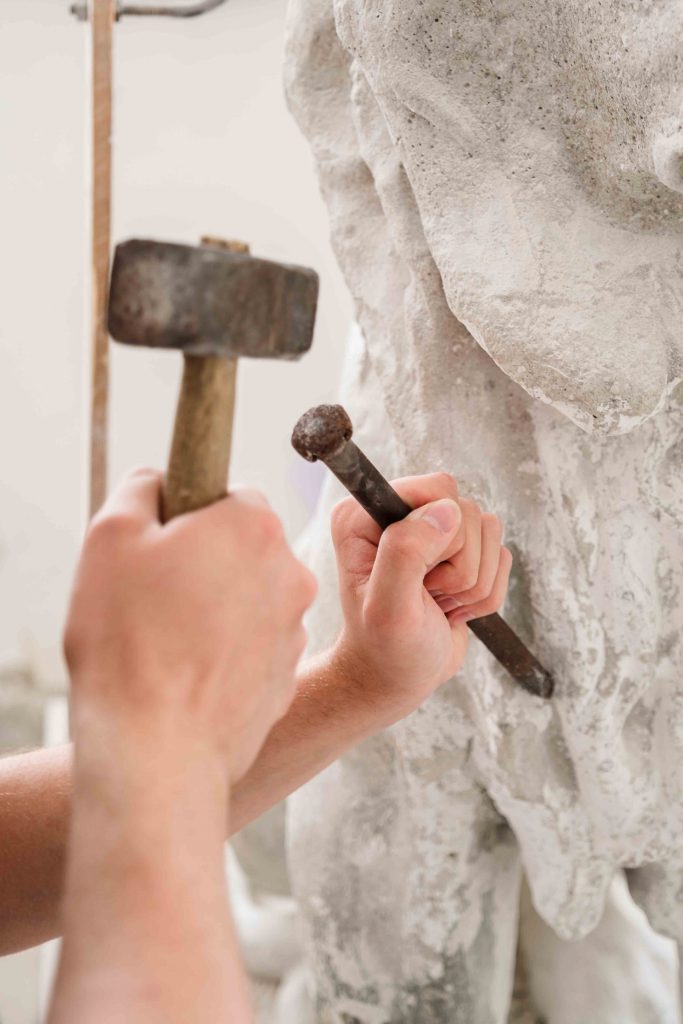
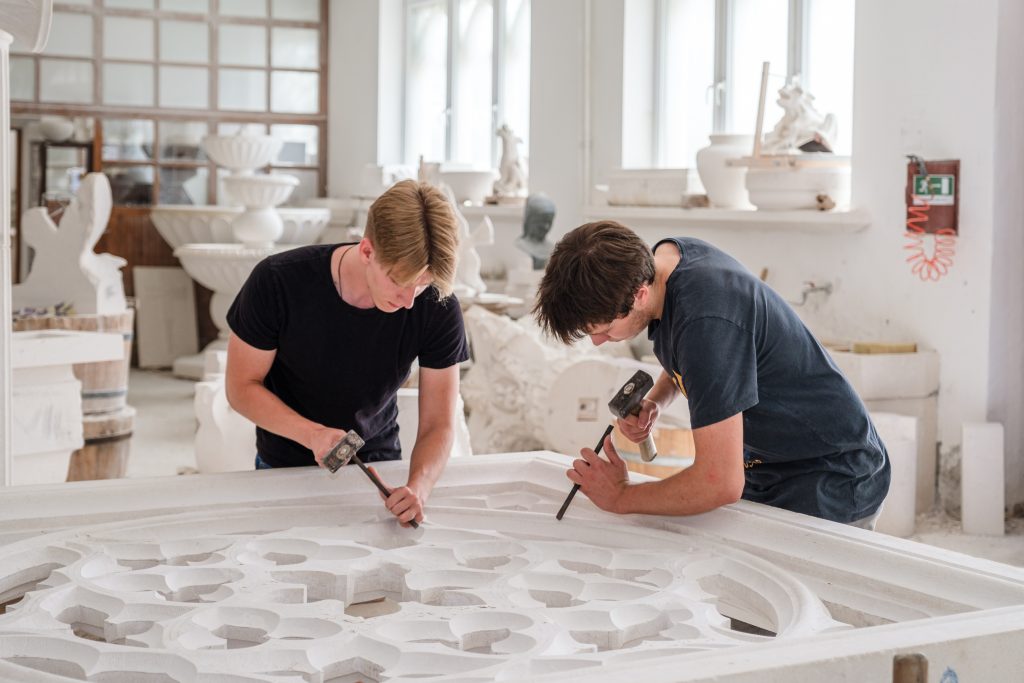
Following two long years of joint work of all of Brač’s tourist boards together, the municipalities of Nerežišća and Pučišća, the Profunda Mountaineering Association, and with the co-financing of the Split-Dalmatia County Tourist Board, a new tourist attraction has been ‘’born’’ which will experience the most traffic during the pre- and post-season.
VIA BRATTIA, which is a massive 140 kilometres in length, has connected the whole island, its many exceptional locations, and a large number of small towns and local attractions.
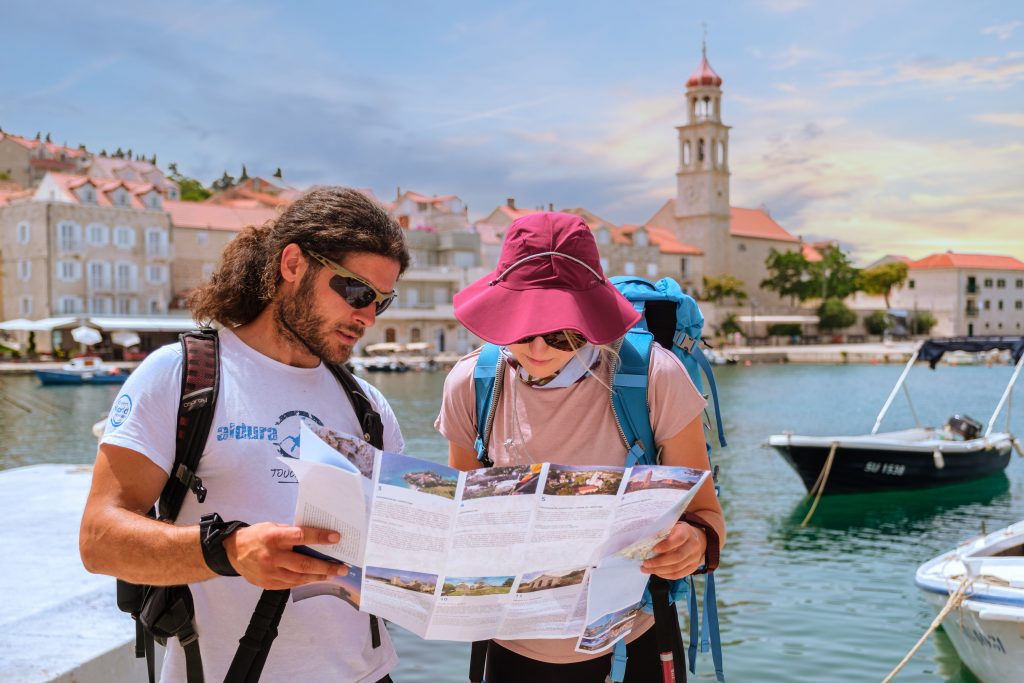
The trail is intended for lovers of hiking, running, nature walks, mountain biking, it is suitable for recreationists and amateurs, but also for all those who want to get to know Brač and its unusual, stunning beauty in a slightly different way. The trail has clearly marked trails in both directions, and you can jump in and take the trail of your desire at any point.
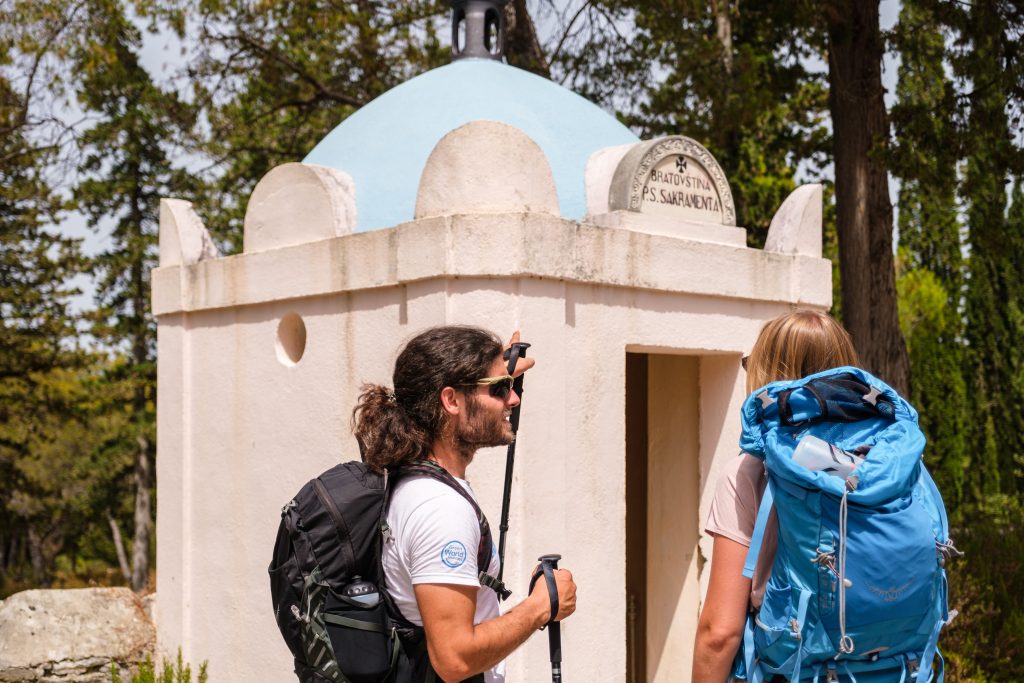
You will be guided to all of the locations by a map and blue and white markers, and you’ll be able celebrate getting through each section with a stamp. With stamps attesting to your success, the end of the road will create a real picture, the coat of arms of the island of Brač, and in it the figure of St. George, the patron saint of this island in the scene of the slaying of the dragon.


VIA BRATTIA tells the truly amazing story of the island of Brač. It starts in Supetar, where you can walk through the streets where the famous sculptor Ivan Rendić, the father of modern Croatian sculpture, used to walk. With the help of a guide, you can start Rendić's tour and find out a lot about his works, but also about the attractions of Supetar, Leroj, the old cisterns, and how life functioned in a small Mediterranean town.


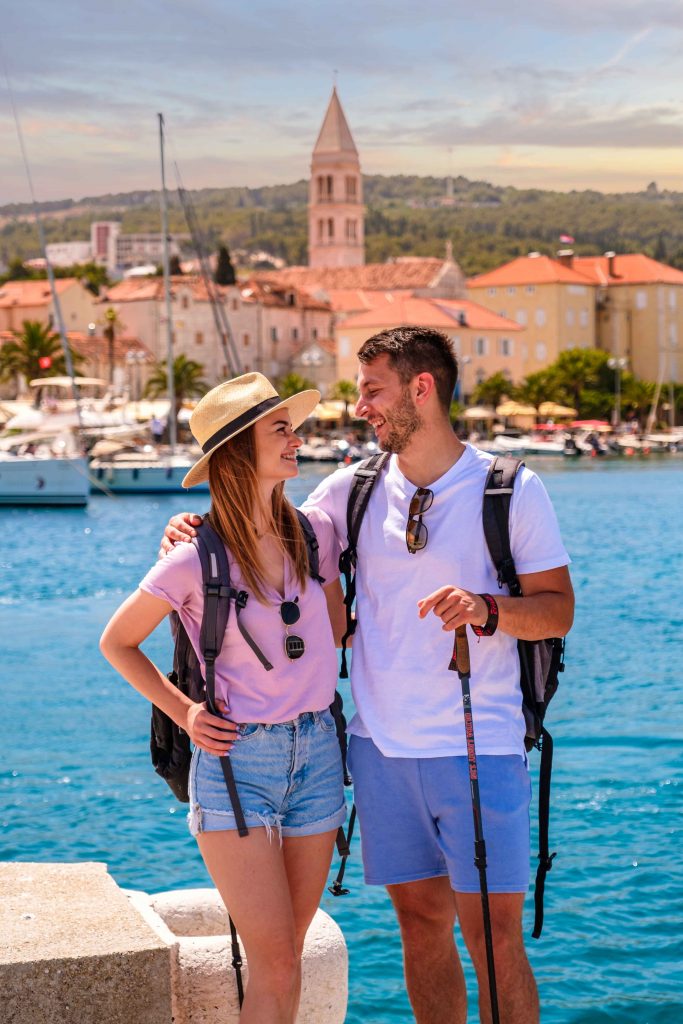
From Supetar you can then head to Mirca, and on the way you can stop in Sutivan, where you can relax in the Lemon Garden heritage hotel, or in many of the small apartments rented out as family accommodation. Then you’ll visit the catacombs, some of the few still in use today. Renting a bike and heading out on one of the island’s very many bike tours is also a top recommendation.

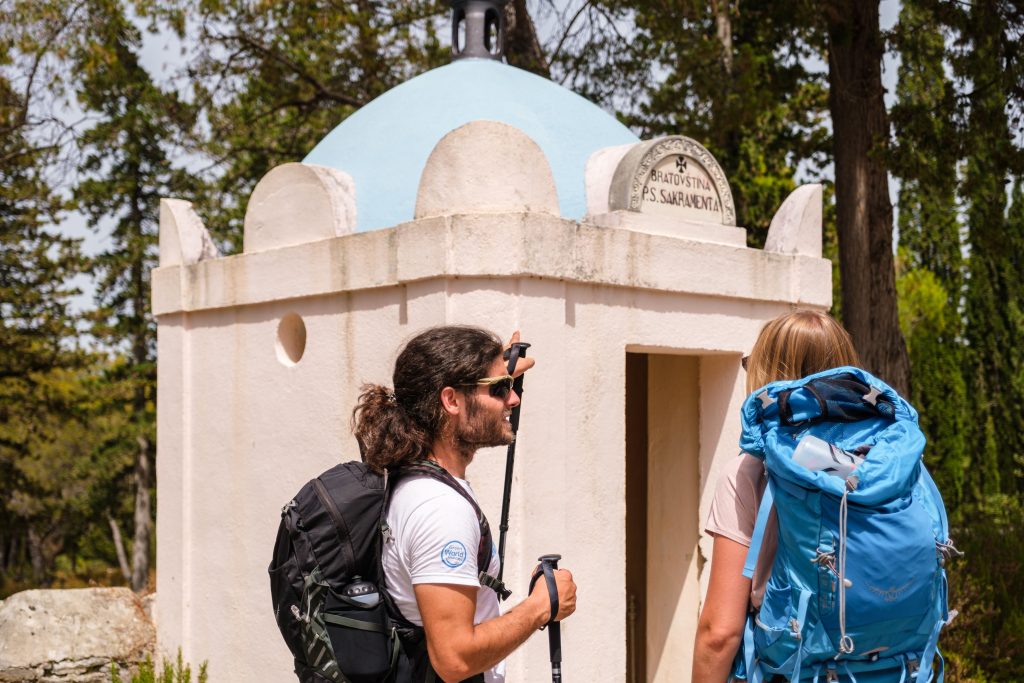
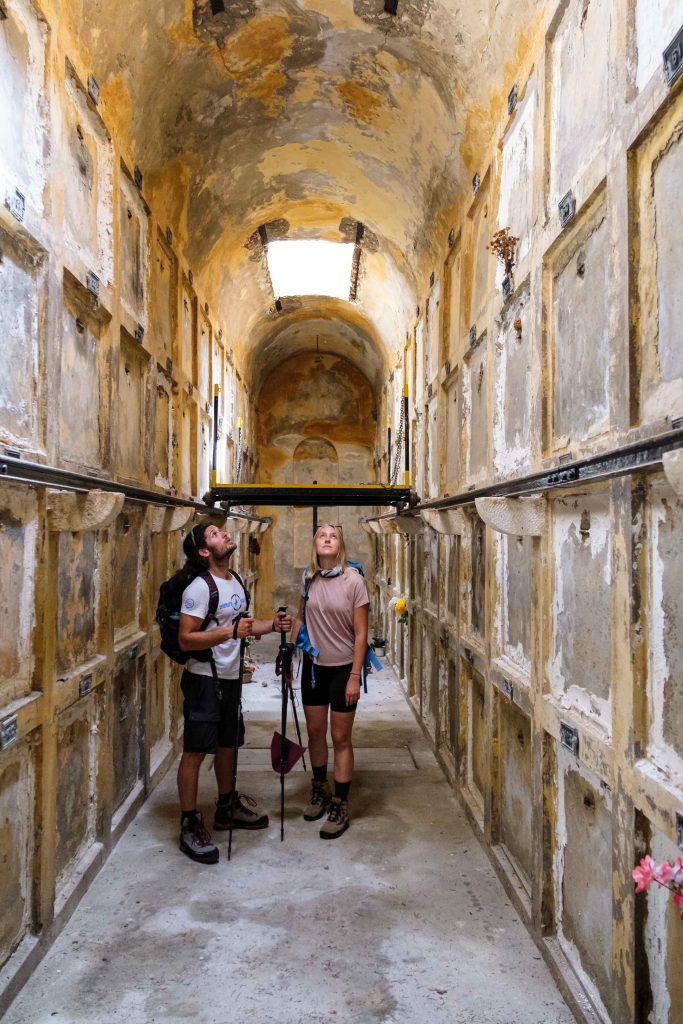
You can also cycle west in the direction of Bobovišća before descending to the sea where you will see an old fortress located on the very waterfront.

But that’s not the only story to be told by this small place. Vladimir Nazor spent his childhood and youth in Bobovšića, and his family house is still there, as is the symbolic tower he built. Next to it lies another, the Three Sisters, with three columns, built by Nazor back in 1937. On its pillars it bears three engraved letters I, O and A, the initials of the names of the sisters Irma, Olga and Amalia. Nazor cared for them throughout his entire life.
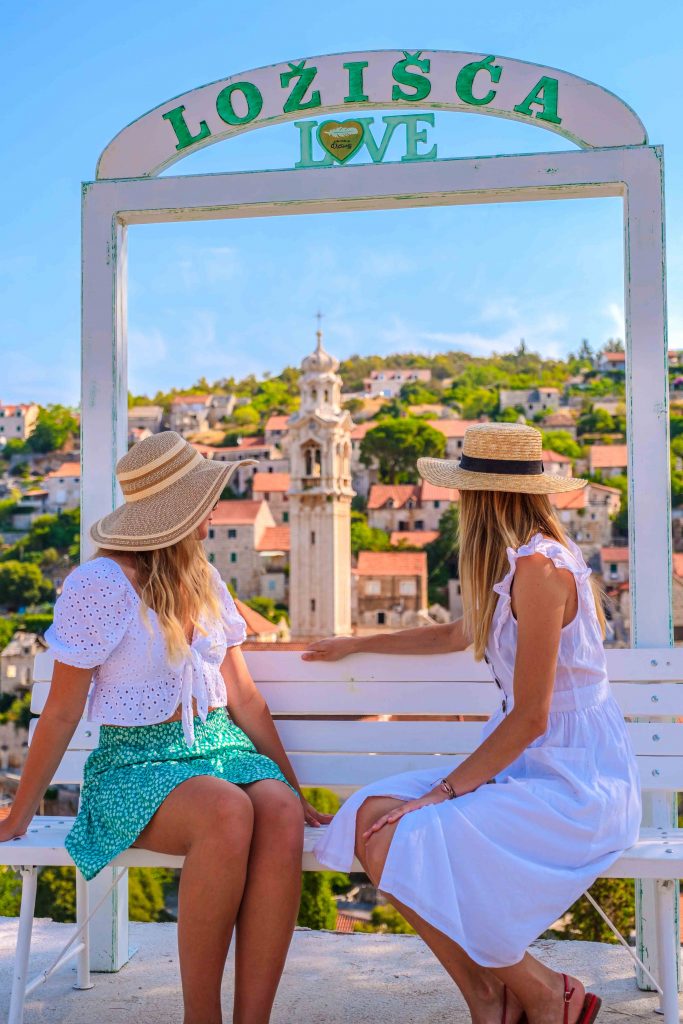
The next station is Ložišća, which many call one of the most autochthonous places on the island of Brač, best known for its stunning artistic work, the church bell tower made according to Rendić's designs, and lace carved in stone.
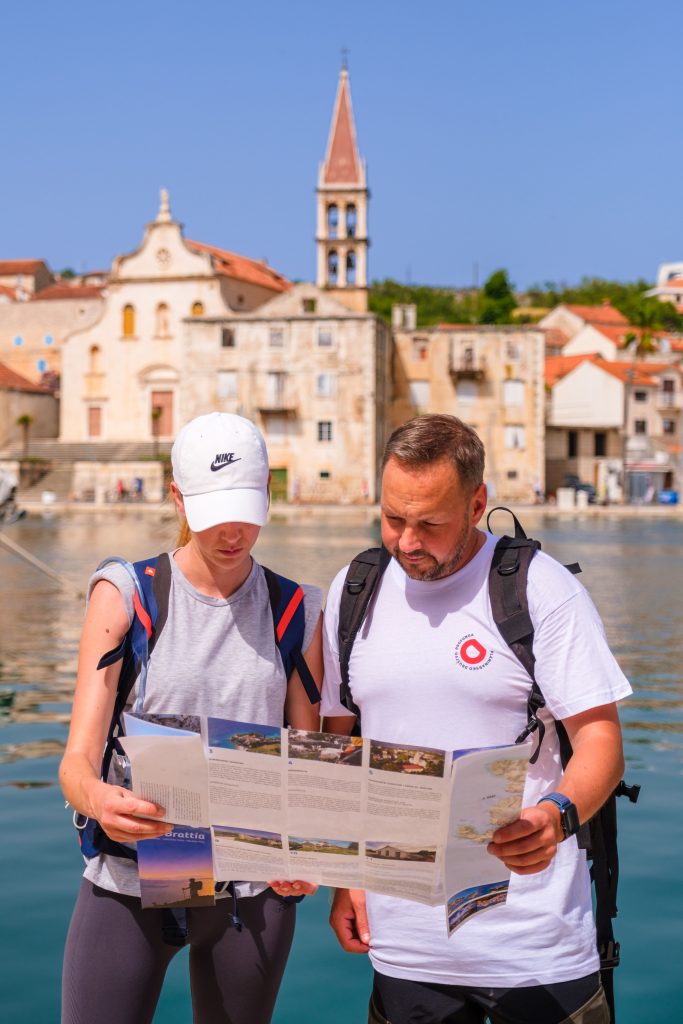
It is interesting how in the introductory part of the anthology series Naše malo misto (Our little place) by Miljenko Smoje, this very beautiful bell tower is shown. After that, it’s time to head down to Milna, a safe harbour for boaters, and a place completely facing the sea. Rade Harašić used to live here, a Milna native from whom Miljenko Smoje created poet Servantes’ character from the aforementioned Croatian cult series. Harašić's collection of paintings is still housed in Milna to this day.
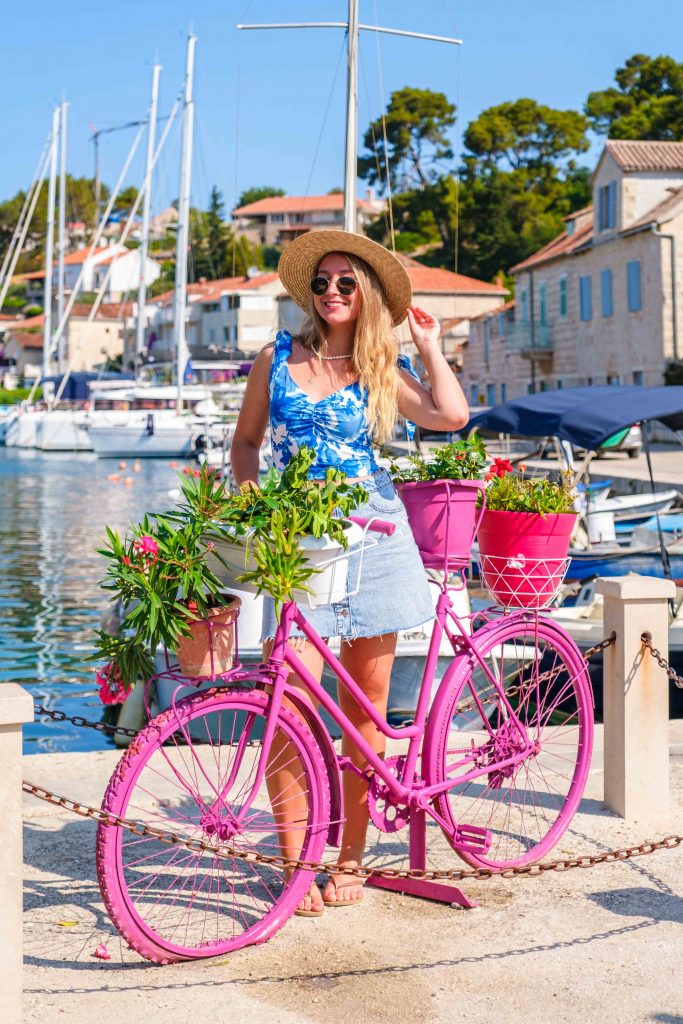
Where you’re about to head off to now is one of the biggest attractions on all of Brač, through the hidden, turquoise bays of the southwest coast of Brač you will reach the Blaca Hermitage.

It is a monastery from back in the 16th century, founded by Glagolitic priests. You can only reach it on foot, so make sure to choose the time of day you take on the challenge carefully and be sure to bring plenty of water with you in the summer heat. Get ready for the goat trails, and the amazing views that await you at the end of this journey.

After that, you can head east, across the bay of Farska and to the town of Murvica where there are three excellent beaches.
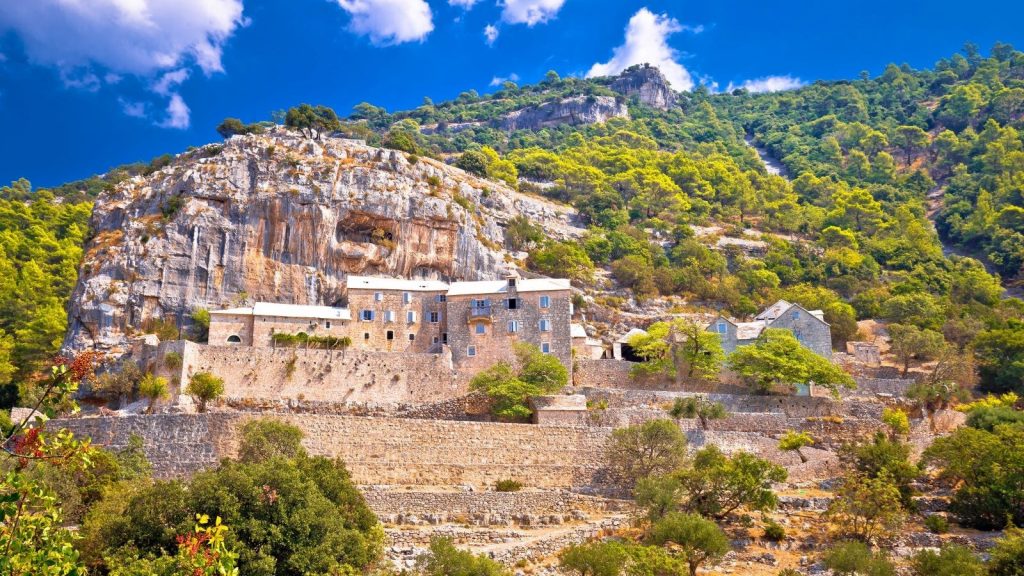
Just above Murvica lies the Dragon’s cave, at 200 metres above sea level, which for centuries served as a sanctuary of the Poljica Glagolitic Catholics. They continued to live in it as hermit monks, and today, this astonishing cave is a top cultural location that you simply must see when visiting the island.
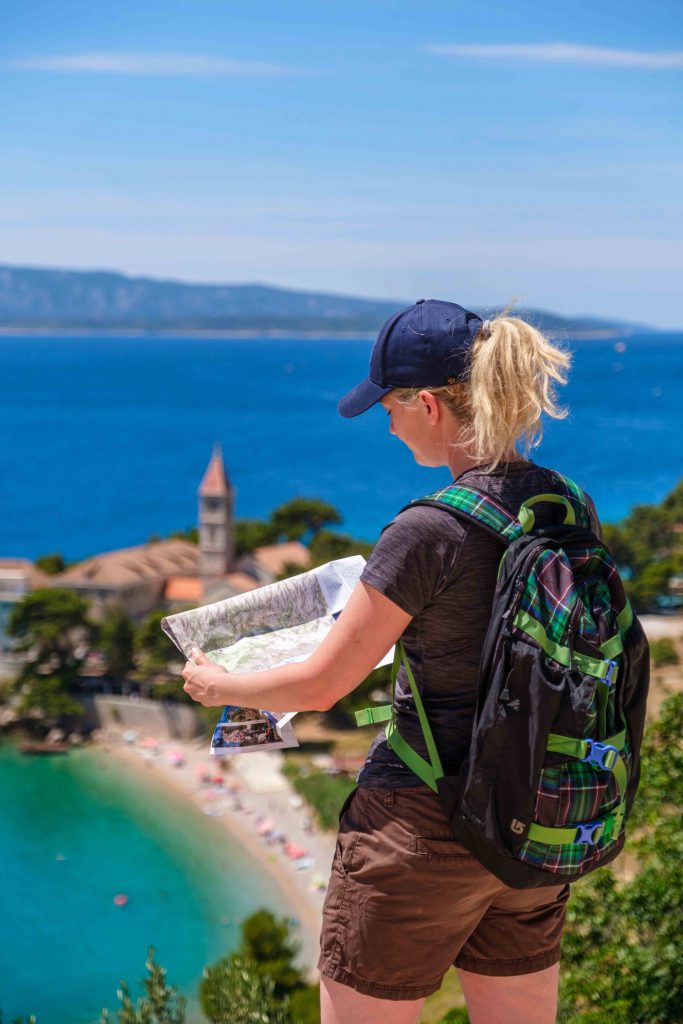
Then comes Bol and its trademark, one of the most beautiful beaches in the world, Zlatni rat (Golden horn), with its crystal clear sea and smooth white pebbles. When spending time in Bol, make sure to visit the Dominican monastery which is home to a library with rare copies of books.

There is also a recently reopened and renovated museum that houses a collection of incunabulum, church vestments and other interesting items. On the altar of the monastery church is the famous Tintoretto's fallen Virgin Mary holding a child which is from the 16th century, another amazing attraction from this part of the island.
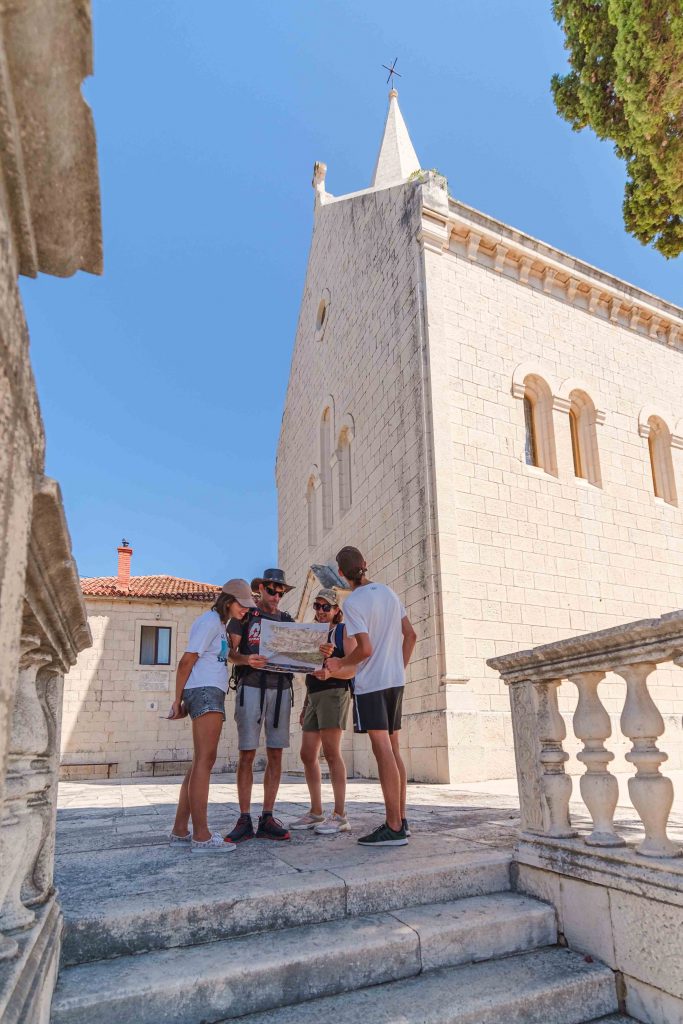
Following Bol, you can ascend once again, high up into the hills in Podsmrčevik, to one of the five peasant hamlets with small stone houses, a monument and a symbol of the island’s former pastoral life.
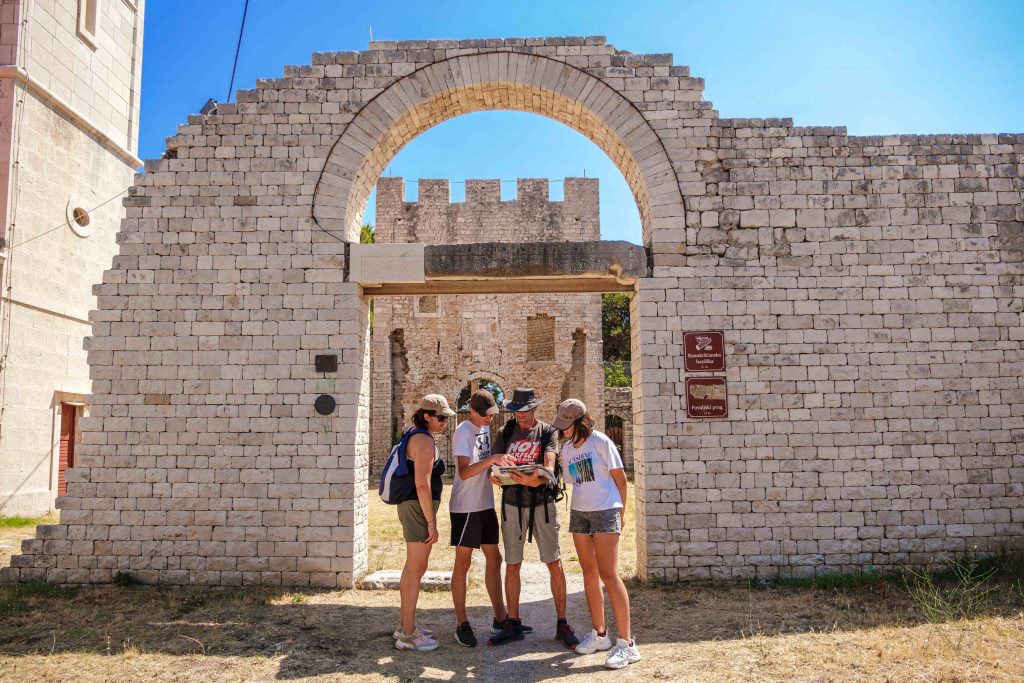
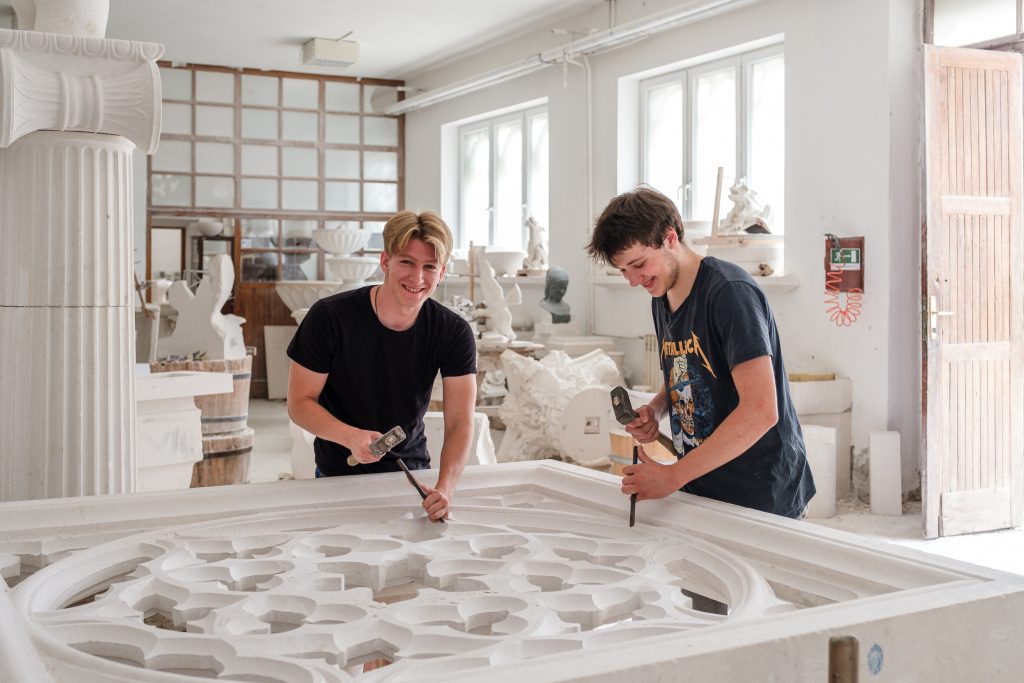
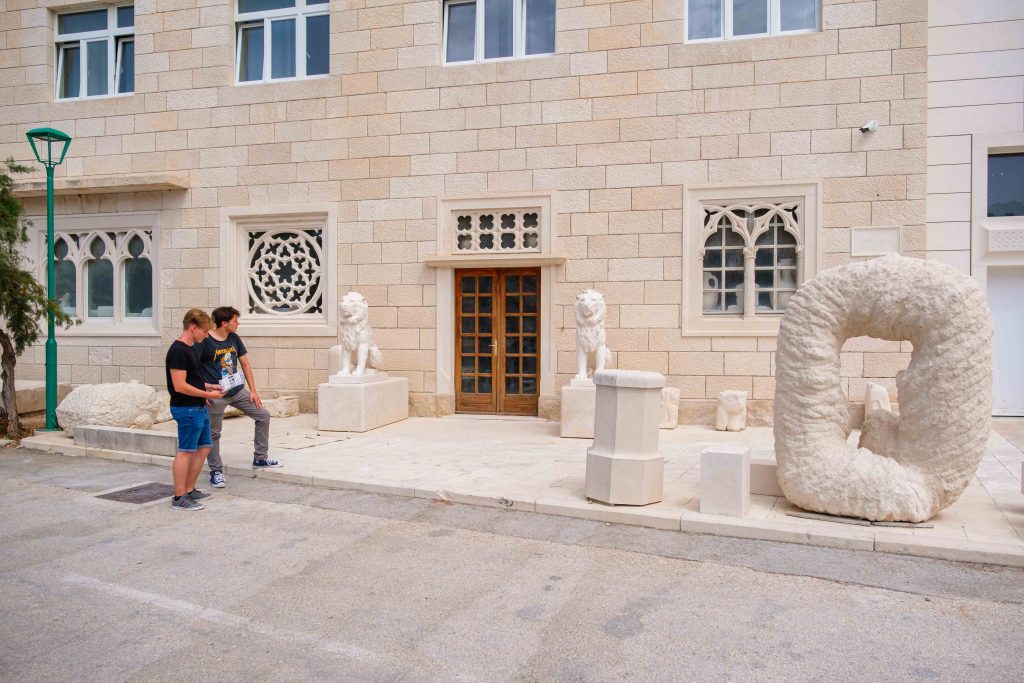
From the hamlet you’ll then descend to the stone white village of Selca, where you can visit the beautiful cathedral on the square, as well as the famous busts and monuments dedicated to many famous people by the diligent stonemasons who come from this area.
From there, you can head down to the shoreline once again, more precisely to Sumartin, where you can visit the Franciscan monastery best known thanks to the poet and Franciscan Andrija Kačić-Miošić. Enjoy a refreshing swim in gorgeous Rasotica bay, then head to Povlja and visit the early Christian basilica located next to the parish church. Then comes the time to visit the famous Pučišća and the stonemasonry school, as well as the beautiful sandy bay of Lovrečina and the remains of the Basilica of St. Lawrence.
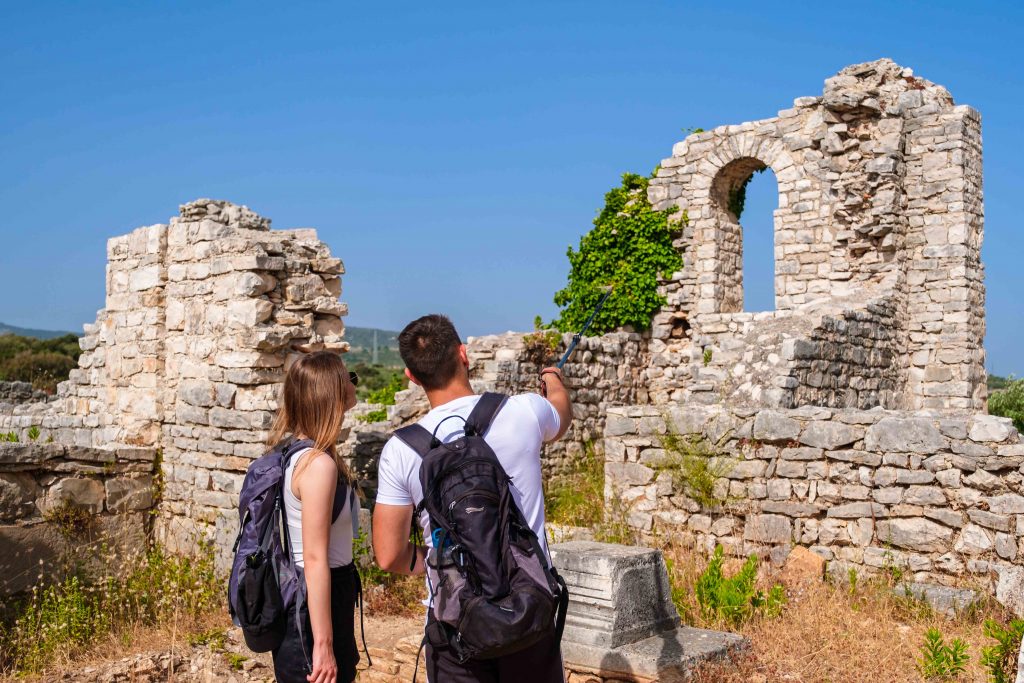
the way there lie Postira and the beautiful Villa na Mirju. Next to Postira lies the small town of Dol which has preserved its traditional architecture excellently. Be sure to try out their specialty while you’re there, roasted dormice and the famous hrapoćuša cake, a tasty calorific bomb made from an entire kilo of walnuts and the exact same amount of sugar.
On the way, you will come across a beautiful little place called Škrip which boasts the Museum of the Island of Brač, located in the Radojković tower which dates back to the 16th century. Be sure to stop by the beautiful Uja Museum, followed by a return to your starting point of Supetar.
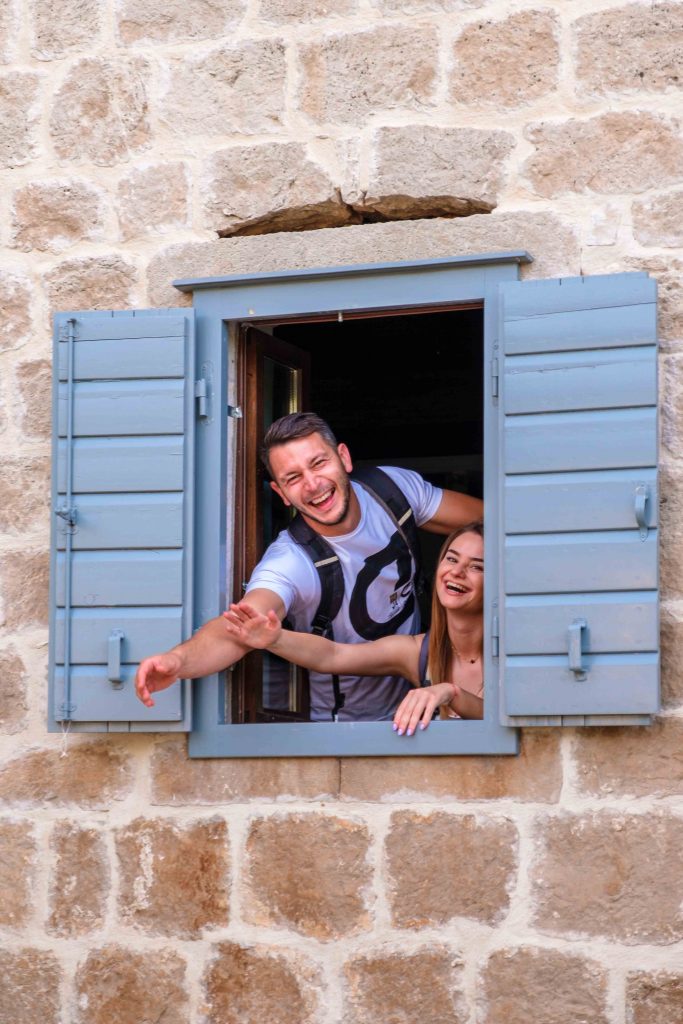
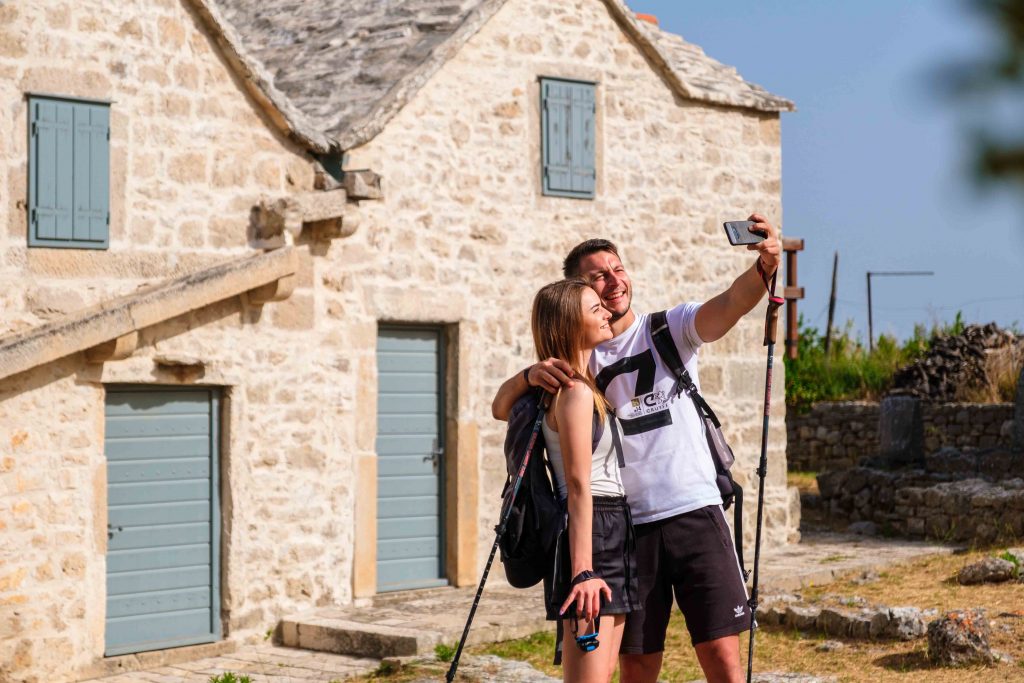
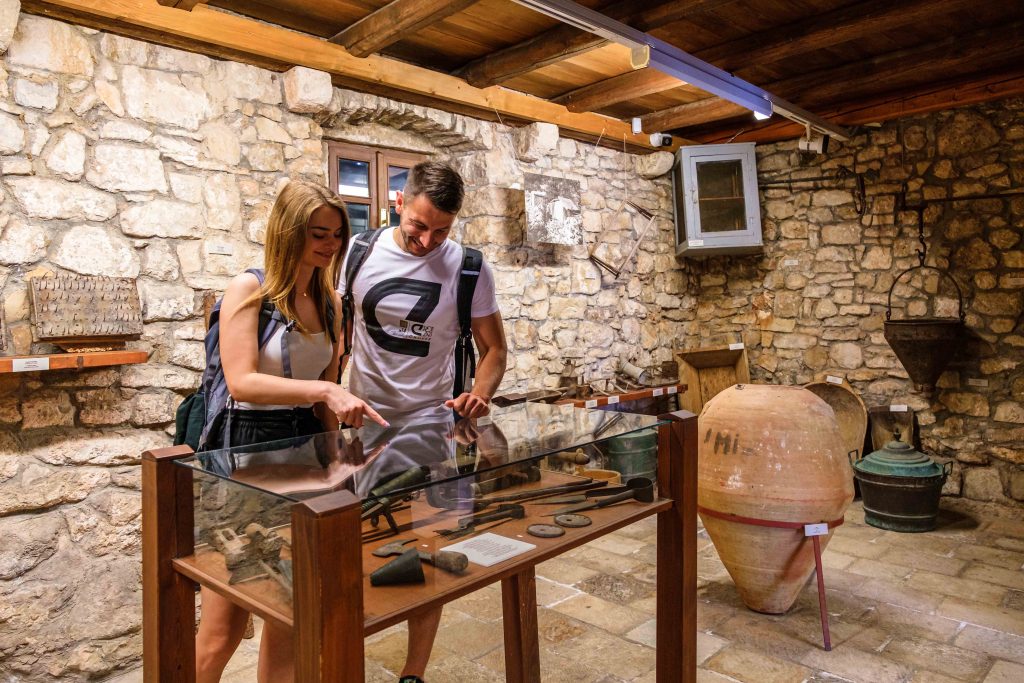
At the end, you will receive 12 stamps, each one representing each of the 12 points from this unique attraction in the Museum of the Blaca Hermitage, the Dragon's cave, the Dominican Monastery in Bol, Podsmrčevik, the Franciscan Monastery in the Church of St. Martin in Sumartin, the Early Christian Basilica in Povlja, the Stonemasonry School in Pučišća the Basilica of St. Lawrence, Vila na Mirju near Postira and the museum of the Island of Brač in Škrip.
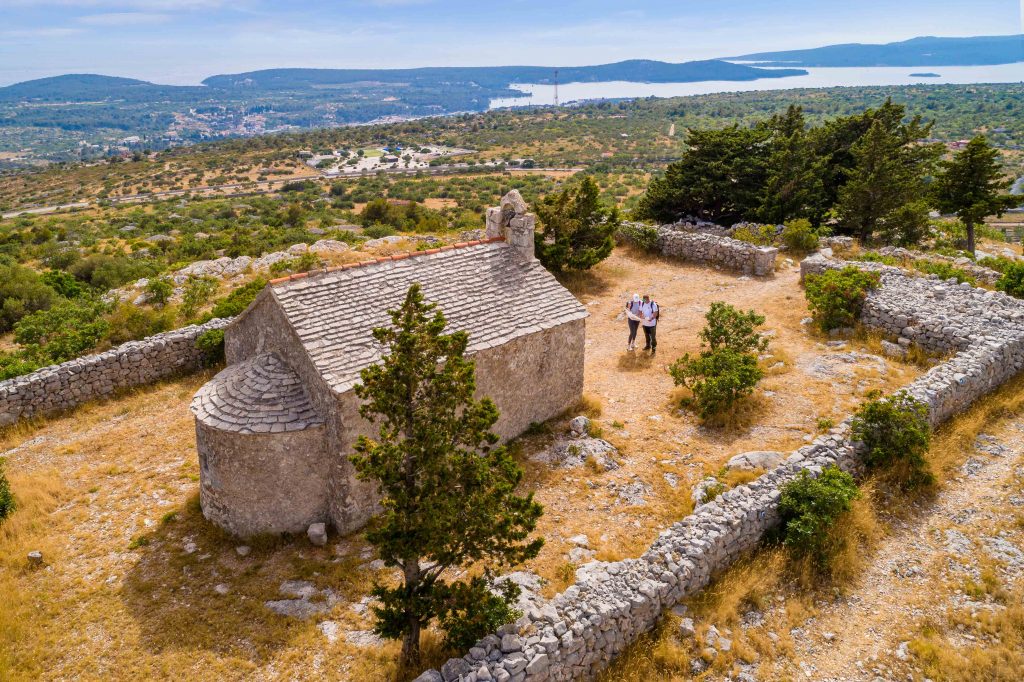
The 11th seal is obtained in the church of St. Spyridon at the crossroads of ancient roads from Sutivan to Mirca, and the last in the church of St. Martin from the location of an extremely important strategic position and view of the sea route through the Split Gate to the Central Dalmatian islands of Hvar, Brac and Solta.
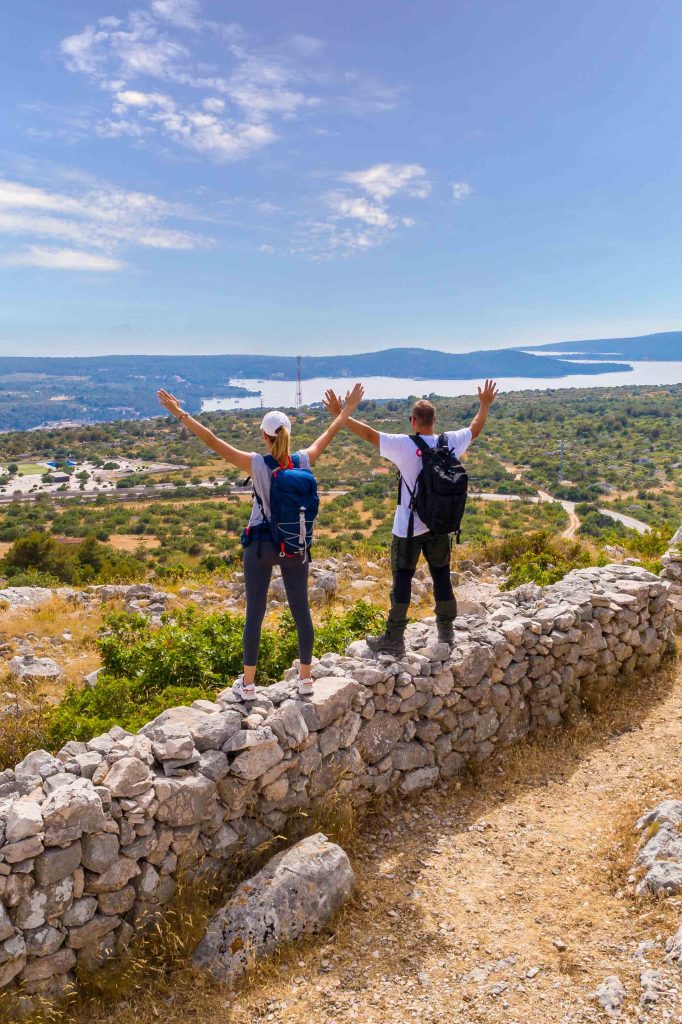
For all those who decide to take this amazing island walk, here are some important tips to be learned. Pedestrian sections would be desirable to do in such a way that sleep is provided in one of the more populated places near the route. The road map provided for the stamps can be downloaded from the Tourist Information Centre of the island, in Supetar, Sutivan, Milna, Bol, Postira, Pučišća, and in Sumartin. The fluid for the stamp should be carried on your person, as should sufficient amounts of water and food, especially in the summer months. And that would be it, VIA BRATTIA is waiting for you, so why not begin by heading in the direction of an amazing island experience?
MORE ABOUT LOCATIONS:
1 – MUSEUM BLACA DESERT

ABOUT LOCATIONS WITH THE STAMPS
1 – Hermitage Blaca Museum
The hermitage (monastery) was founded in the 16th century by the Glagolitic priests who come to Brač fleeding from Poljica before the Turks. Blaca can be reached from many directions, but always exclusively by foot. Blaca are really an exceptional monument of human work, with great historical, economic, artistic and scientific content.
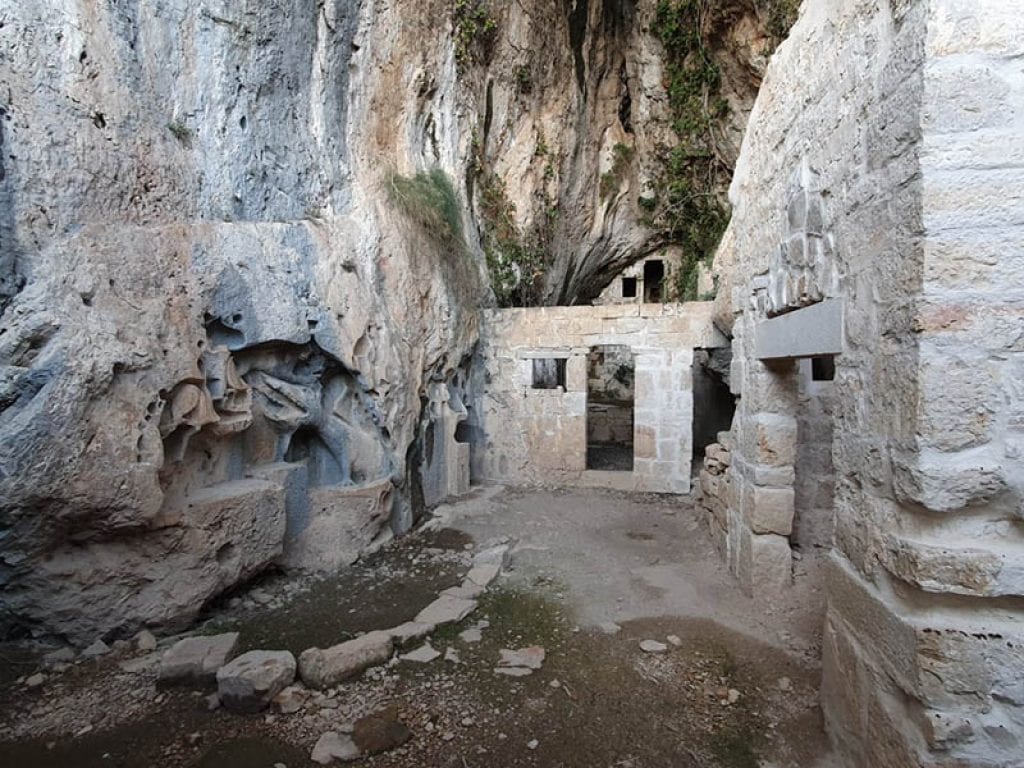
2 – Dragon’s Cave
Dragon’s cave is a monument to the hermit-like monastic life of the Glagolitic priests from the 15th century. It is situated 200 m above the village Murvice, in the heart of Vidova Gora (mountain). Throughout the centuries it has served as the residence and sanctuary of Poljica Glagolitic priests fleeing before the Turkish invasion to continue their monastic life in the caves.
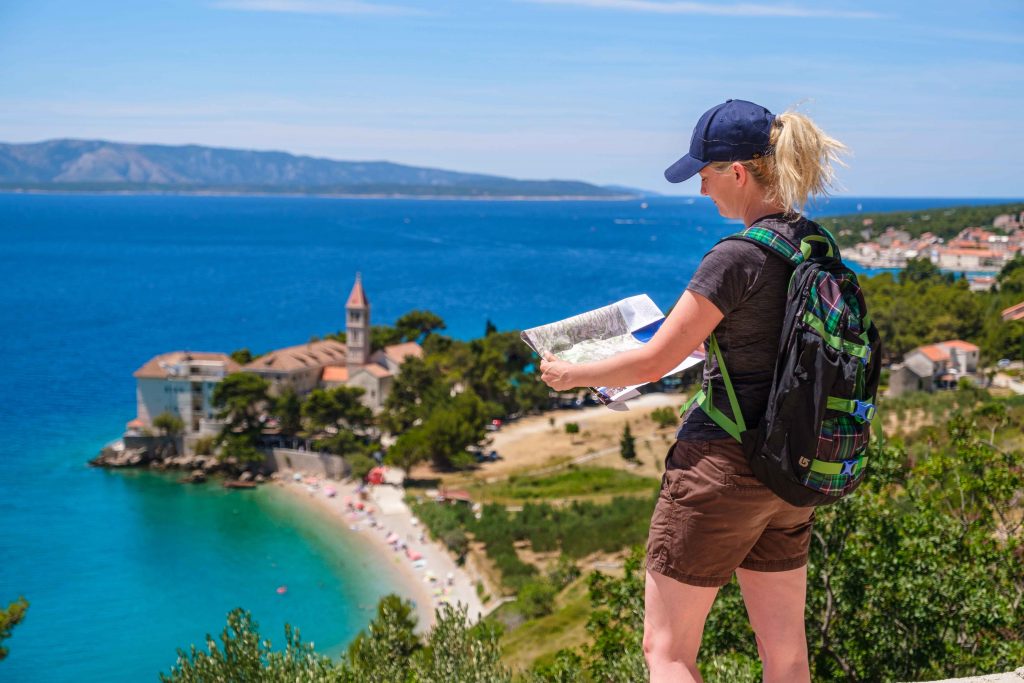
3 – Dominican Monastery In Bol
It was founded in 1475 in a location chosen for the Dominicans by the inhabitants of Bol, and confirmed by the Brač Duke Zacharia. The spiritual and cultural influence of the monastery was felt for centuries, not only in Bol but also the wider region. Aside from the museum in the monastery there is also a library with rare books and manuscripts.
4 – PODSMRČEVIK
Podsmrčevik is one of five hamlets settled in the inner part of the island, northwest of Selca. Today they are almost abandoned because their people settled in nearby settlements.
The oldest parts of this hamlet are characterized by small stone houses covered in stone slabs, using the dry-wall technique or built from hewn stone blocks, with enclosed gardens and stables.

5 – Franciscan Monastery And The Parish Church Of St. Martin In Sumartin
Fleeing the Turks Franciscan monks came with the settlers and founded Sumartin in the middle of the 17th century. The monastery is synonymous with the legendary poet and Franciscan monk Andrija Kačić-Miošić and today holds a private museum with valuable collection of artifacts. Next to the parish church also look for the footprint commemorating the “Footsteps of St. Martin de Tours”.

6 – Early Christian Basilica In Povlja
Many visitors come to Povlja to see the early Christian basilica on the grounds of the parish church. The remains of the Early Christian basilica date back from 5th and 6th centuries.
Many parts of this triple – naved basilica can be seen in their entirety, also as an area of the former baptistery. Povaljski prag and Povaljska listina, of great importance to Croatian history, also originated here.
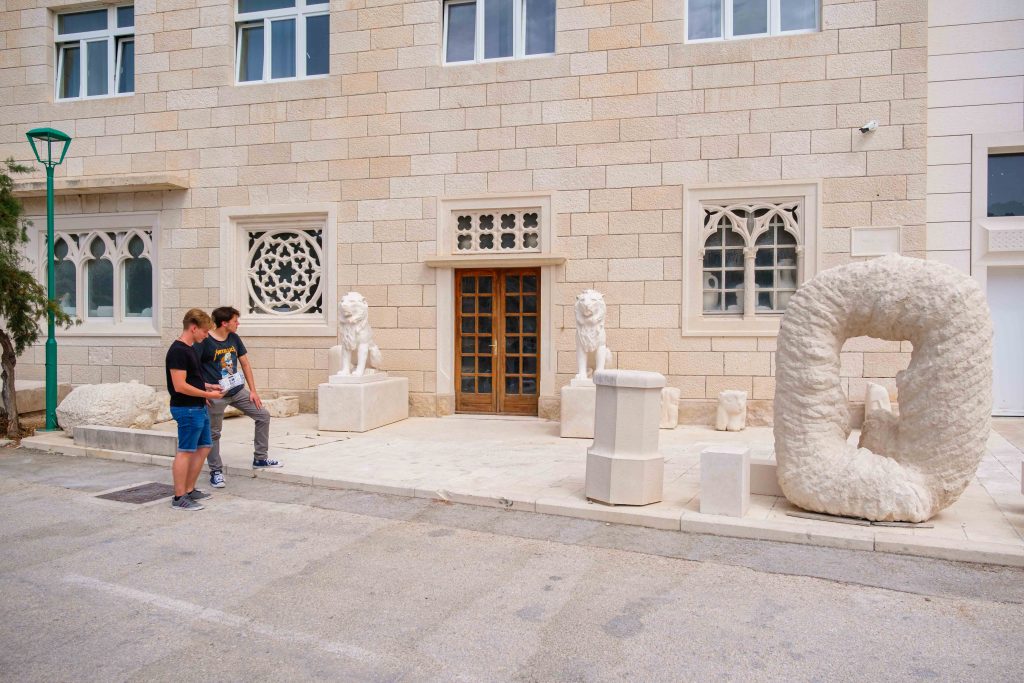
7 – The Stonemason school in Pučišća
The Stonemason school began with its work in the remote 1909. This is the only school in the Republic of Croatia that educates the stone masons. Its work is based on the ancient Roman stone processing technology using hand crafted tools. It is recognized throughout the world and is being visited by innumerous visitors each year. The skill of hand stone processing using the old Roman tools nourished in the Stonemason school is protected by non-material cultural heritage of the Republic of Croatia.
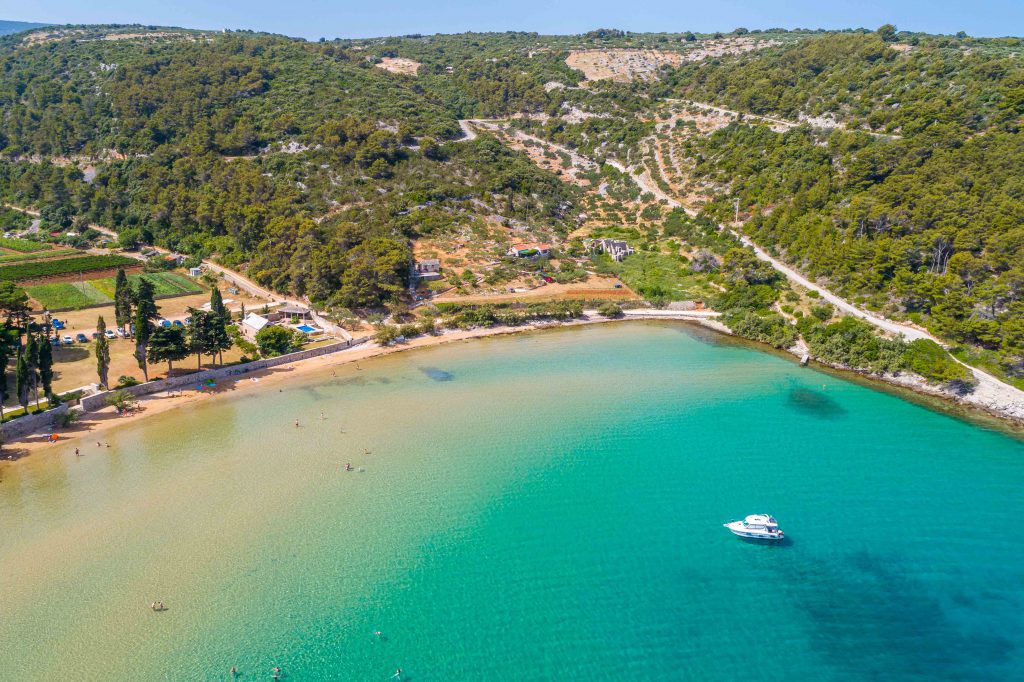
8 – Lovrečina And The Basilica Of St. Lawrence
The Roman farm was built in Lovrečina bay, close to a water source and a fertile field. In the 5th century a Benedictine monastery was founded in the border area with the church dedicated to St. Lawrence, whose name has been preserved in the name of the bay. Lovrečina is the biggest sandy bay on the island Brač.
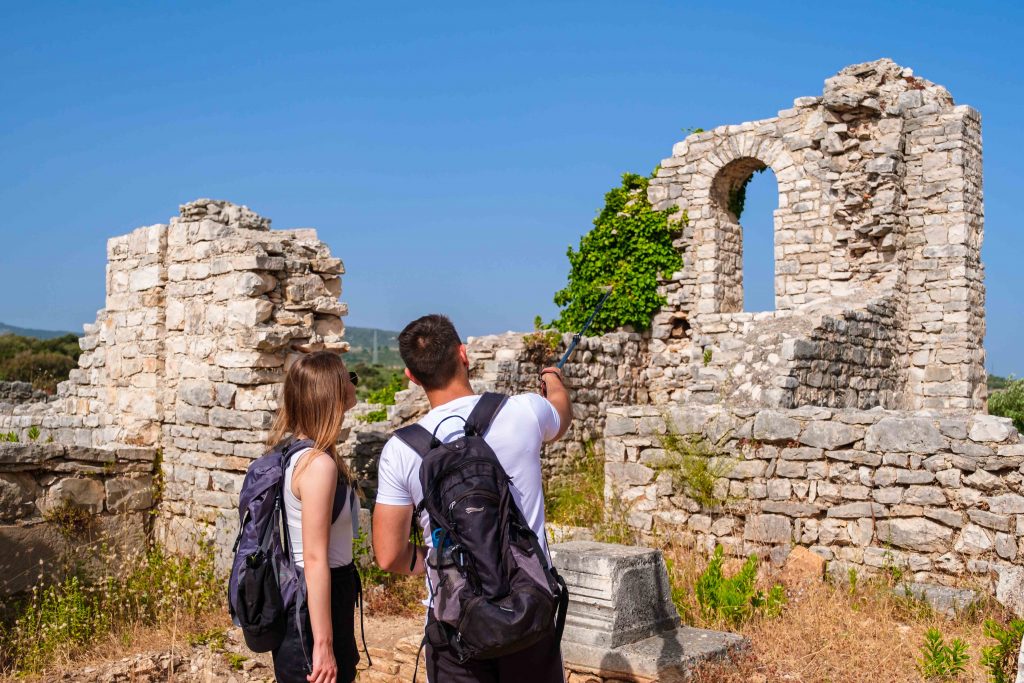
9 – Late Antique Villa On Mirje Near Postira
Mirje is situated among the two important centers on the Adriatic part of the province: Diocletian’s palace in Split and imperial quarries near Škrip, from which architectural stone for building the monumental palace was cut.
Numerous fragments of stone furniture confirmed the existence of a sacral building from the 6th century. The analysis of the discovered walls suggests that the complex was not built for the convent’s community, but that was in fact a later adaptation of the late antique villa with thermal complex.
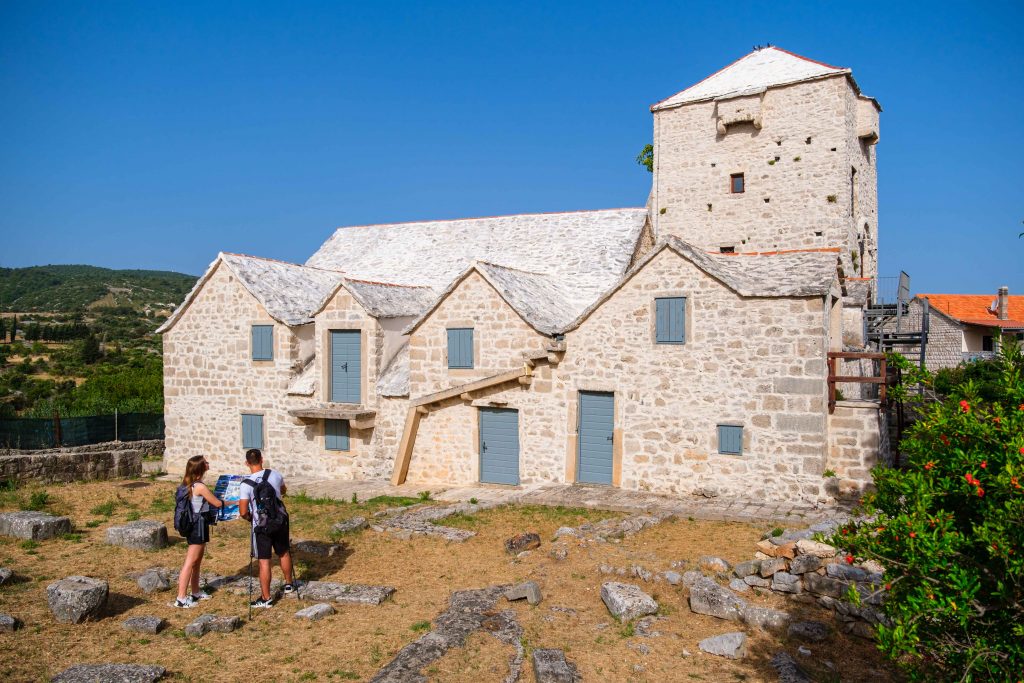
10 – The Island Of Brač Museum In Škrip
The Island of Brač Museum, situated in Radojković Tower from the 16th century, is one of the Croatian most visited museums, annually visited by more than 15 000 people. Its foundations date back 1500 years A.C. In the lower floor of the Museum, there is a Roman Mausoleum where, according to the legend, rest Valerija and Priska – wife and daughter of the Roman emperor Diocletian. The Island of Brač Museum in Škrip is the place not to be missed when visiting Brač.

11 – St. Spiridon’s Church
Uniquely shaped small chapel at the crossroad of ancient roads from Sutivan to Mirca and former parish Donji Humac (16th century). Not far from the church there is a speleological location (pit), the only one in Sutivan area.
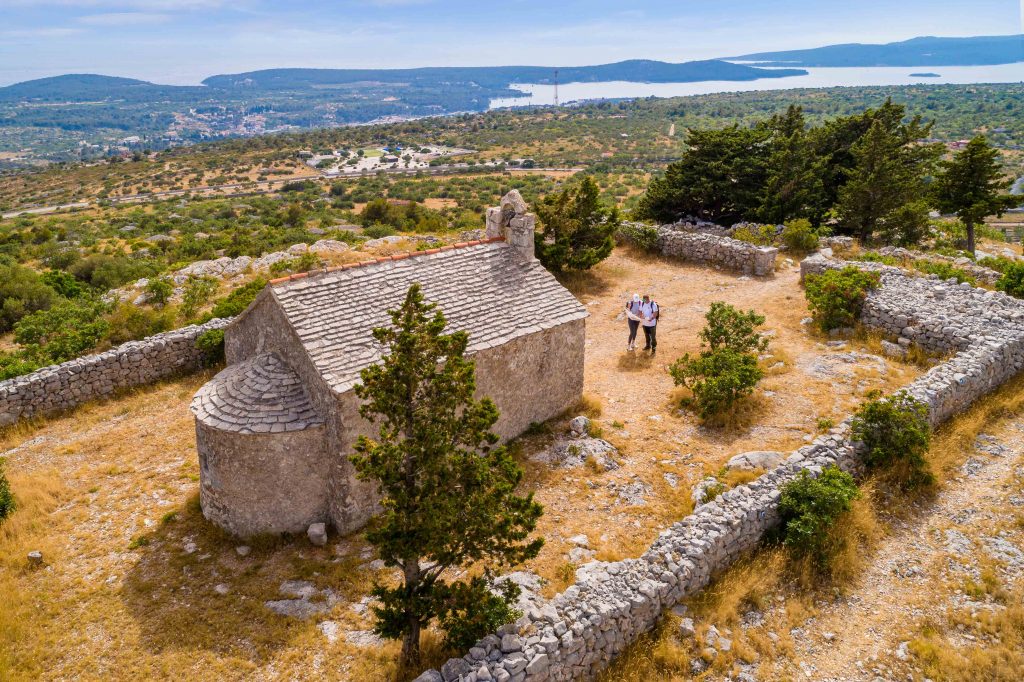
12 – Church of St.Martin
We don’t know exact time construction of the church of St.Martin, but shows early Romanesque style characteristics. On the facade of her annexed bell tower in the late 15th century. Simply stone facade on top of a brick distaff with a triangular pediment from the 14th century church is vaulted barrel vault without a flange, and the walls were broken down broad shallow niches. Above the altar is a Renaissance stone relief, workshop Firentinac, depicting St. Martin and the beggar on horseback.
photo: Hrvoje Gabrić, Robert Barilla, Alan Čaplar, archive TB Brač island
Marulić's Split – A great 500th anniversary of Judita
Today, on 22nd April, we celebrate Croatian Book Day by remembering Marko Marulić, the author of the epic poem Judita (Judith), one of the most significant Croatian literary works that he finished writing in Split on an exact date back in 1501.
On the occasion of the 500th anniversary of the publishing of Judita, the Croatian Parliament announced that 2021 will be "The Year of Mark Marulić." To celebrate the occasion, the Dalmatia – Storytelling Destination Project, The City Museum of Split, in cooperation with storytelling guide Gorana Galić designed a costume storytelling tour featuring Bira Marulić. Simultaneously, another storyteller, Nataša Bulić, leads a storytelling tour named Following the steps of Marko Marulić.
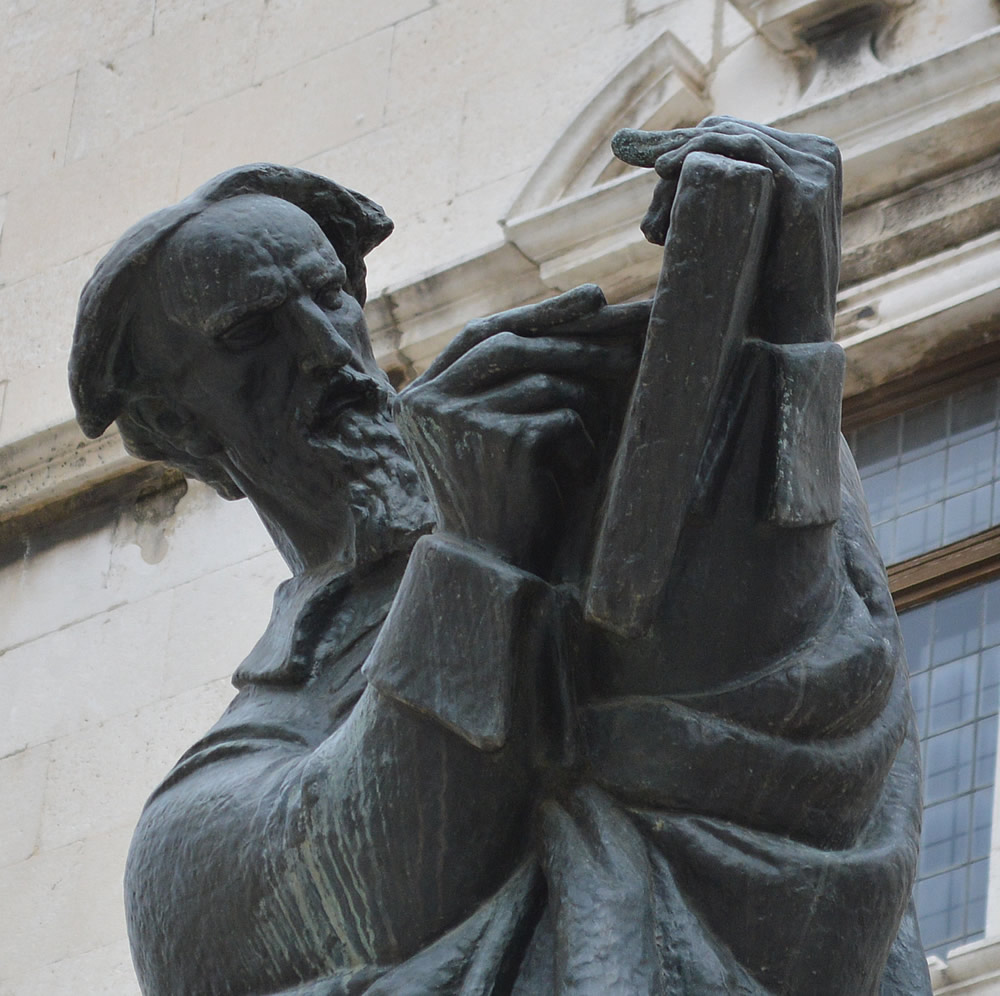
For Marko Marulić – one of the greatest Croatian writers - Split was a treasure trove of inspiration.
A poet, writer, and the father of Croatian literature are just a few synonyms for this great man, the guardian of Split’s heritage and one of the most prominent citizens of this town. While he grew into one of the most reputable humanists and philosophers during his stay in Venice, his life in Split awoke his poetic soul. The beauties of this Renaissance town were his eternal muse. Antiquities, Renaissance palaces, and ships arriving in Split's harbor from all over the world enriched his soul with new discoveries and experiences. They say that spirituality is one of the greatest virtues of humankind. For Marulić, the sense of humor of Split residents was a source of inspiration for his satiric poetry. As young noblewomen from Split adored his playful spirit, he also “composed” love sonnets inspired by their beauty.
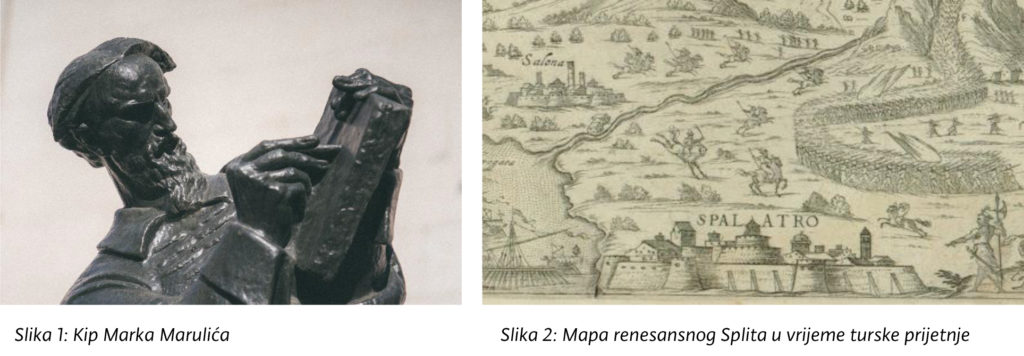
He is the author of the first tourist guide through Split that emphasized the beauty of Peristyl. However, there is also a darker side to his work. As his city was exposed to a threat of the Ottoman Invasion, he contemplates the true freedom that resides in the human heart. He was especially inspired by Judita, a Biblical character of a widow fighting for Betulia. He named his masterpiece from the 16th century after her. Also, he wrote this epic poem in Split dialect to bring Judith closer to his fellow citizens. Interestingly, he coined a new term – psychology – that he uses in his verses for the first time in history. The statue of Marko Marulić, sculpted by the famous sculptor Ivan Meštrović, stands on Voćni trg (a square in Split), reminding us of the importance of preserving personal freedom.
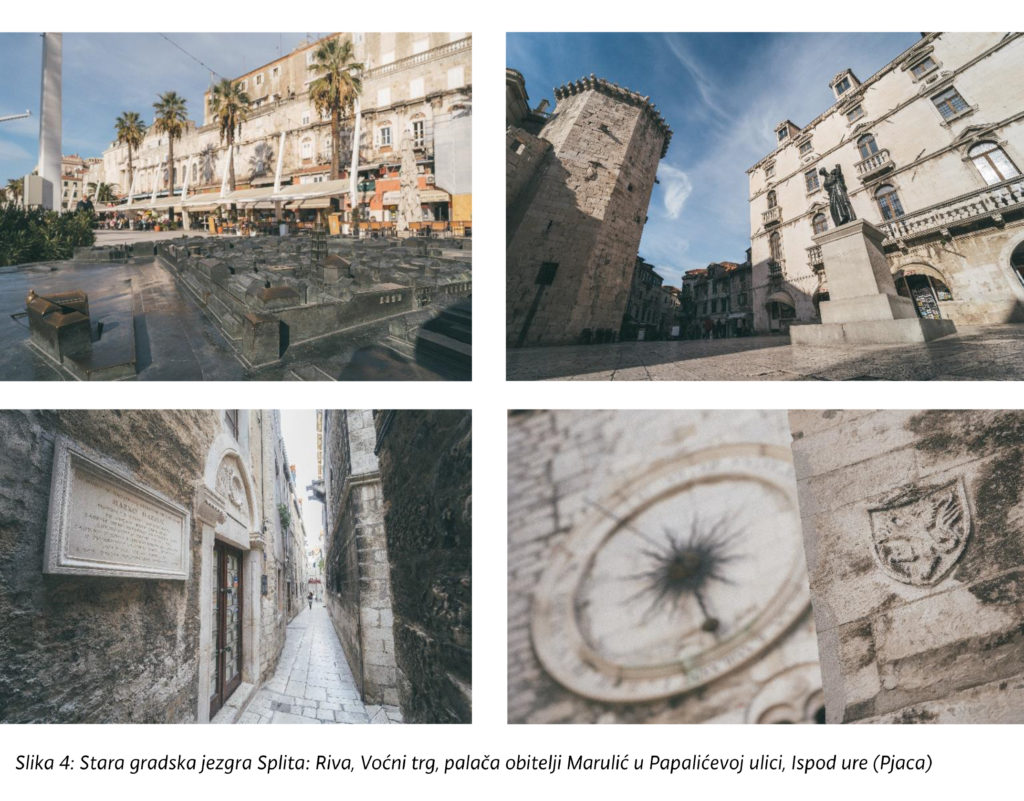
A storytelling walk – Following the steps of Marko Marulić
This storytelling walk will take the participants to places where Marulić found his inspiration and felt a whole spectrum of emotions. This is a 60-minute walk starting in the old city nucleus, near the Diocletian's Palace and picturesque squares. The starting point is in front of the Marulić family palace. Then, it leads us to the historic trg Svetog Lovre, today popularly known as Pjaca, where once Venetian authorities resided. The walk ends on the famous Split's Peristyl, once a center of the Diocletian's Palace and an everflowing source of inspiration for Marulić. This tour is also suitable for the elderly. Please visit www.ichtisonline.com for more information.

Exhibition announcement of "Judita 500" exhibition on the occasion of the 500th anniversary of the first printed edition of Judita
The City Museum of Split, in cooperation with Marulianum – The center for studying Marko Marulić and his humanist circles and the City Library Marko Marulić, under the auspices of the City of Split, organizes an exhibition dedicated to Marulov ep (Marul's epic poem) Judita 500. For the first time, the visitors will get a chance to see the first four out of five initial editions of Judita, published in Split in the 16th and 17th centuries – in 1521, 1522, 1586, and 1627. Also, a reproduction of the 3rd edition from 1523, from the State Library in München, will be exhibited.
At the moment, the event has been postponed due to epidemiological reasons.
Please visit https://www.mgst.net/naslovnica/najava-izlozbe-judita-500/ for more information.
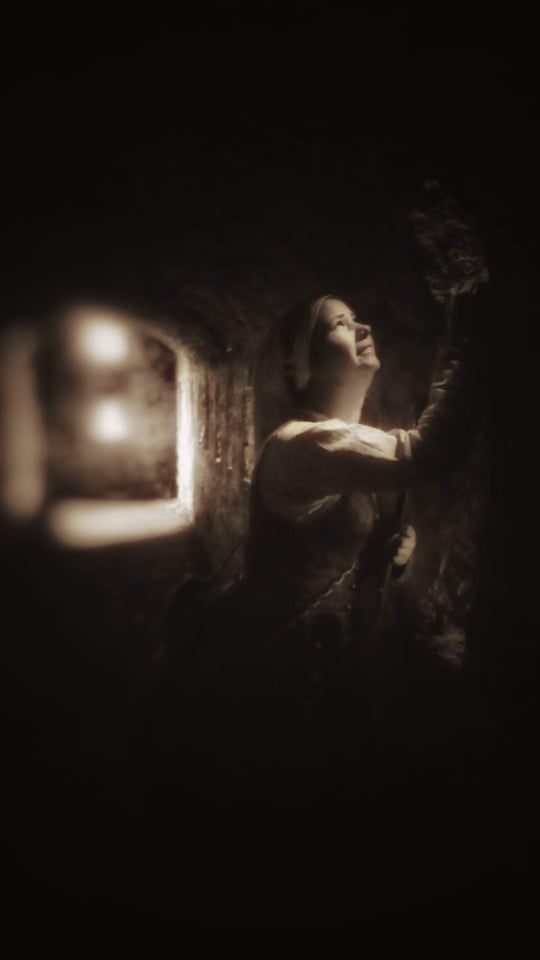
A story about a revived historical personality - Bira (Elvira) Marulić
The City Museum of Split is located in the northeastern part of Diocletian's Palace, in the Renaissance-Gothic palace of the Papalić family. Its courtyard, loggia, well, and ceremonial hall are considered one of Split's most beautiful cultural monuments. We will introduce you to the exhibits of the Museum in the Museum Lobby and tell you a story of one of the most famous Croatian philosophers, writers, and the father of Croatian literature, Marko Marulić. Already in the 15th century, the owner of the palace, nobleman Papalić and Marko Marulić collected and studied ancient texts from Salona (modern-day Solin), imbedded in the palace walls.
The walk continues to the Gothic ceremonial hall on the first floor, where one can learn in detail about the life of Marko Marulić, his source of inspiration, and the work of his fellow humanists. A critical figure in Marko Marulić's circles was his sister Bira. Renaissance women had two options – to marry or to join a religious order. Bira decided to join the Benedictine order sisters and spend the rest of her life in a convent near the Diocletian's Palace. Marko Marulić dedicated many of his works to his sister and other nuns. One of them is Anka Satira. The texts reveal that Bira was one of the first educated nuns. Her brother Marko wrote poems for them in Croatian variation of his satire. Marko Marulić was so close to his sister that he left behind a Gospel that he illustrated for her. The storytellers tell a story about Marko Marulić, Judita, Renaissance Split, and the Ottoman Invasion through the eyes of his sister Bira.
From the Gothic hall, the tour continues to the terrace where emblems of Split's aristocratic families are preserved. Visitors will learn about the ways of living in "the most beautiful city in the world" and interesting facts about the status and activities of noblemen.
The tour ends in the magazine located in the basement of the palace. Since Split was exposed to a constant threat of the Ottoman siege in the 15th and 16th centuries, it is also worth hearing a story about the war with Turks and the heroic defense of Split.
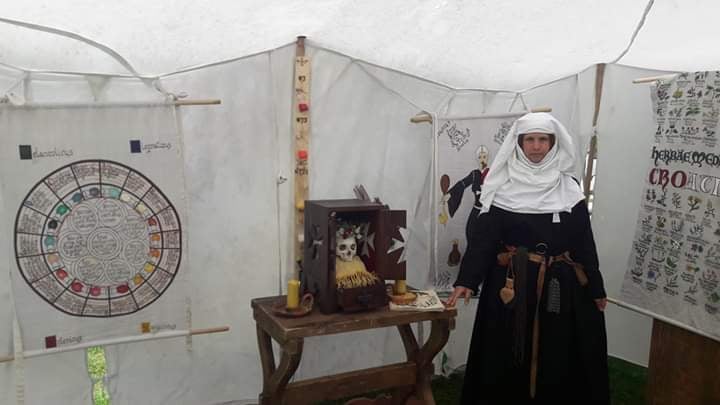
DALMATIA – STORYTELLING DESTINATION
Revival of storytelling in museums and institutions dedicated to preserving cultural heritage is a unique project in Croatia and Europe. In Dalmatia, as a storytelling destination, 14 characters of the area's rich heritage have been revived. In addition to this project, 23 themed tours have been created. This project, intended for tourists and the local population, is focused on providing authentic experiences of cultural heritage through storytelling. These commercial guided tours will be available through the County's storytelling platform that offers storytelling tours led by knowledgeable and certified guides wearing costumes. The project aims to preserve and publicize Dalmatian cultural heritage and create attractive 365 tourist offers in Splitsko–Dalmatinska County.
Storytelling guides:
Storytelling walk – Following the steps of Marko Mrulić: Nataša Bulić
A story about a revived historical personality - Bira (Elvira) Marulić: Gorana Galić
Photo credits: Dalmatia – Storytelling destination, the archive of storytelling guides
CELEBRATING LOVE The project „Dalmatia – Storytelling Destination“ tells a tale of the most beautiful love stories from Splitsko-Dalmatinska County
Welcome to the project Dalmatia – Storytelling Destination… This is a story of the untold legends, full of memories, laughter, bitter tears, revenge… If only these walls could talk…
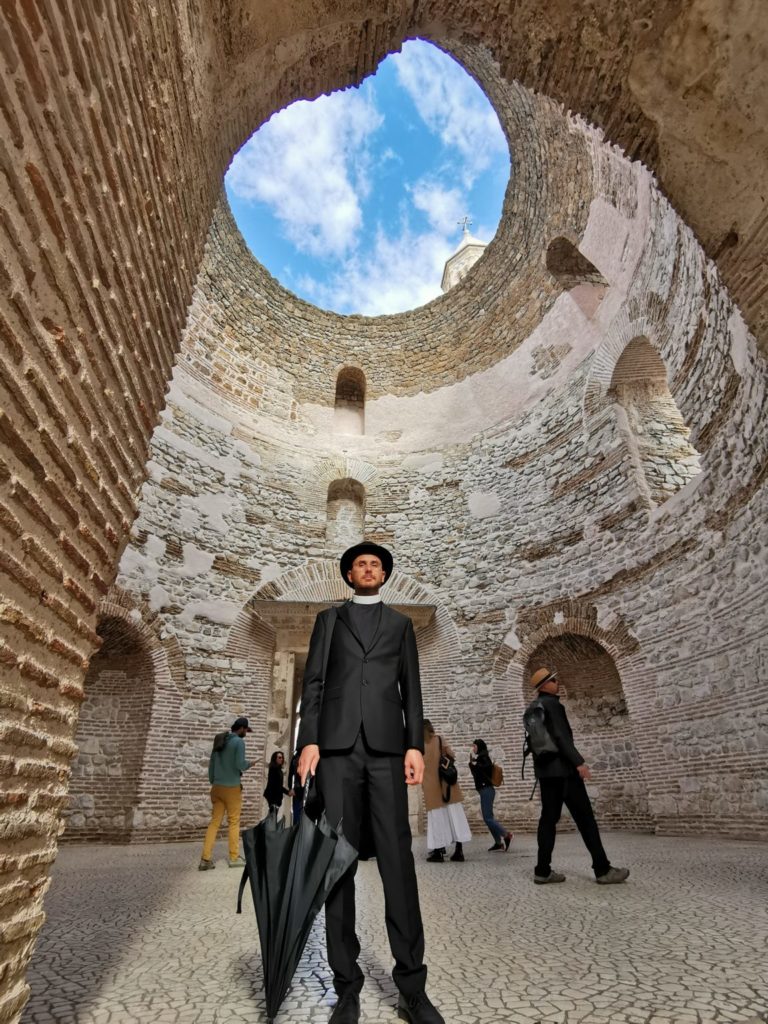
As Valentine’s Day is approaching, we are getting in the mood to celebrate love. They saythat only the heart can see “love.” Still, the project Dalmatia – Storytelling Destination has given “love” a shape visible to everyone. This creatively designed project with storytelling elements tells us tales of the most beautiful love stories in Splitsko-Dalmatinska County (SDŽ).
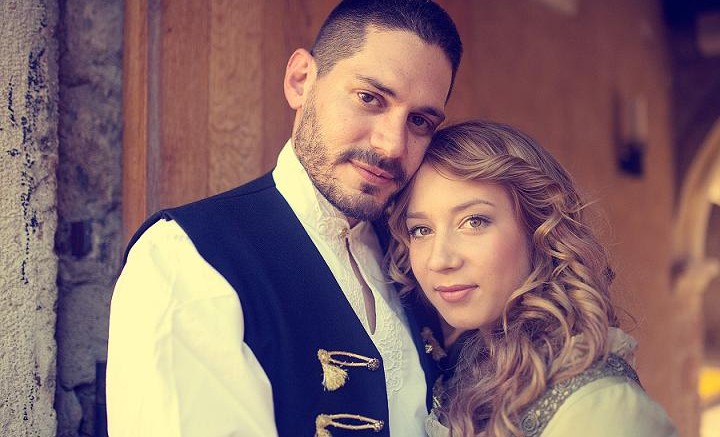
If the walls of homes and palaces in Splitsko-Dalmatinska County could talk, they would reveal many happy love stories, but also those with sad or even dramatic endings. Many legends tell tales about them. Some of them are brought to you as a gift for Valentine’s Day by storytellers of Dalmatian cultural heritage, licensed tourist guides from SDŽ involved in the Dalmatia – Storytelling Destination project.
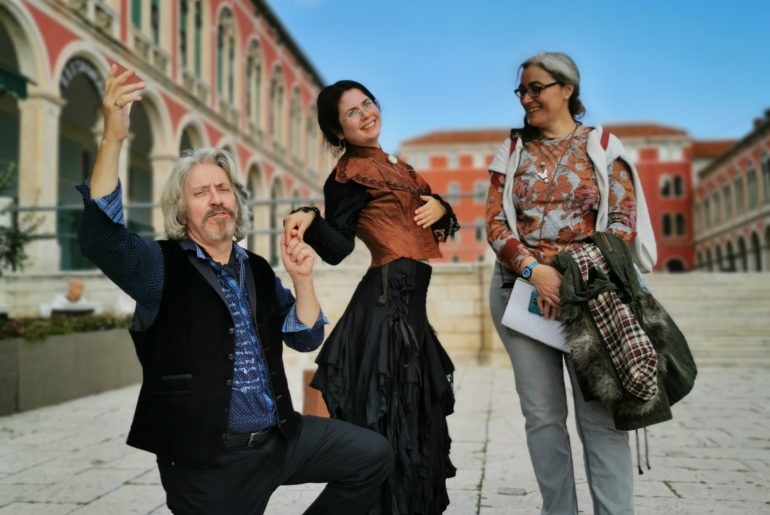
DALMATIA – STORYTELLING DESTINATION
Revival of storytelling in museums and institutions dedicated to preserving cultural heritage is a unique project in Croatia and Europe. In Dalmatia, as a storytelling destination, 14 characters of the area’s rich heritage have been revived. In addition to this project, 23 themed tours have been created. This project, intended for tourists and the local population, is focused on providing authentic experiences of cultural heritage through storytelling. These commercial guided tours will be available through the County’s storytelling platform that offers storytelling tours led by knowledgeable and certified guides wearing costumes. The project aims to preserve and publicize Dalmatian cultural heritage and create attractive 365 tourist offers in Splitsko–Dalmatinska County.

Here are 7 most touching legends and stories:
1. Castles and legends from Kaštela
In the 17th-century Kaštel Lukšić, a girl named Dobrila lived with her parents in the Vitturi Castle. And nearby, in the Rušinić Castle, a boy named Miljenko lived with his father. Their fathers, sworn enemies, opposed their love and brought a tragic ending to it. The storyteller starts telling the story near Dobrila’s castle and leads to the Church of the Assumption of Mary, where Romeo and Juliet from Kaštel were married. The tour then continues to the Rušinić Castle and St John the Baptist Church, where they were buried. The story reveals a tragic truth about Miljenko’s death, who was killed by Dobrila’s father. The tragic death of her loved one led to Dobrila losing sanity, wishing only to be buried next to her husband.
Storytelling guide: Nataša Birčić

2. A STORY OF DOBRILA VITTURI
The City Museum in Kaštela hosts this 45-minute storytelling experience that tells a tale of Dobrila and Miljenko, Romeo and Juliet from Kaštela. The guides will tell a story about happiness and tragedy with the help of a revived character of Dobrila. In addition to the love story, the visitors will have a chance to learn about the history of Kaštela.
Storytelling guides: Sandra Hrabar and Jelena Marijanović

3. Roko and Cicibela
…It was like in a story. Roko, a poor fisherman and the son of a rope maker. Cicibela, a daughter of a porter, even poorer… Ahh, who hasn’t heard of a story of a couple that fell in love in Split’s Matejušica. Ivan Baranović and Boško Papić will tell a story about these poor lovers from varoš (a part of the city) with just a little bit of bread, even less fish, and a lot of love. In addition, they will show the sights of the charming Vela Varoš. The couple married in 1903 lived on a Dujkin Dvor gaeta (a traditional wooden boat) named by Roko. The legend says that they died together, embracing each other during the winter of 1936/1937.
Storytelling guides: Ivan Baranović i Boško Papić

Love stories of ancient Split
4. Diocletian and Prisca
It is not easy to single out a love story from the ancient texts about love dedicated to Split. A more popular one is a story about Diocletian. According to the legend, the Emperor met his darling Prisca in the fields of Spanish broom. Maybe in Salonika, on the slopes of Kozjak, or on the mountain of Mosor. He was faithful to her and their daughter Galeria Valeria. When he abdicated in 305, he retired and withdrew to the Palace with Prisca. There, they lived peacefully until 310, growing cabbage. This is the year when his son-in-law and heir became sick. Mother Prisca rushed off to Salonika to help her daughter. In 311, Galerius died. As Galeria Valeria was a daughter of the great emperor, it was expected that the man that married her would become an emperor. But Galeria Valeria did not want to remarry, especially not for political reasons. This is why she and her mother were expelled. They found shelter in today’s Syria. But her adopted son, Candidianus, remained in Salonika (probably Galerius’ son from his first marriage). Pretender to the throne, Licinius, sent her a message telling her that if she did not return to Salonika, he would kill Candidianus. As she loved him like her own son, she decided to go back. Unfortunately, it was too late as Licinius beheaded Candidianus. Apparently, someone from the crowd spotted Galeria Valeria and Prisca and informed Licinius about their arrival. The two of them were arrested and executed.
Unable to save them, Diocletian died of sadness. According to the legend, he jumped into the sea below his Palace.
5. The love story of Adela and Mario
This story takes us back to the 16th-century Klis that was under the Turks at the time. A young and wealthy tradesman lived there. His name was Adel. A wealthy family from Split – Vornić – was buying his goods. Their youngest daughter Maria fell madly in love with Adel, who asked her to be his wife. He even promised that he would convert to persuade his family to bless their marriage. For the Vornić family, it was unacceptable for a Muslim man to join their family. So they sent Mara to a convent, where she became sick and died. This story of Adel and Mara was written by Luka Botić. Josip Hatze composed an opera to a libretto written by Branko Radic.
6. An unusual love triangle
Legends about Split also talk about mayhem, an unusual love triangle with a beautiful daughter of a sea captain in the middle. Marko Marulić, a famous Croatian poet, lawyer, judge, and Renaissance humanist, and his friend and relative Papalić fell in love with her. The young maiden could not decide between the two. So she would throw down the ladder during the night. One of them would guard underneath the window while the other would climb the ladders to the room. Each night they would take turns. And then, one night, there was a bloody confrontation. It was a break of dawn, but there was no sign of Papalić. Marulić suddenly spotted a bag at the bottom of the ladders with his friend’s head. The legend says that he took it home with him. He buried his friend and then withdrew to the island of Šolta, where he lived like a monk for the rest of his life. The young maiden was walled up in the house.
7. Forbidden love of Leon and Izolda
A 15th-century story of forbidden love from Split is about Leon, a son of the Venetian duke Quirin, and Izolda Alberti, the only daughter of Madi Alberti, a nobleman from Split. Wanting to help them, Leon’s friend, sister Katarina, lent her robe to him so that he can disguise and secretly meet his loving Izolda during a mass. When the old Albert found that out, he sent his daughter to the Benedictine convent of St Arnir. But the lovers continued seeing each other, planning to get married. However, to escape, she needed to go through the attic full of coffins hiding bodies of stillborn babies and those that died after birth. Izolda was so terrified that she stayed in the convent and died there. Leon has died in the battle of Zadar.
Storytelling guide: Sunčana Cokarić
Photo credits: Tourist Board of Kaštela, Roko and Cicibela (1978), Storytelling Dalmatia
Ana Rucner - Somewhere between the the sea and the stars
|
World-famous cellist Ana Rucner was more active than she is usually is this past summer. In addition to a series of successful concerts that she held along the entire Adriatic coast, she was engaged as an ambassador of the Foundation "Island of Brač - somewhere between the sea and the stars", and the turning point was a concert held in Bol.Svjetski poznata violončelistica Ana Rucner, ovog je ljeta bila aktivnija nego inače. Pored niza uspješnih koncerata koje je održala duž čitave jadranske obale, angažirala se kao ambasador Zaklade „Otok Brač – negdje između mora i zvijezda“, a prekretnica je bio koncert u Bolu. |
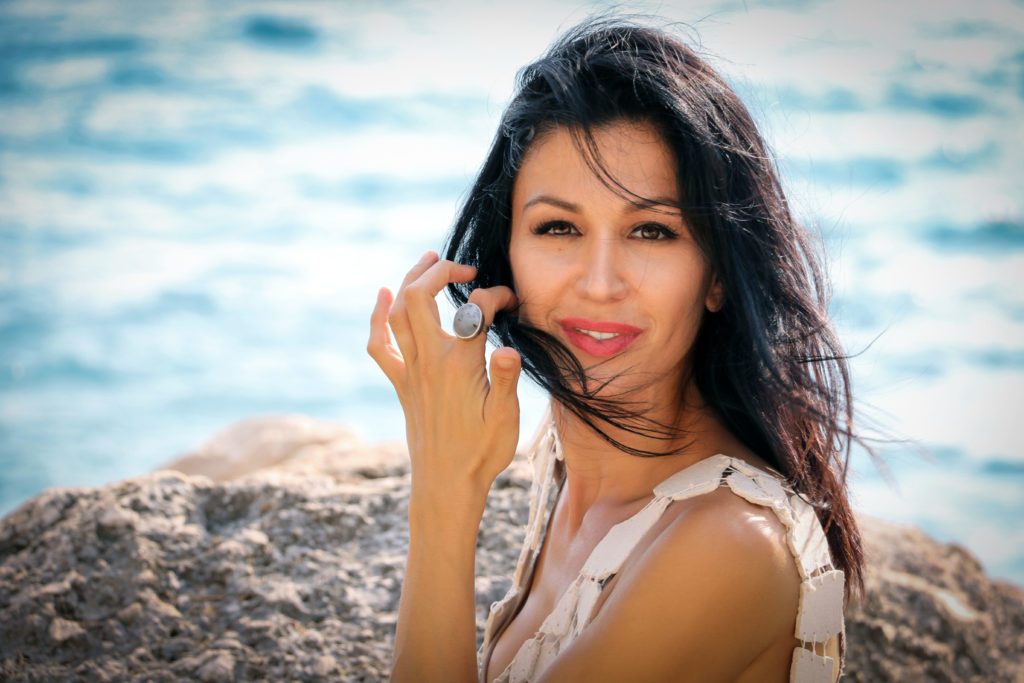
”On the day of the concert, the director of the Tourist Board of the Municipality of Bol, Markito Marinkovic, organised a promotional photo shoot at several typical Bol locations and introduced me to a fantastic photographer. It soon turned out that Robert Barilla was not only a photographer, but also volunteered for years as the director of the Foundation for Research and Preservation of the Heritage of the Island of Brač and is also the author of the monograph of the same name. I was among the first to see a trial copy of this "Brač Bible" and it is clear to me why its release is awaited with the same anticipation by ordinary people as by those in academic circles,’’ said Ana.
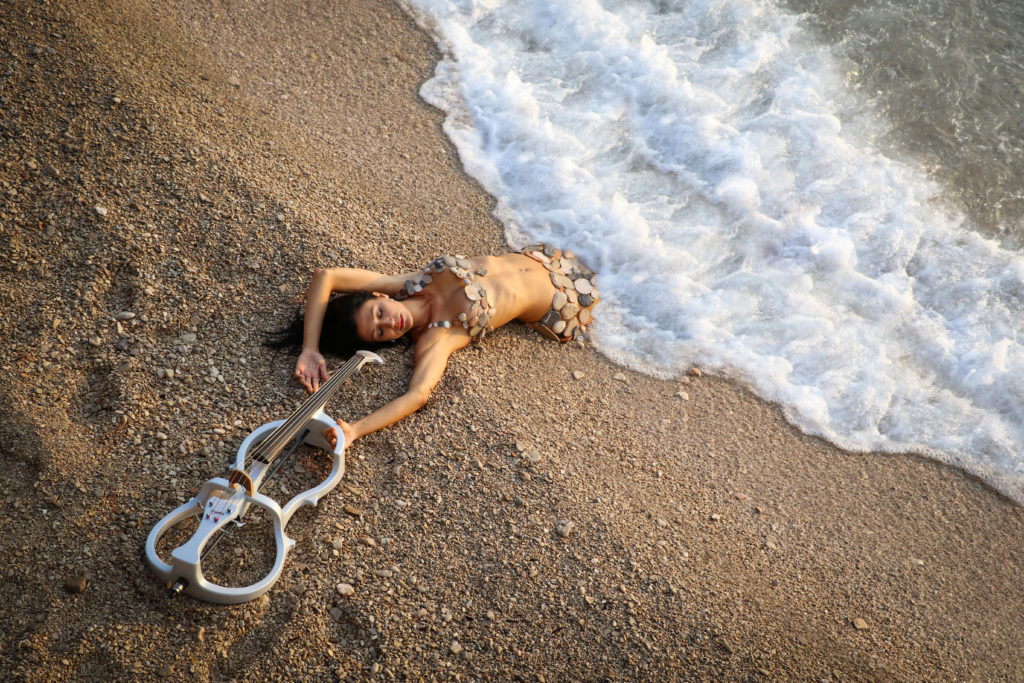
Pure love for the island of Brač is hidden among the 1,360 pages of this book, which is equipped with over 3,000 photographs, maps, documents and illustrations, imported in luxury leather binding, and is scheduled to be published early next year.
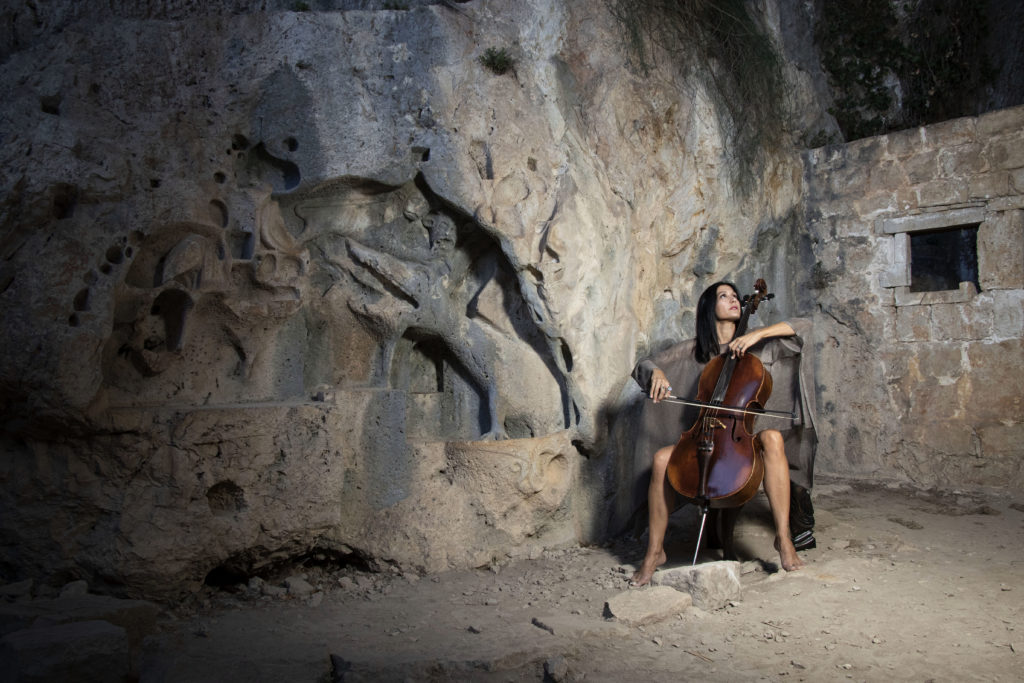
The whole Rucner family has houses on the island of Brač and they spend their summers in Povlja every year, so Ana has been connected to Brač since her back in the days of her very earliest childhood, and during her studies she held a concert tour throughout the island.
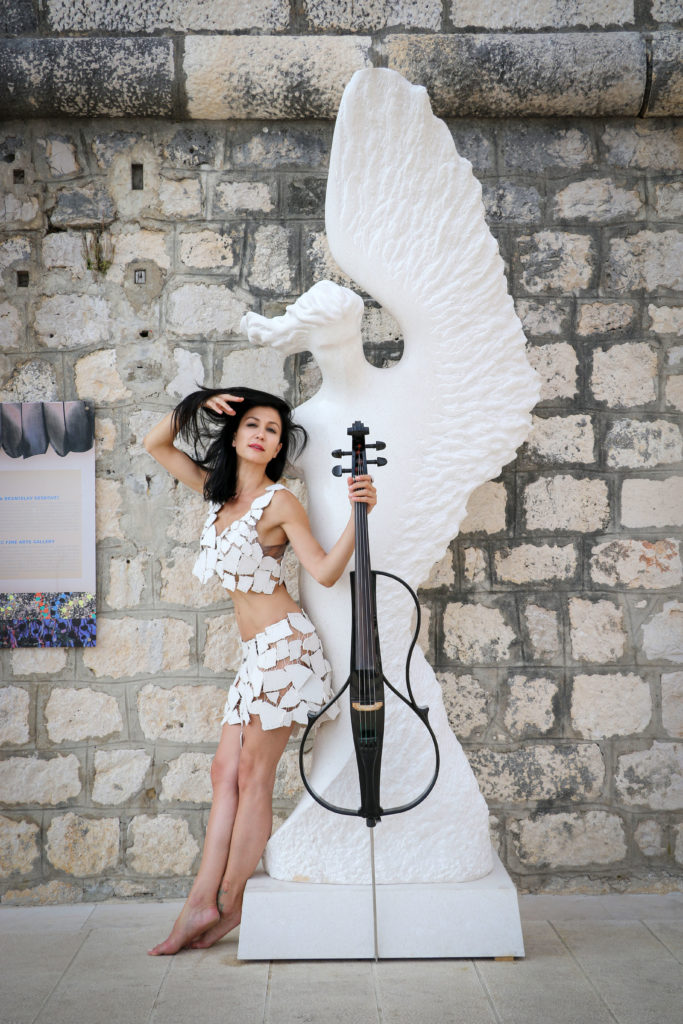
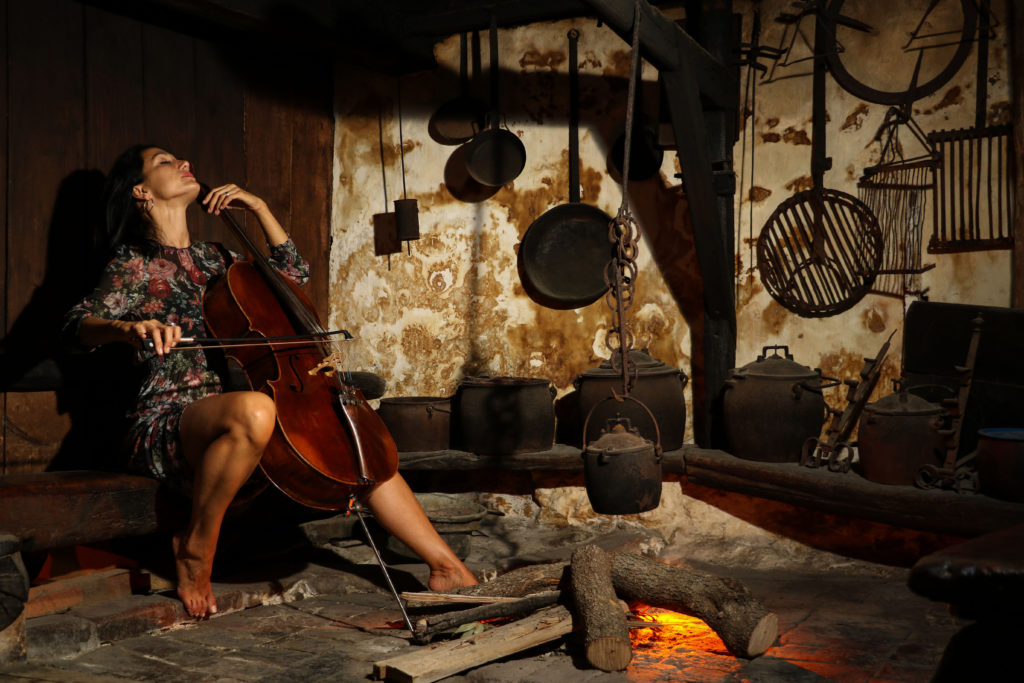
This great musician who erases all borders with her music, is one of the best representatives of Croatia in the world.

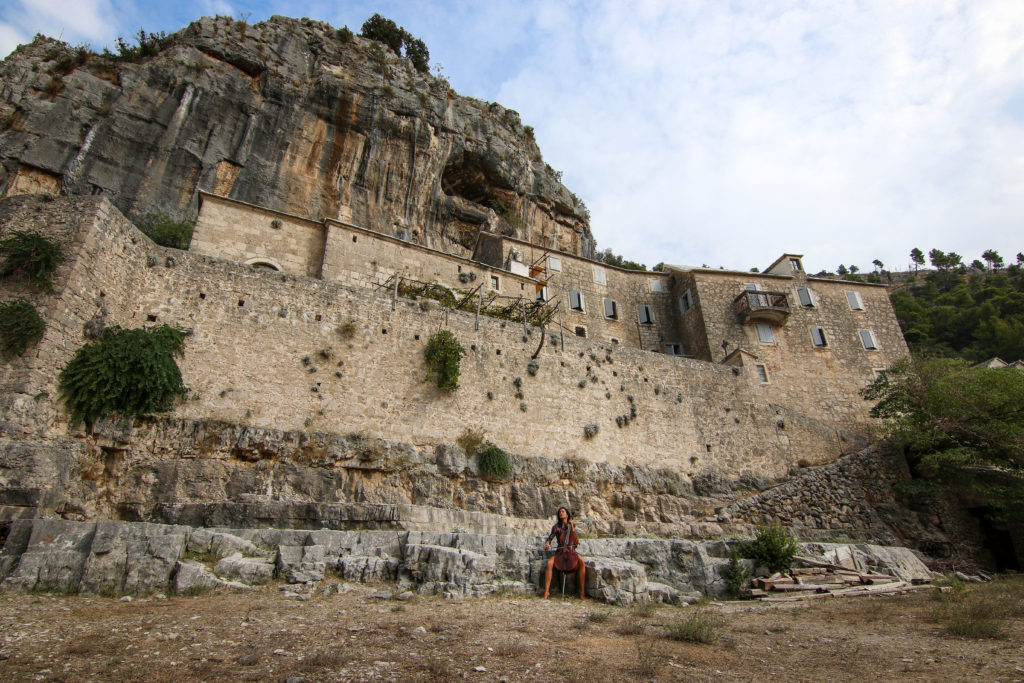
Her latest album is called "Croatian heritage", and her own love for Croatian heritage was probably crucial for accepting the title and role of ‘’ambassador’’.
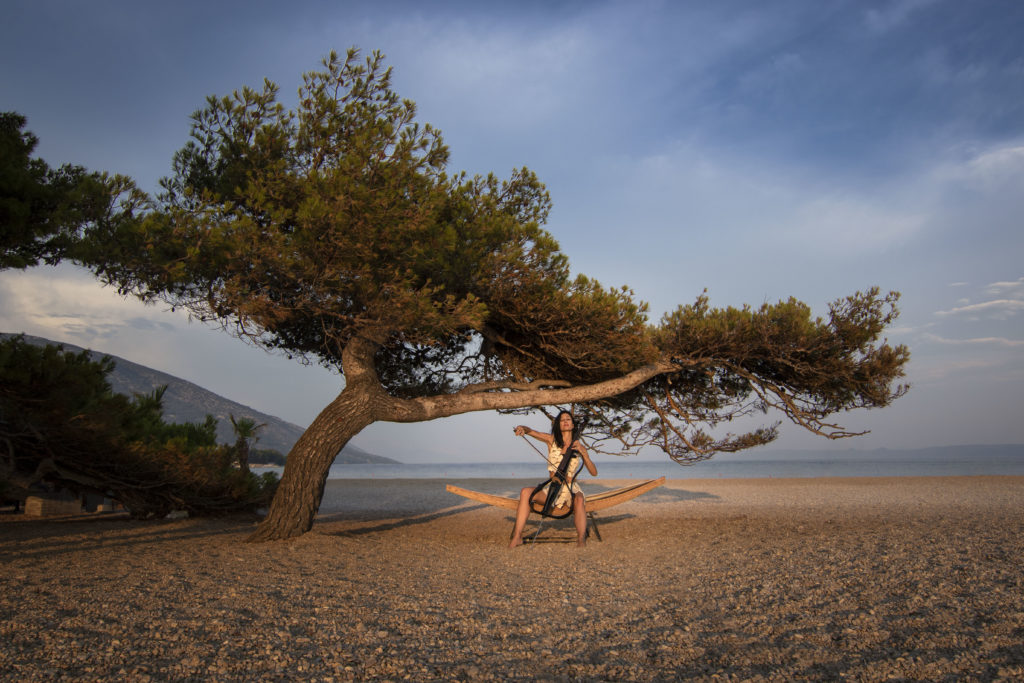
"On my next arrival to Brač, when we filmed a double for the monograph in the mysterious Dragon's Cave, this acquaintance quickly grew into a friendship, and from mutual gatherings and great synergy, the role of an ‘’ambassador’’ was born. Somehow it happened by itself. There are few people who care about their heritage with so much love, energy and knowledge and I’m proud to be a part of this story. That’s why I listened to my heart and gave the Foundation my white cello decorated with Swarovski crystals. I’m happy to have been given the opportunity to give a part of myself to an island that has become a part of me. Let it stay on Brač as a sign of support for these fantastic people and as a memory of a wonderful collaboration. ”
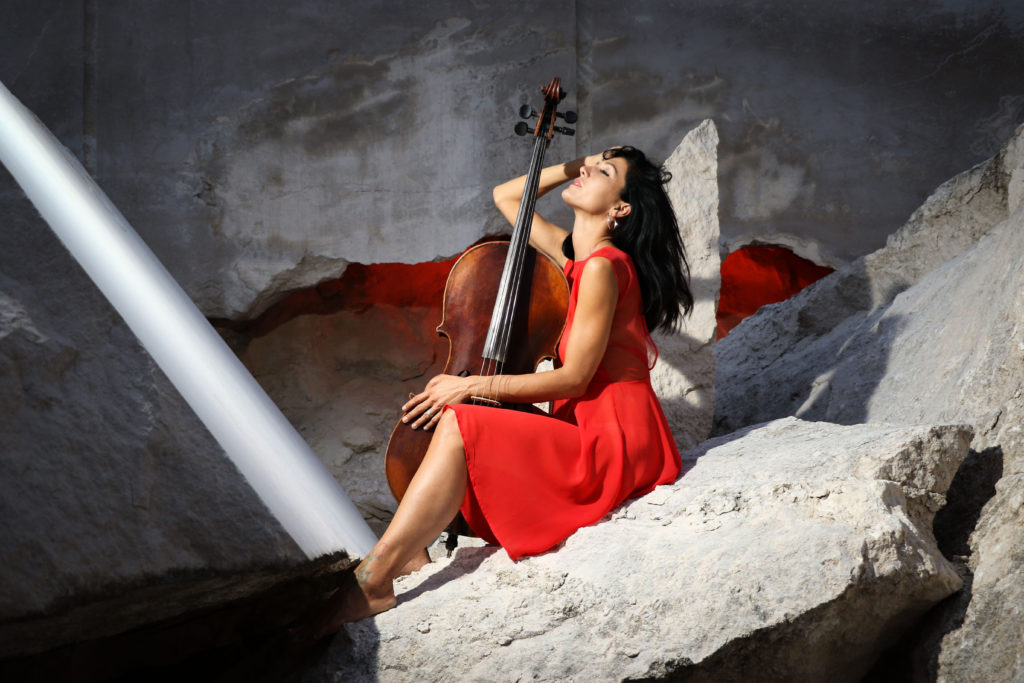
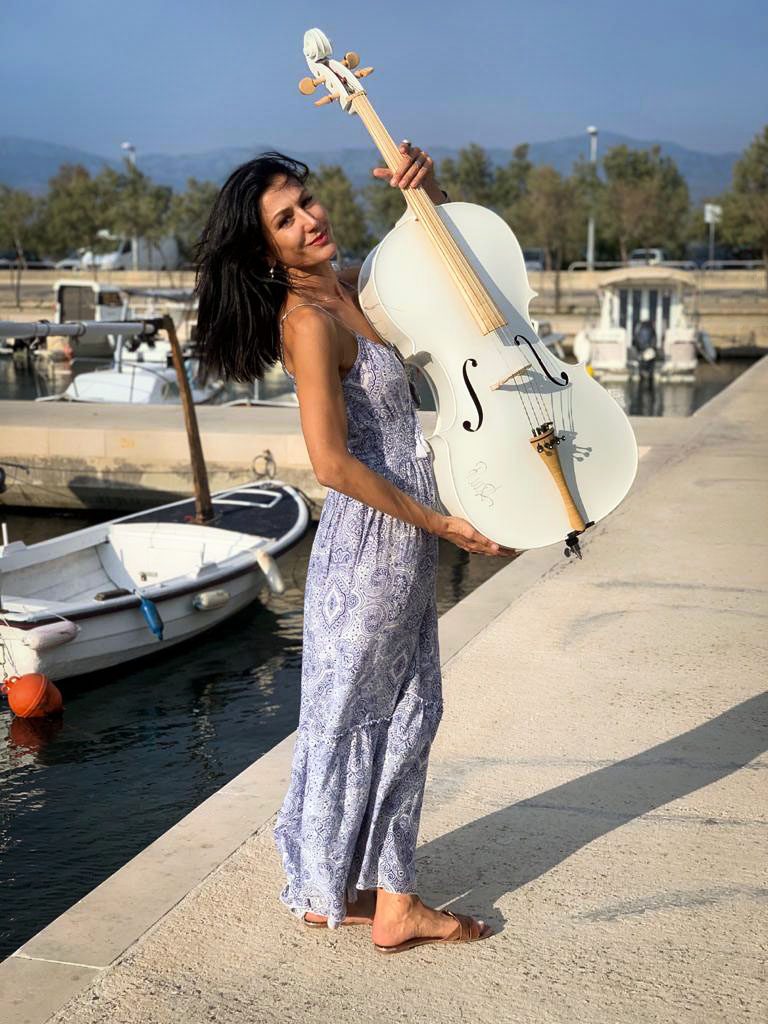
During the month of September, a report on the Brač stone was filmed for the German television Arte TV, and Ana Rucner used every free moment to play and take photos in attractive island locations.
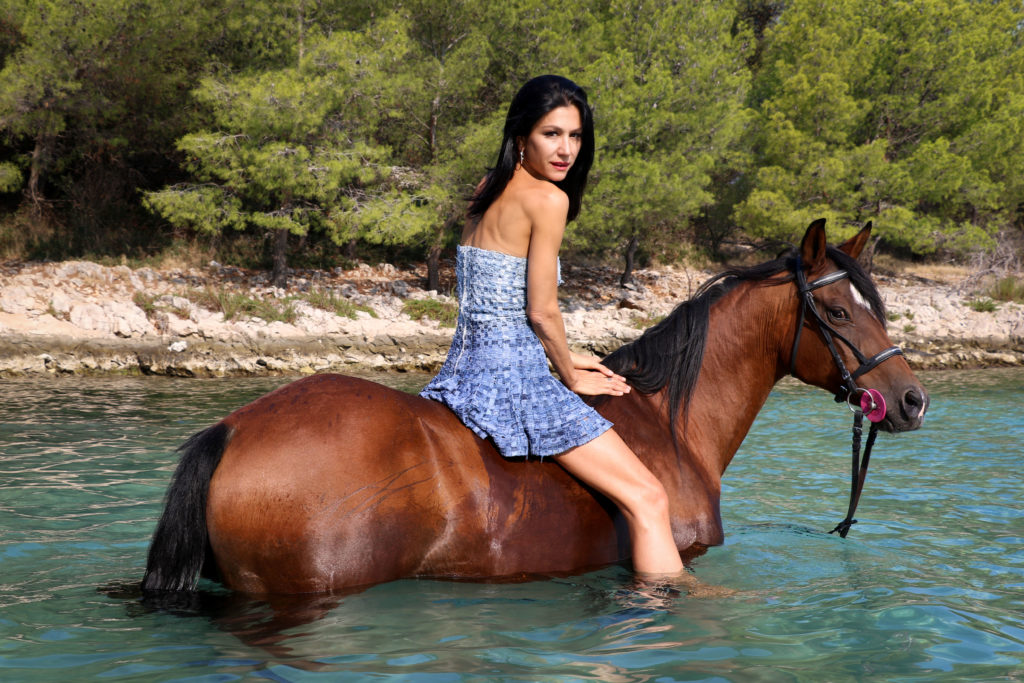
”I enjoyed every second of wandering around Brač with my cello. Playing in the Blaca Hermitage, the quarries, the Basilica of St. Lovre, under the starry sky of Lovrećina beach, as well as going in the sea with a horse, were special experiences. Although these were performances in front of only a few friends, I had the feeling that I was playing in crowded concert halls. I wore jewellery and fashion creations made by Brač designer Ida Stipčić Jakšić, a dress made of stone and dresses made of sea pebbles and jeans.
I’d like to give a special thank you to Mr. Markito Marinković for the household, young designer Anja Bolčević for the creation for the Dragon's Cave, our guide Zoran Kojdić for the historical stories, Kristijan Mutarello for the chair with the motifs of the Dragon's Cave and Bruno Miličko, a several-time Croatian champion in the super extreme class, who, with his Pinzgauer took us over some of the most demanding terrain. The first photo was taken next to the sculpture of an Angel with one wing by the academic sculptor Lovro Jakšić, and in response to the question "where is the other wing", the last photo was taken in a quarry where I have a stone wing. This completes my story from Brač this year.
The experience of the island from a completely different angle and the view from the perspective of a man who knows it very well, have completely changed my previous image of this, the largest Dalmatian island. I can't wait for my first free moment, when I will have the opportunity to get off the ferry in Supetar. Now I know that I am not coming to Brač, but entering a magical interspace that is somewhere between the sea and the stars,’’ Ana told us with enthusiasm.
Photo: Robert Barilla
Hot Spots summer destination! Island Pag - feel the Magic of the Moon Island
Island of Pag is an unmissable global outdoor destination, as well as an international film and marketing attraction.
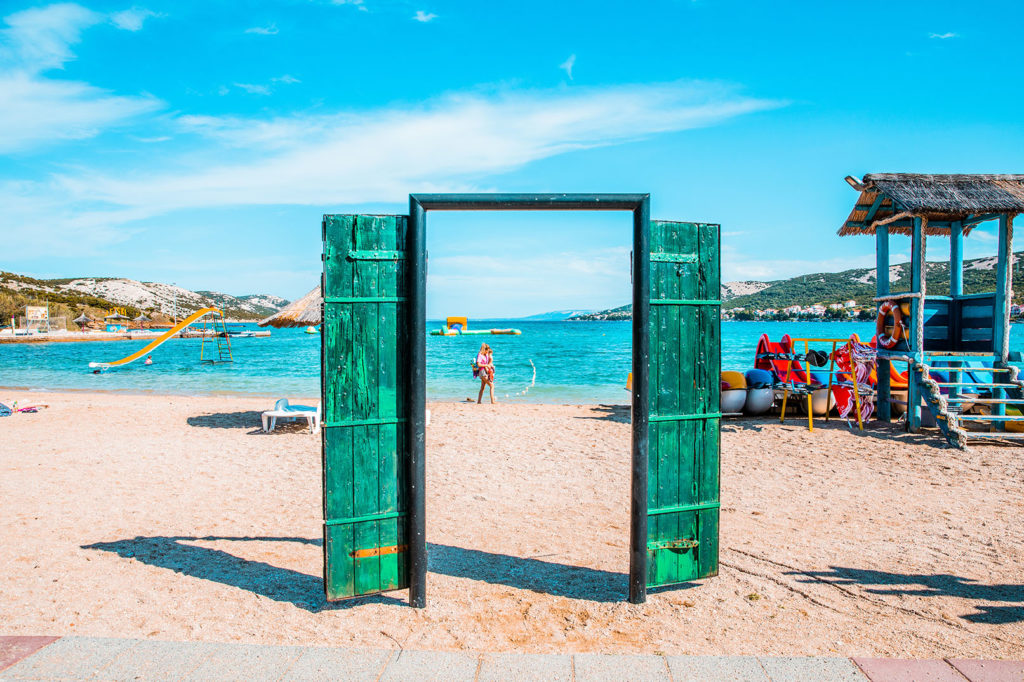
No one has original folk costumes like those Pag has. No woman wears a starched canvas in the shape of a triangle on her head, which frames the beautiful faces of the women and girls from Pag, these canvases are called blankets on the island of Pag and in Novalja, known as the Moon Island.
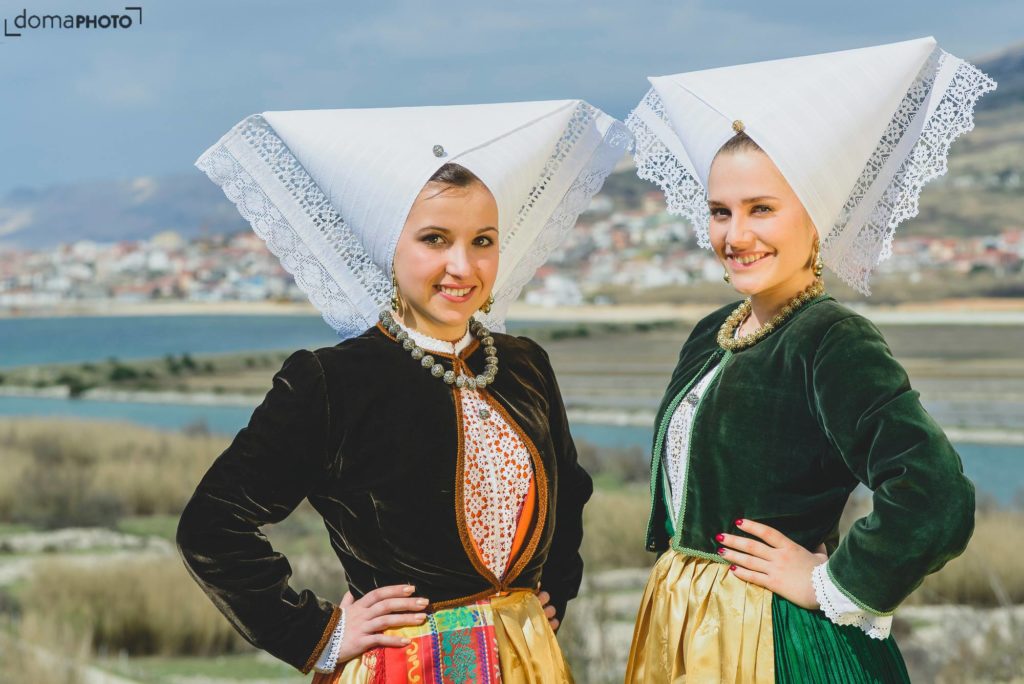
The island is decorated with one of the protected symbols of Croatian heritage, traditional, beautiful Pag lace, recognisable across the world as one of the most beautiful handicrafts made by the hands of women.

This summer, Pag is once again the number one destination, not only in Croatia but also globally.
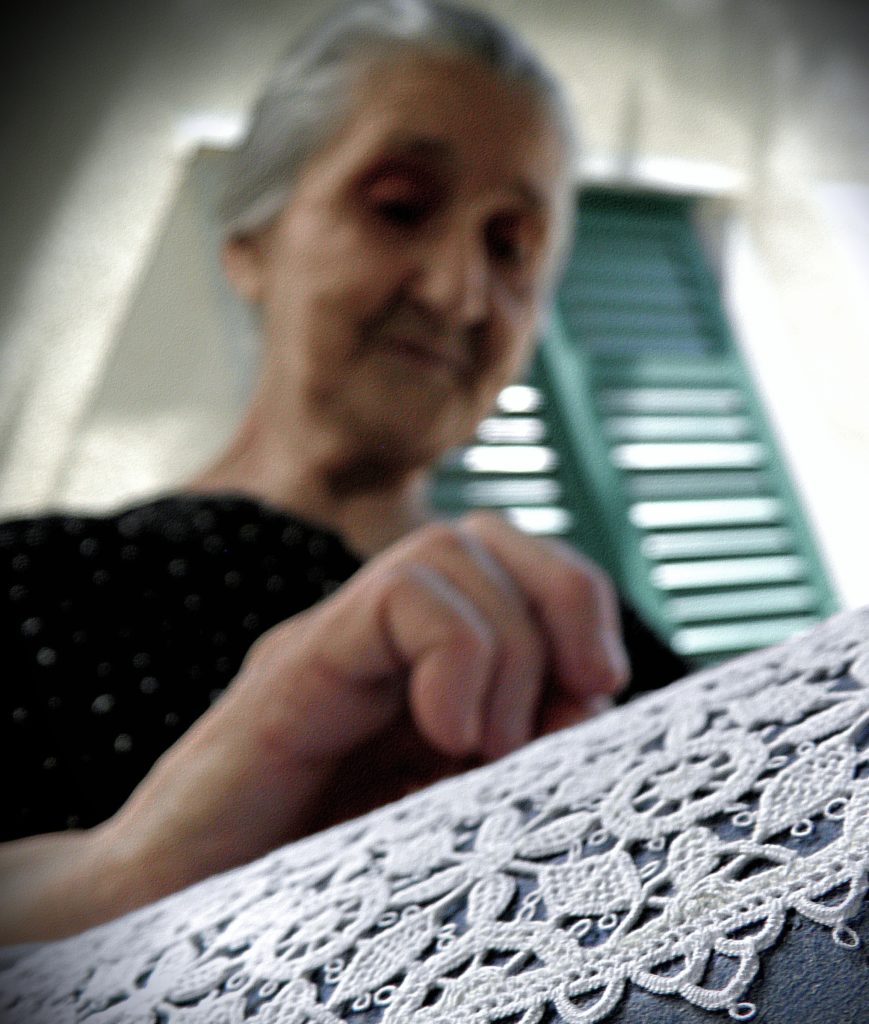
The story cleverly developed over the years has led to the birth of Pag becoming an IN location, which must be included in every travel planner.
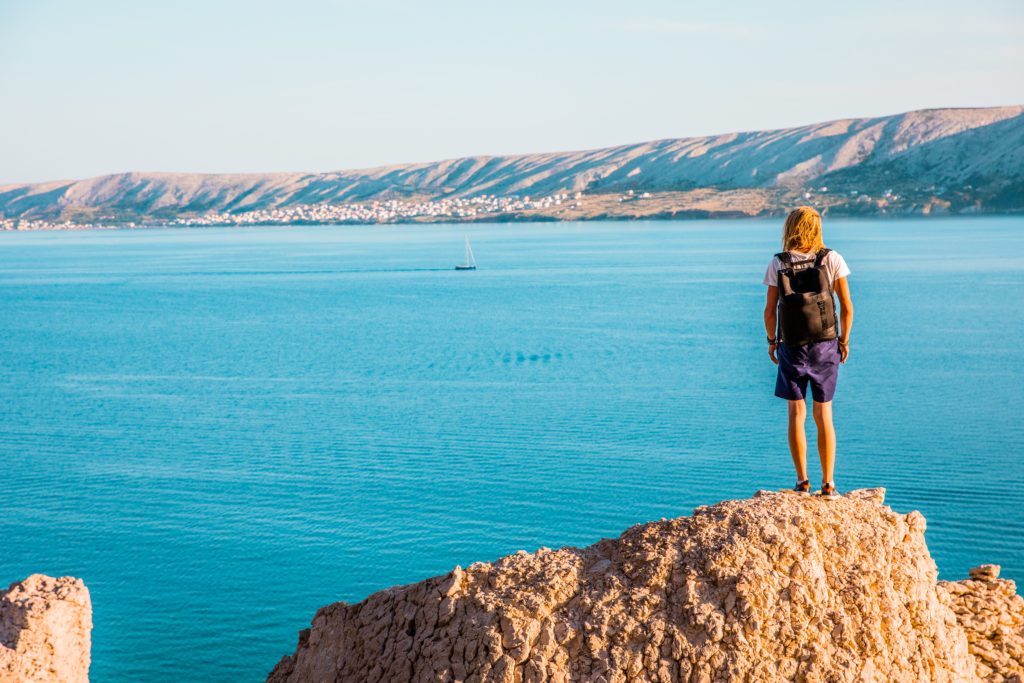
Because Pag has long been not just one of the top destinations for incredible entertainment, and by gradually building the story, this island has become an unmissable global outdoor destination, as well as an international film and marketing attraction.
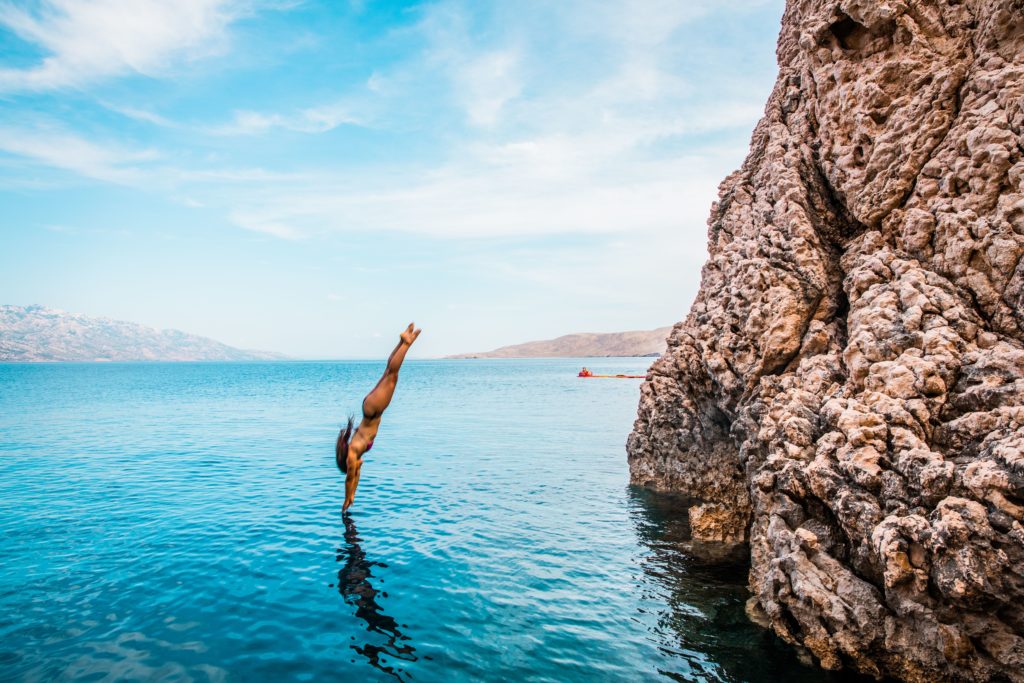
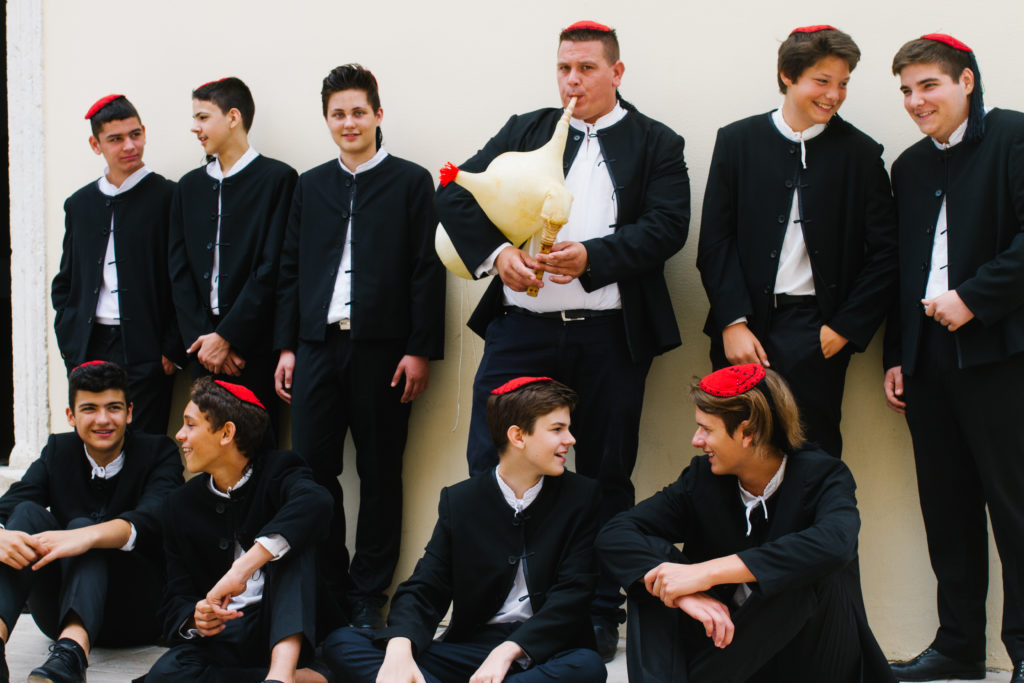
And more than anything, this has been presented by the latest campaign that brought together a few wise minds from the island, reinforced by a top professional, well-established photographer Jakov Baričić.

Such a coming together of minds could bring about absolutely nothing but the very best, a story about the island of Pag that brought everything that makes you have to visit this island as soon as possible up to the surface.
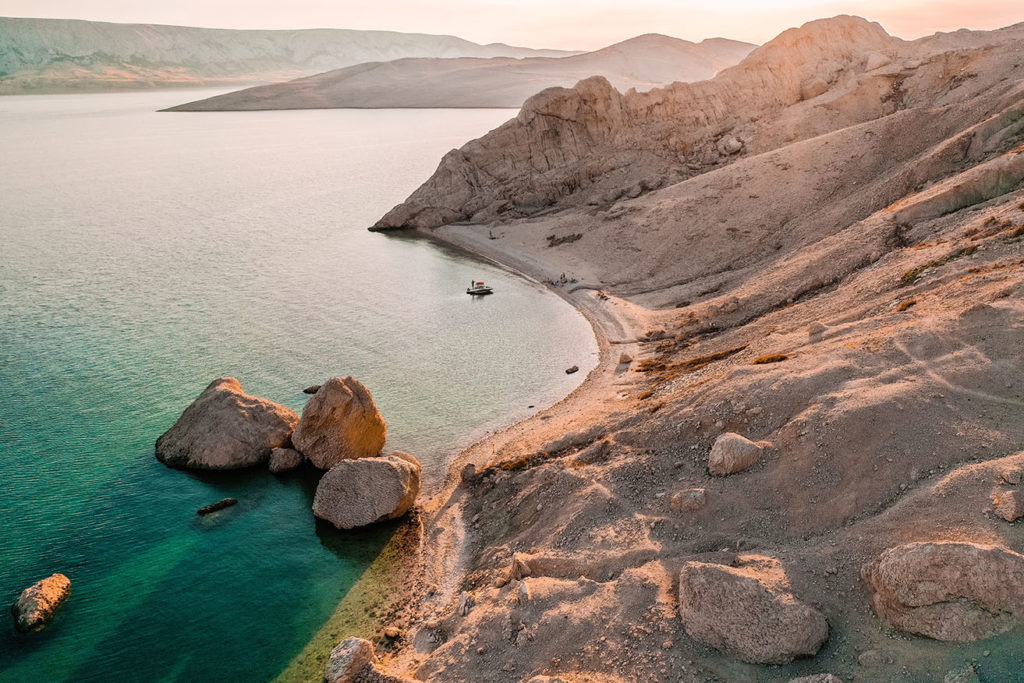
And Pag has been enrolled as a must-see destination from the travel plans for many Croatian and foreigner travellers.


Because only here can one take fascinating street style and nature selfies and photos, and much like the trendsetters who have already done so, capture the absolute best that the island of Pag has to offer.
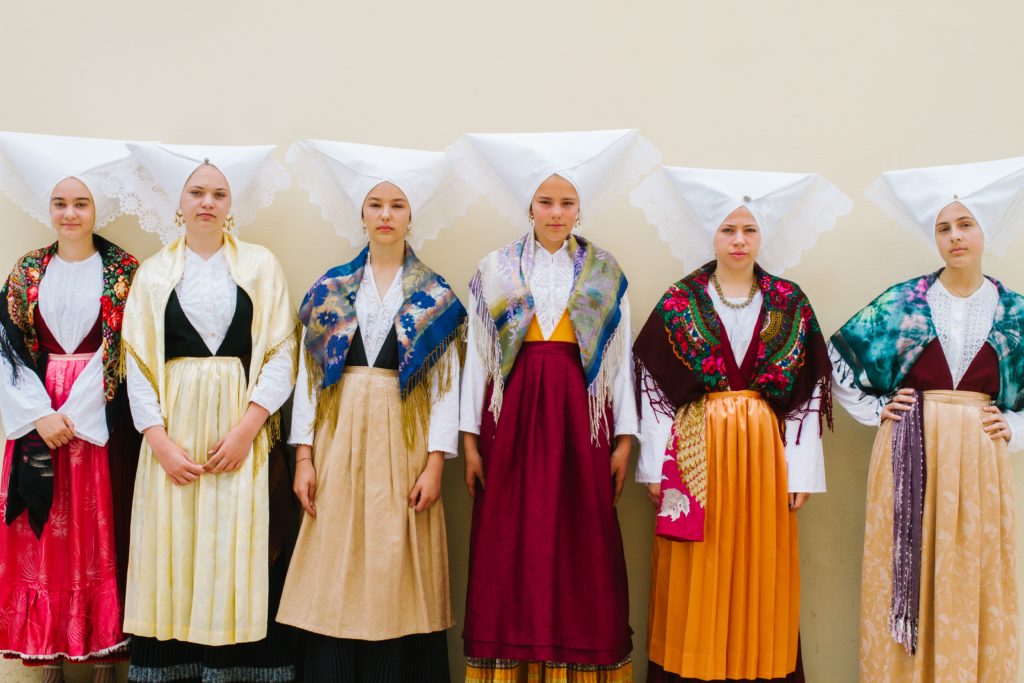
Now, what does one choose in that sheer abundance of options? Moon-like landscapes, beautiful bays, amazing scenes like from another planet? The magical yet modest convent of the Benedictine nuns, the alleyways, the beaches with the crystal clear sea surrounded by a lunar landscape and bare rocks?
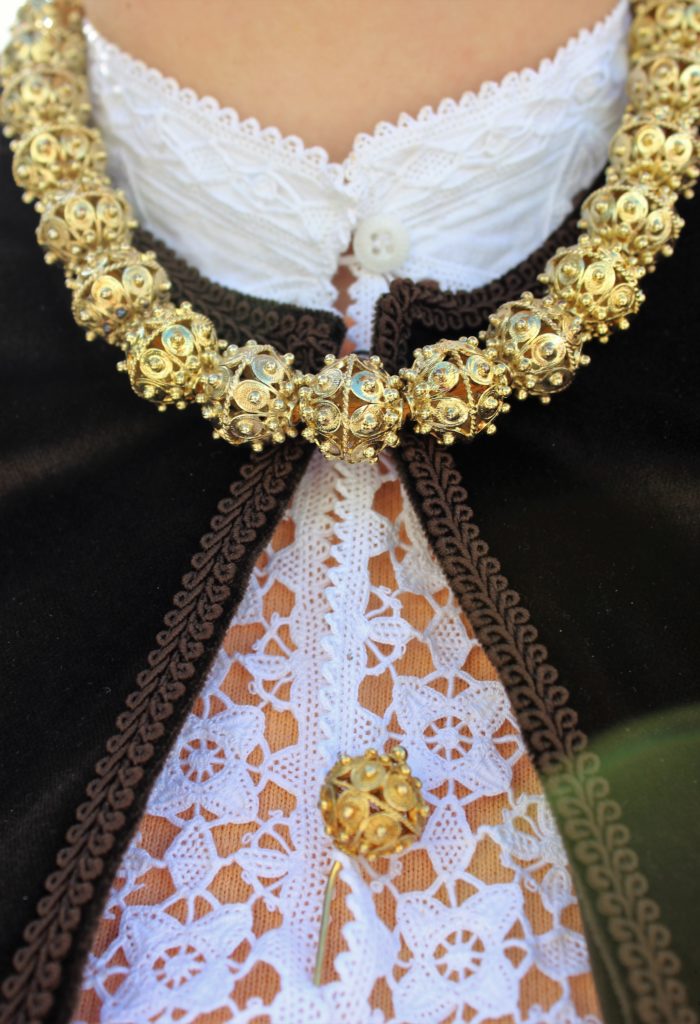
Maybe some of Pag’s gastronomic delicacies? Or the incredible beauty of Pag’s women and girls wearing their original costumes, which are kept in families like the crown jewels and passed down from generation to generation?
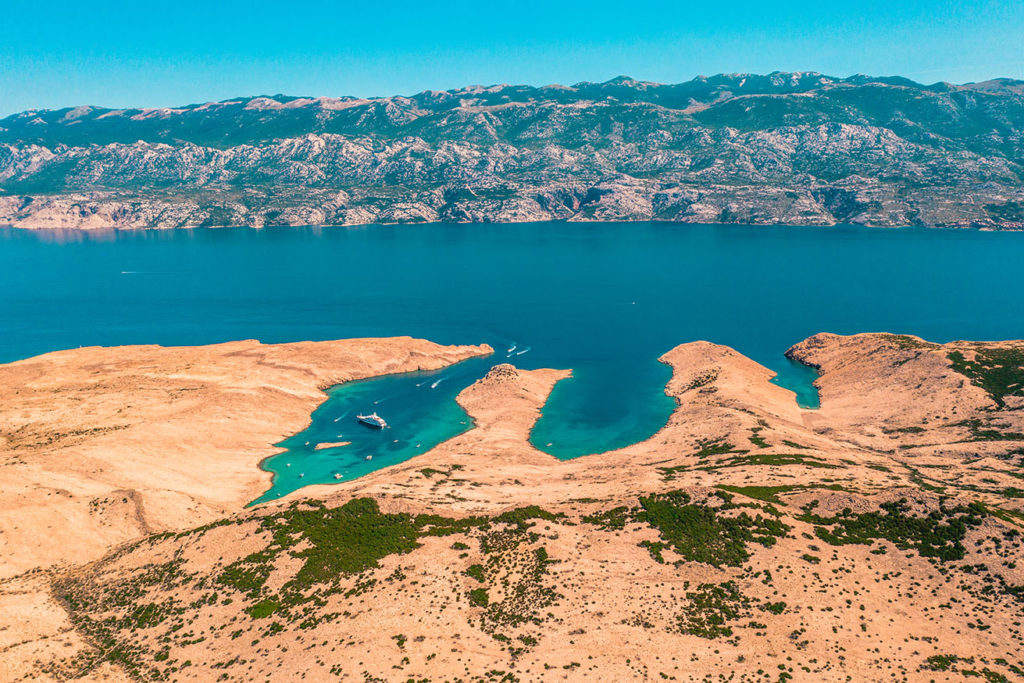
This is exactly what Jakov Baričić showcased about Pag in his works, weaving fashion, tradition and amazing photography into the heart of the story.
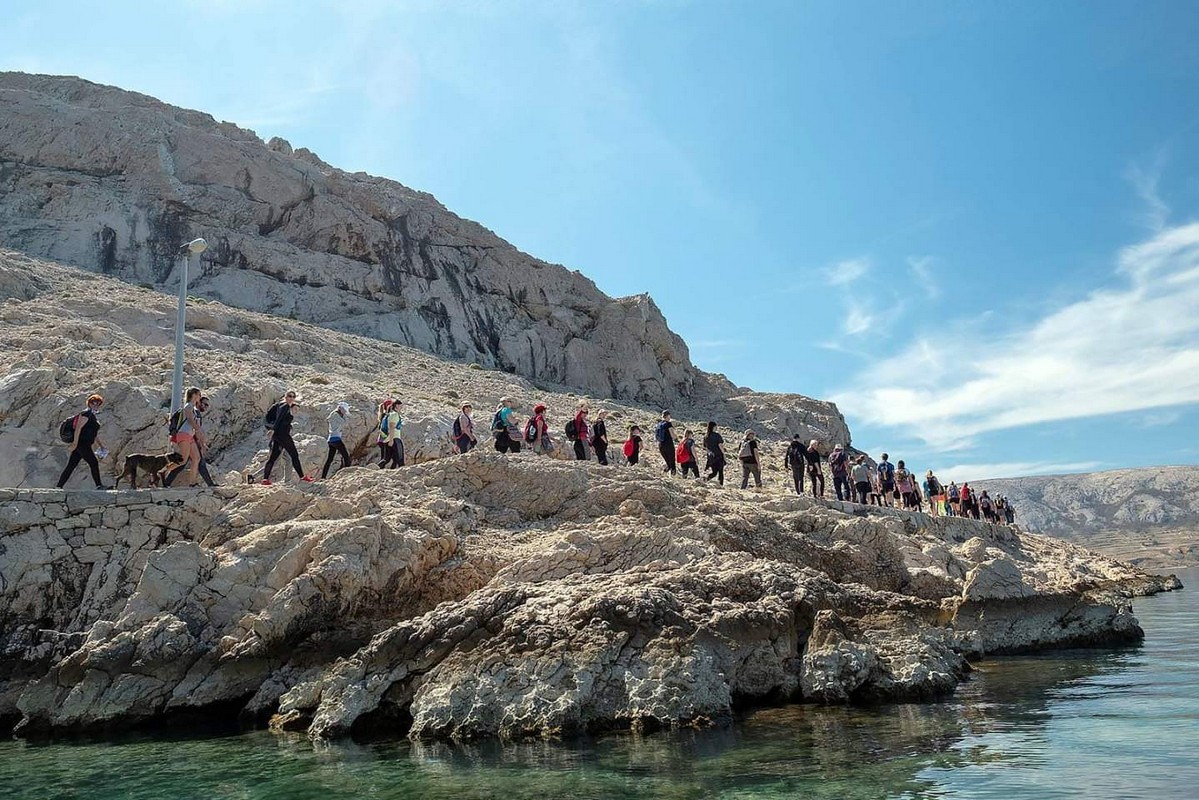
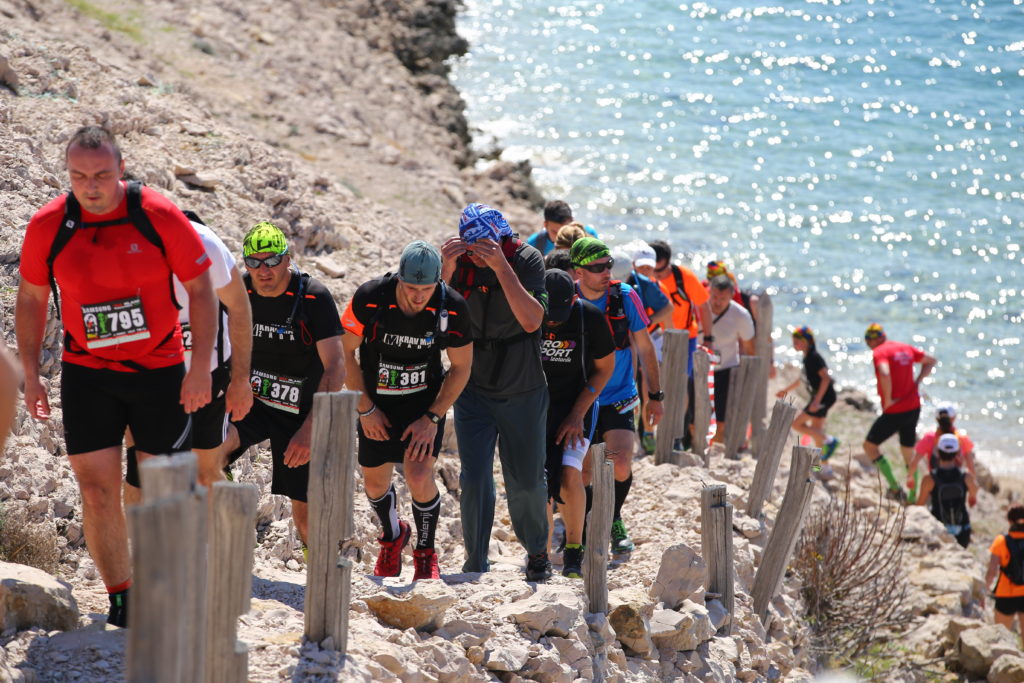
The island of Pag has definitely been the most desirable Croatian outdoor destination for a long time now, which, on the basis of having earned such a title, has been providing fascinating natural attractions to its visitors.
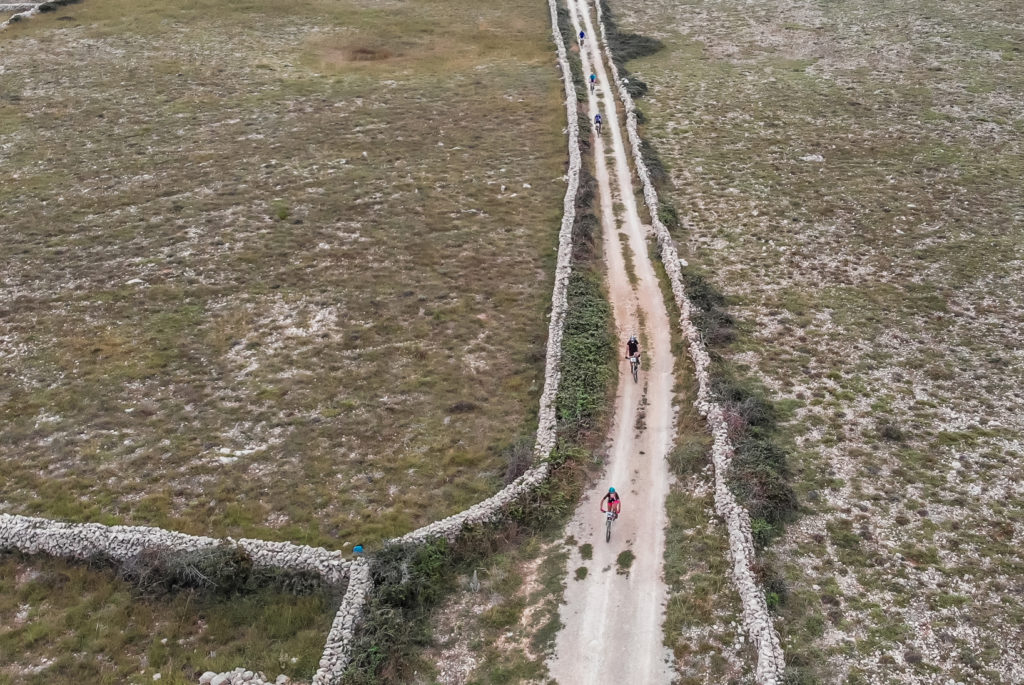
. The most significant thing is the incredible landscapes which resemble the moon itself, extremely rare natural scenery that serves as the background of the trails for the most important outdoor event on the island of Pag - the Life on Mars race.
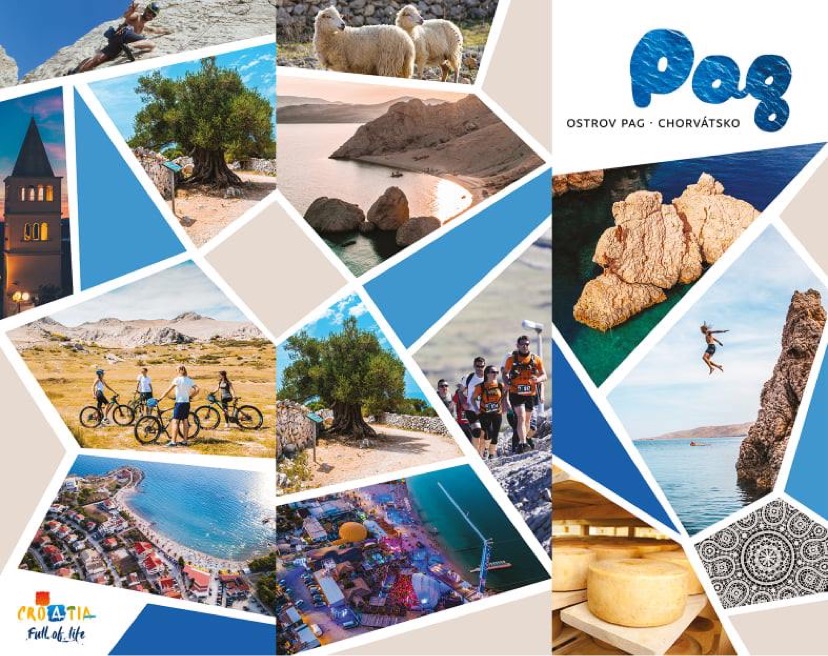
They were actually the beginning of an integrated programme of outdoor activities that positioned the island globally as a top destination for lovers of active tourism. The above is especially true for cycling tourism, and for trails, running and hiking tourism. Aware of the importance of the potential that Pag offers due to its natural features, the the island's united forces have put together a special development plan with phases that will be built on in detail and gradually expanded over this year and the next three years. The project ‘’One island and one common vision’’ was created, with the aim of uniting and branding the island of Pag as a destination for outdoor tourism.
Such natural features didn’t go unnoticed even by film moguls who discovered the perfect scenery for some of the shots from their bestsellers in a surreal backdrop. Are you the type who likes to visit the locations where the famous films were shot?
If so, there are some great opportunities for precisely that on Pag, for example; the shot on the beaches of Novalja, which the director of photography Danny Moder, the husband of ‘’Pretty Woman’’ actress Julia Roberts, chose to shoot the film ‘’Ibiza’’.

On Zrće beach, he also shot with the famous actor from the HBO series Game of Thrones, Richard Madden, who played Robb Stark in the first three seasons. The views of Pag also delighted Oscar winner Gabriel Salvatores, who included them in his new road movie ‘’Strangers in Paradise’’.Pag was the ideal backdrop for the filming of the world-famous series The Terror in fantastic locations such as the rough, rugged Paska vrata, produced by Oscar-winning director and producer - the genius Ridley Scott, who is best known for films such as Thelma & Louise, Alien, Blade Runner, Black Hawk Down and Gladiator, for which he won an Oscar and a Golden Globe for the best picture.
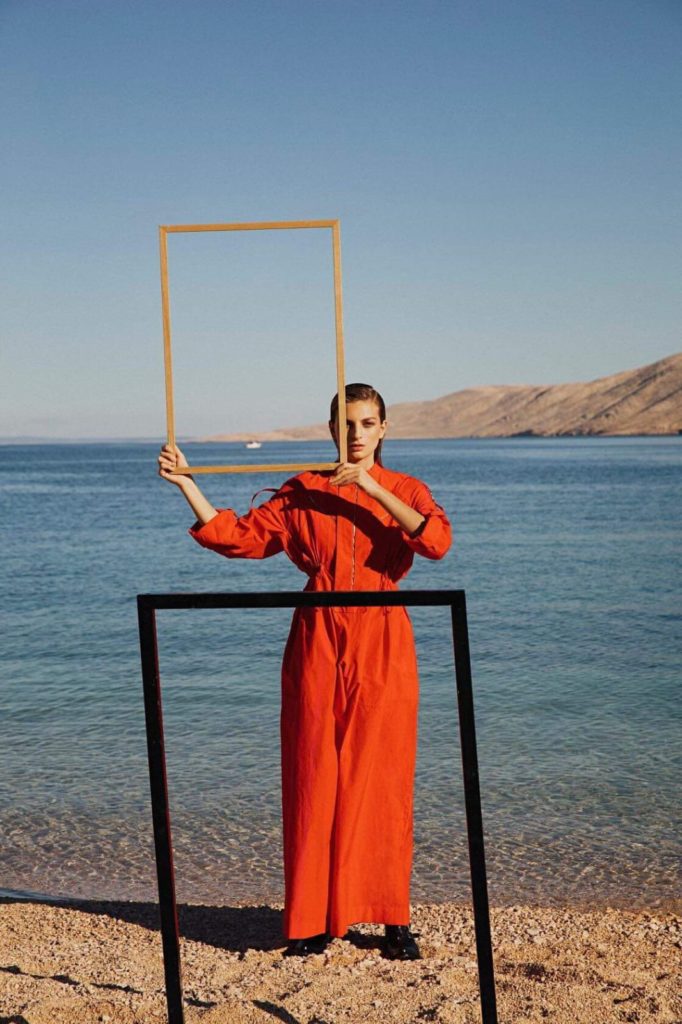
When it comes to the small screen, other jewels from Pag have caught the eyes of the creators of various advertising campaigns, and as a result we now have fantastic global campaigns for the most famous fashion magazine in the world - Vogue. And we all know that where Vogue goes, everyone goes, especially since the fashion giant chose Novalja and the island of Pag for their third fashion editorial.

After the Ukrainian and Latin American Vogue, Pag’s alluring ambiance was discovered by the Portuguese edition, and behind them stands the young photographer Jakov Baričić, a well-known name in the Croatian and global fashion industry.

Why Pag, why the beaches Ručica and Beriknica in Metajna? Precisely because, as the director of the Tourist Board of the City of Novalja, Marina Šćiran Rizner, reveals, like other beaches on the island of Pag, it is among the most stunning in all of Croatia.
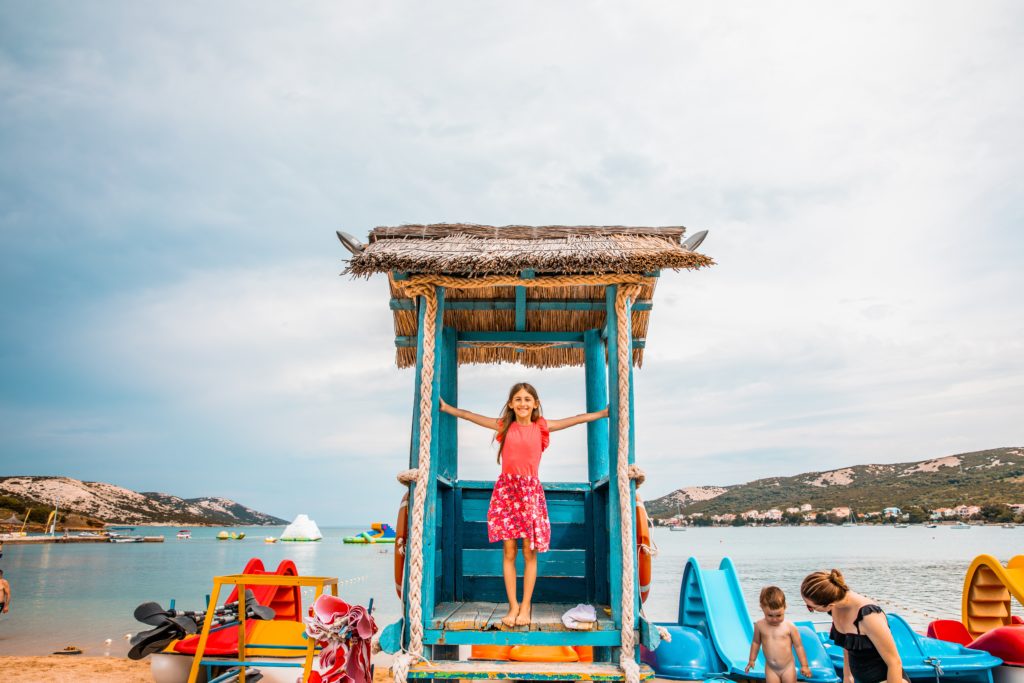
And what Vogue chooses is noticed by other magazines such as Elle, Harper’s Bazaar and others which have included the island of Pag, its beaches and the views from the Lun olive groves in their advertising catalogues.
Then there are the numerous campaigns, for example for famous brands such as Rimac’s cars, BMW, Porsche, Mercedes, Honda, limited American Triumph motorcycles, and Japan’s Canon... They took Pag under their wing, and in that sense they took Pag across the whole world. And given the fact that Pag has gone out into the world, here is another good reason for the world to come to Pag, to taste, feel, smell and enjoy the best that this island has to offer. The island boasts many fantastic locations and five destinations - Novalja, Pag, Kolan, Stara Novalja, Povljana. Five pearls of the island that are part of the great strategy to brand the island as one single entity.
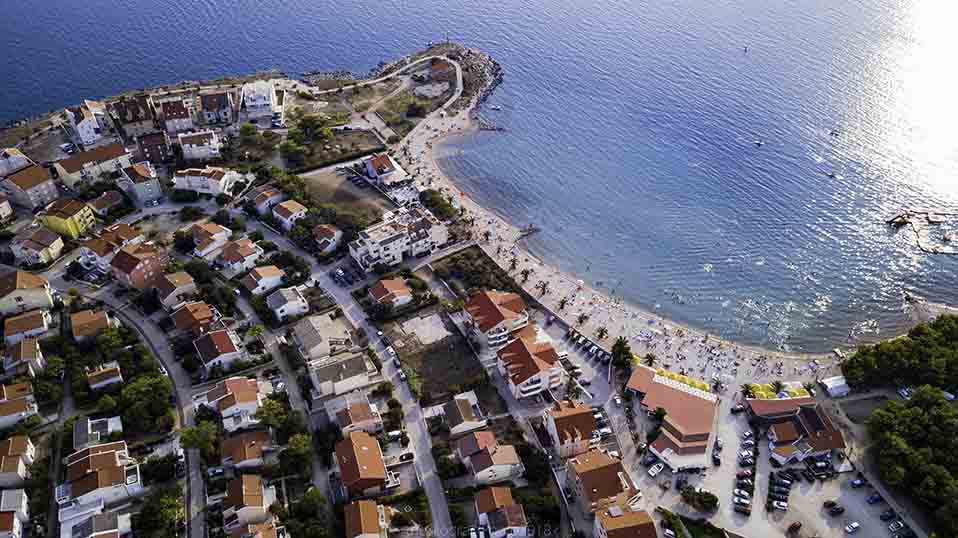
They ‘’performed’’ together at foreign tourism fairs, and together they launched events such as the rowing regatta ‘’Osmerci on Pag’’ and ‘’Pag on the menu’’. This also resulted in the signing of a joint agreement of all the tourist boards of the island of Pag and the branding of the destination through outdoor tourism.
NEW PROMO VIDEO
A joint tourist-oriented work is also coming to market, a film that brought to the forefront some of the island's most important acquisitions. The City of Pag presented itself with its UNESCO-protected Pag lace, a beautiful view of the old town reminiscent of Dubrovnik, folk costumes, dances from Pag, and gastronomic attractions, to the people of the Benedictine monastery of St. Margaret.
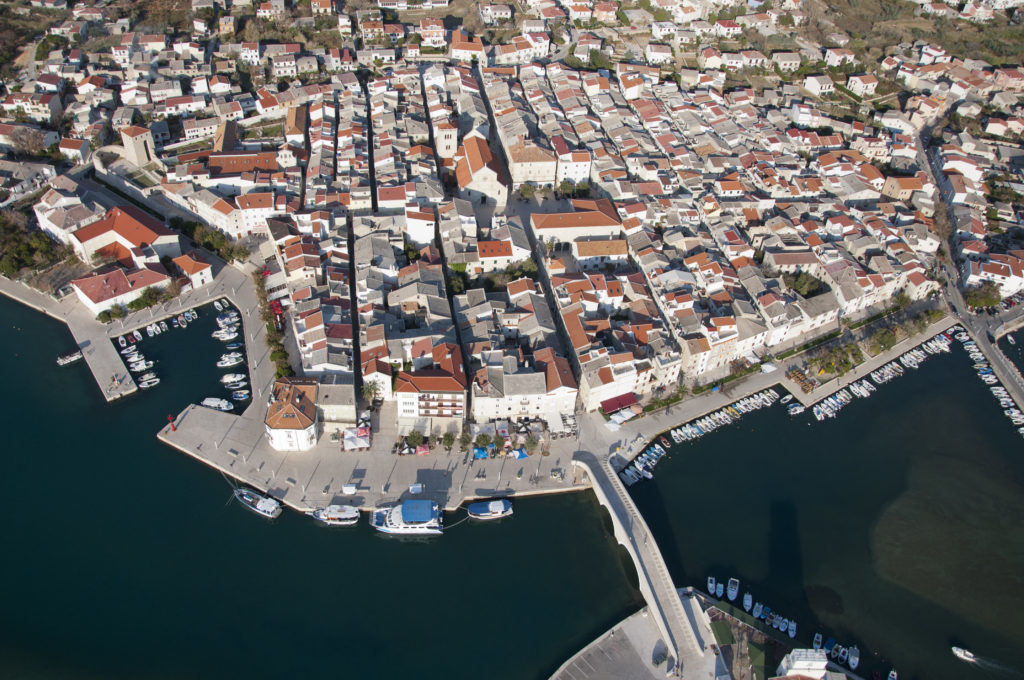
The film also presented the undisputed gastronomic delicacies such as the famous Pag cheese, but also views of the Pag saltworks, the ‘’Embrace of stone and wind’’ cycling path which was co-financed by the Ministry of Regional Development and EU funds, and the island’s Nordic walking trails. It showcased only what is already well known, that Pag is, more than anything, the entire taste and smell of the destination, the perfect place to relax and the provider of a truly unforgettable experience.
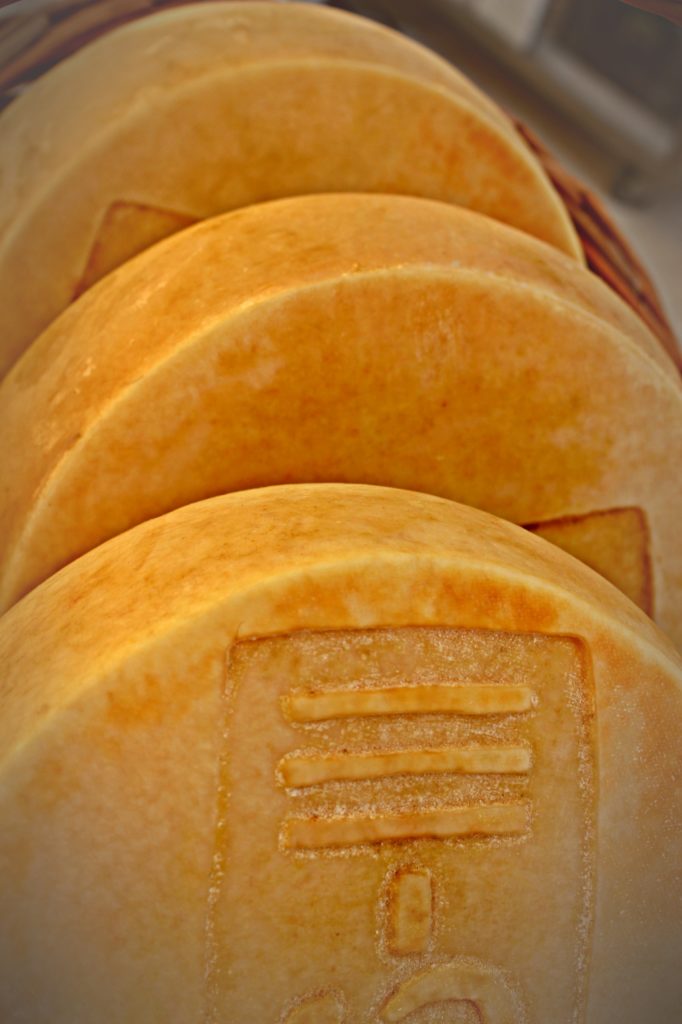
There is also the award-winning camp Straško and camp Šimuni, cultural heritage, galleries which showcase the island’s inherited wealth, ornithological reserves, an amazing underwater amphora site near Šimun, the protected area of the Hanzina forest, the Lun olive groves, the Roman aqueduct…
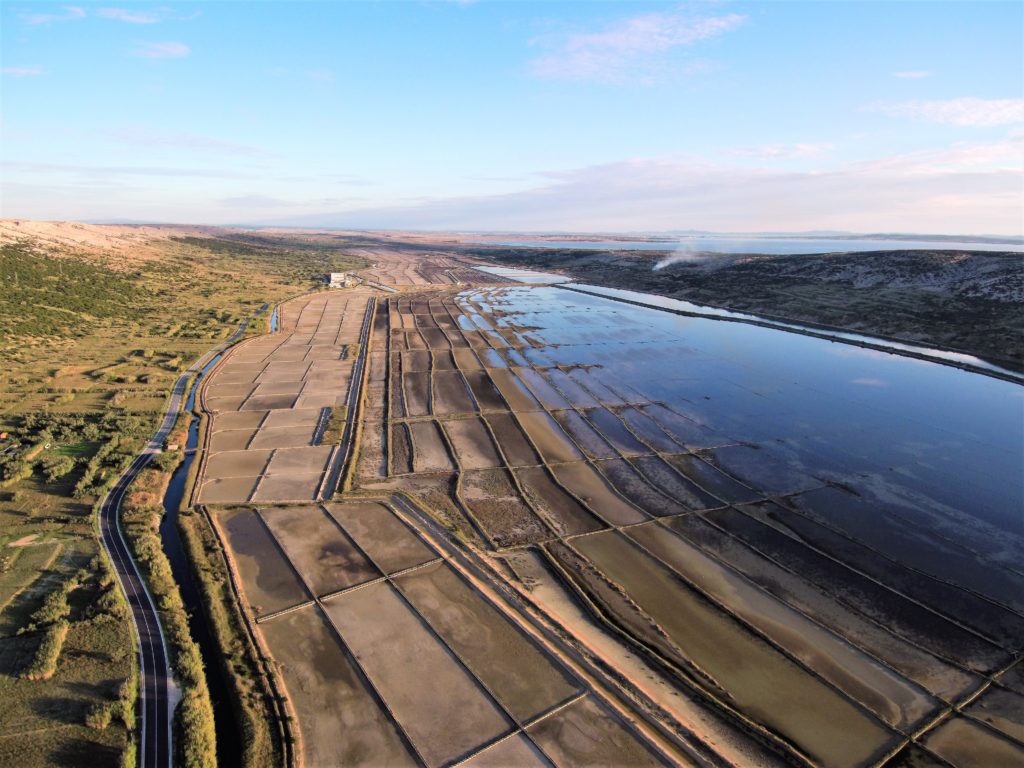
Anyone who comes to Pag will find it difficult to leave it again. Because, among other things, the bay of Ručica awaits its visitors with its gorgeous long sandy beaches framed by bare rocks that stretch steeply out into the sea. Or the numerous beaches that stretch along the entire island.
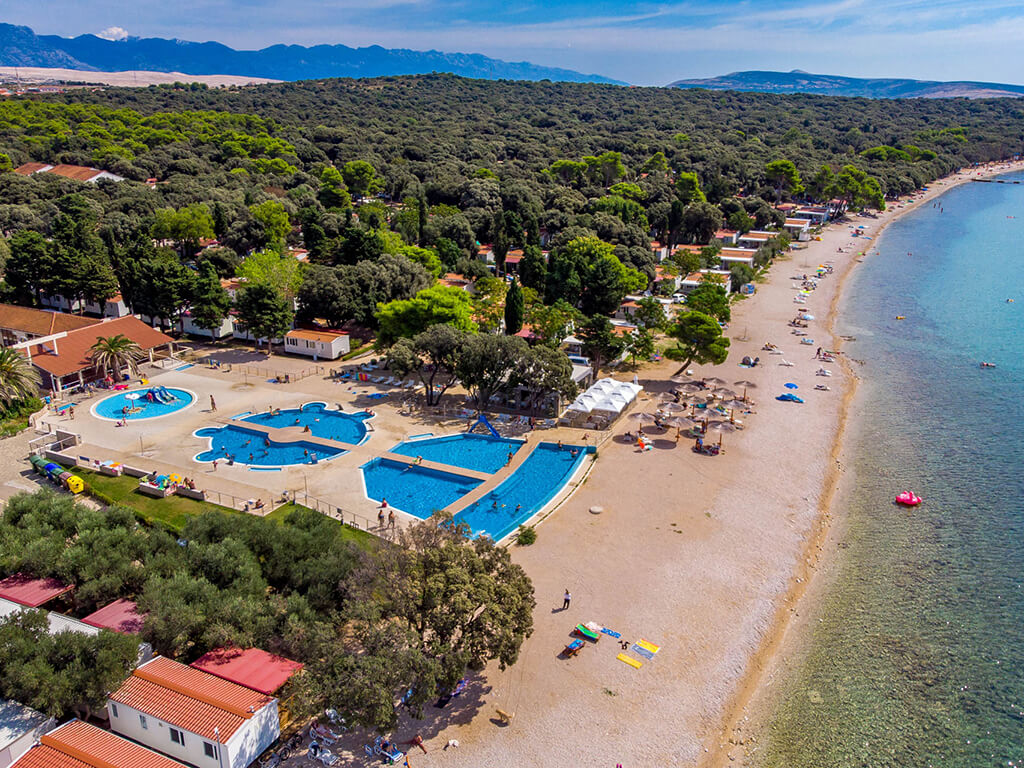
You can enjoy the view of the dry stone walls, climb up to the various lookouts, and even enjoy Pag’s healing mud. Some will choose to observe the birds in the ornithological reserve, many will be interested in the famous Pag Triangle, a place which carries with it a legend about extraterrestrial civilisations that may have left their mark there.
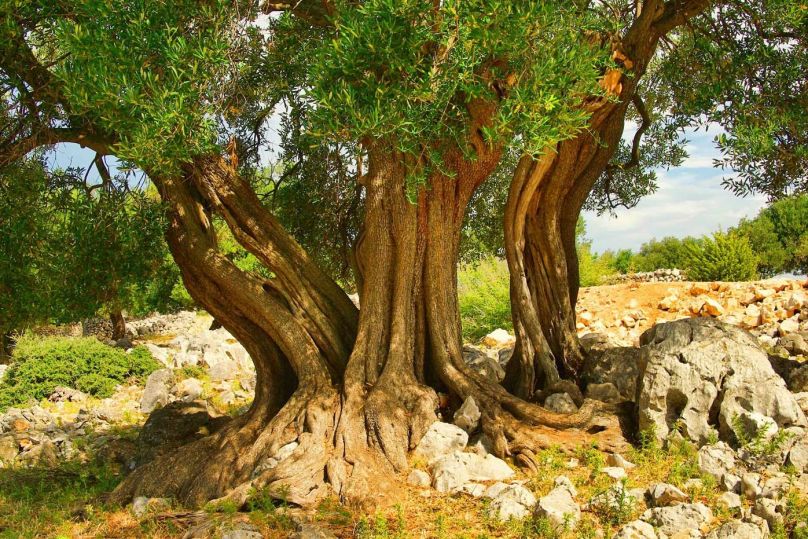
Are you perhaps in favour of sage cheese, or one made from a combination of sheep's and cow's milk that has been awarded many times at various fairs in the country and throughout the world?

Or maybe you’re up for some cheese with paprika? We definitely recommend trying the cheese with green and black olives, cottage cheese as a rhapsody of flavours, and pralines with Pag cheese, which can also be taken home as an original island souvenir.

All of this is Pag, a combination of traditional, modern, the future, recognisable and ready to lure you to it.
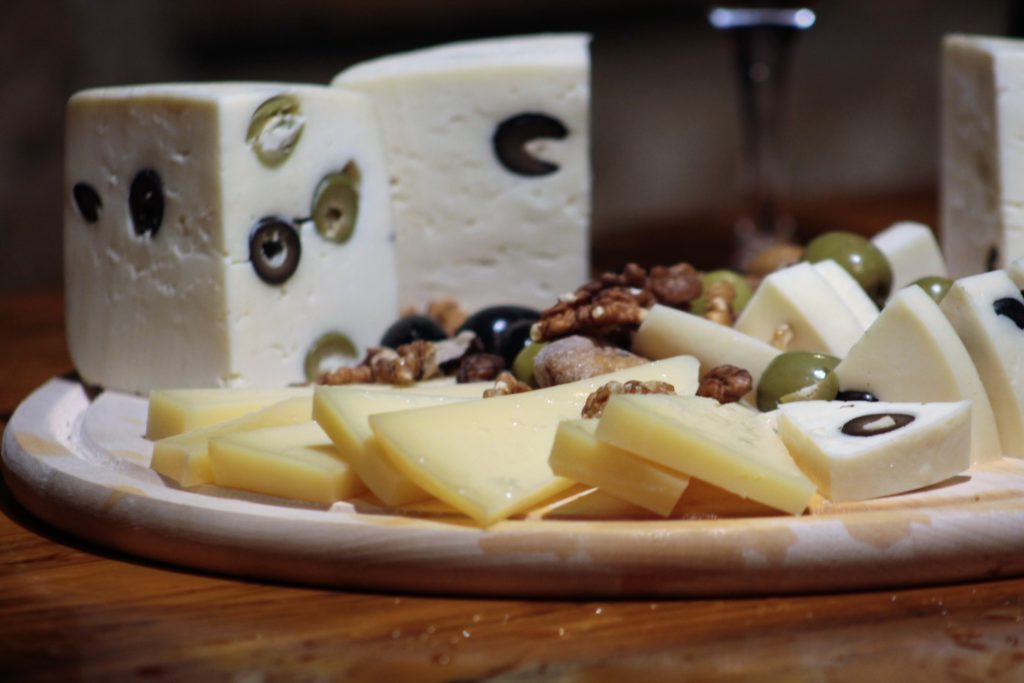
You know the saying: When you dip your finger in the sea you are connected to the whole world. The same is also true of Pag: When you experience Pag, you experience life.
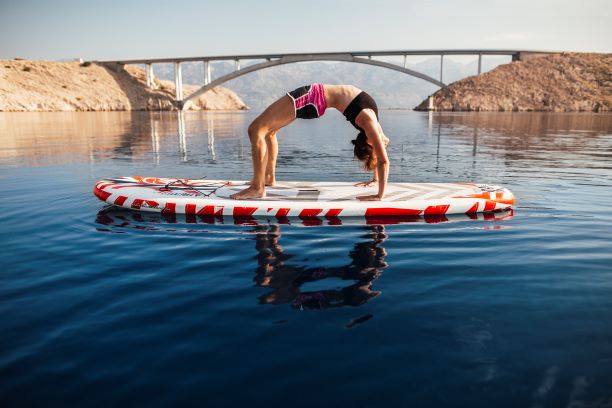
The island is just waiting for you to grab it with both hands and a set of full lungs.

More:
www.visitnovalja.hr
www.tzkolan-mandre.com
www.tzgpag.hr
www.tzstaranovalja.hr
www.visitpovljana.eu
Photo: archieve TB Pag
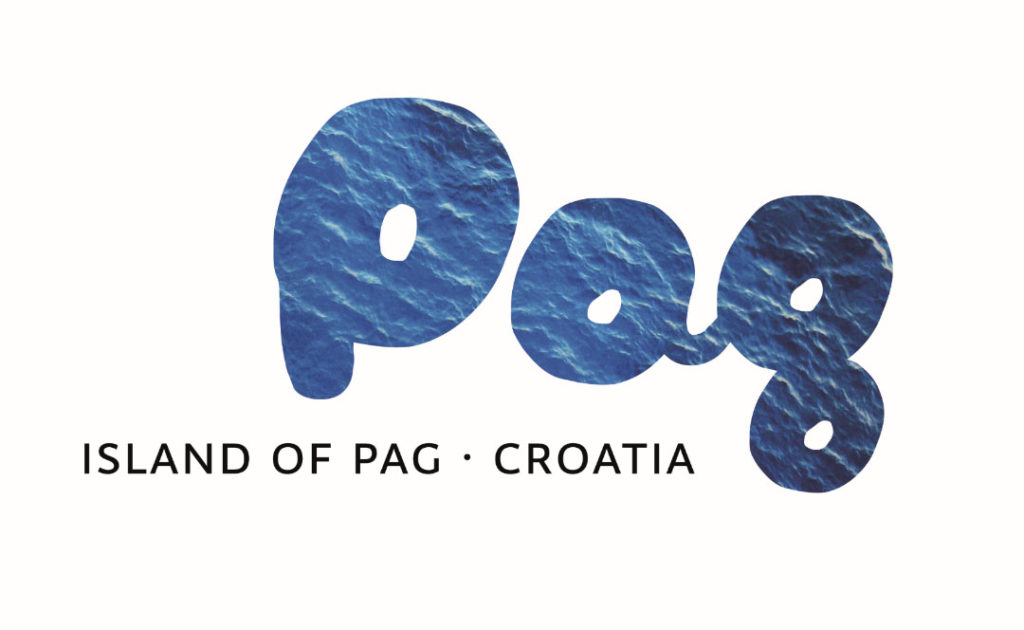
THE HOLIDAY OF YOUR DREAMS! New promotional video showcasing the beauty of Central Dalmatia launched!
The Split-Dalmatia County Tourist Board has launched a new communication concept - a promotional video called Central Dalmatia - A Dream Waiting For You
After months of dormancy and marketing inactivity, the Split-Dalmatia County Tourist Board has launched a promotional campaign aimed at the surrounding markets. The Split-Dalmatia County Tourist Board has been patiently waiting for the adequate conditions to be achieved, i.e. for a favourable epidemiological situation to be declared, and for the establishment of tourist traffic to begin.
The most prominent part of the promotional campaign is a new video, launched just a few days ago, aimed at targeted European markets, and designed by the Split-Dalmatia County Tourist Board to communicate with its millions of followers on social networks Facebook, Instagram, Twitter and other online platforms. Making a step forward in terms of marketing as we begin re-opening borders and establishing tourist traffic in these areas. Given the circumstances that have ensued across the world due to the COVID-19 pandemic and the almost complete cessation of tourist movement, this campaign wants to draw the attention of current and future tourists to the beauty of Central Dalmatia, the favourable epidemiological situation in this region, and the availability of travel.
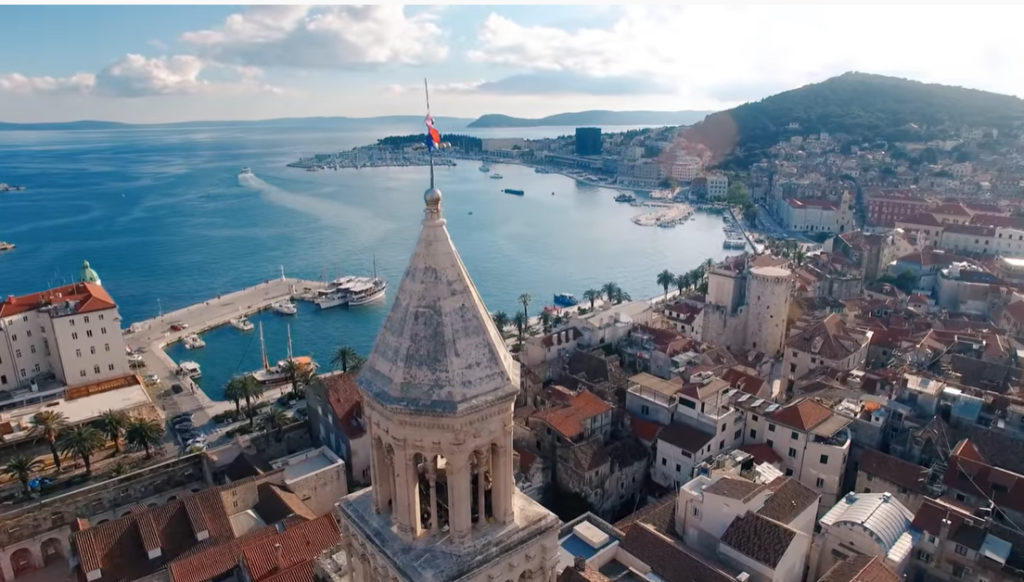
Central Dalmatia and all of its treasures, the beauty of its lakes, rivers, sea, beaches, bays, towns and islands are ready and waiting for guests to arrive. In Central Dalmatia there lie safe, preserved, coronavirus free locations which are full of hidden beauty and are always ready to reveal themselves to dear friends and guests. Central Dalmatia truly represents a treasure trove of feelings and a set of memories for those who have already been met with its beauty.
This is a dream that awaits all those who will meet Central Dalmatia for the very first time. Central Dalmatia is still here and is now ready for socialisation again, sending out an invitation for all who want to get a taste of a holiday which will never leave their minds and hearts. All of the above is why Central Dalmatia is inviting all those who want to experience real adventures on the journey of a lifetime, to come and get better acquainted with this area as the most special and indeed most diverse car destination. At every new corner, behind every bend in the road, and after exiting every tunnel, Central Dalmatia provides a new, most beautiful postcard.
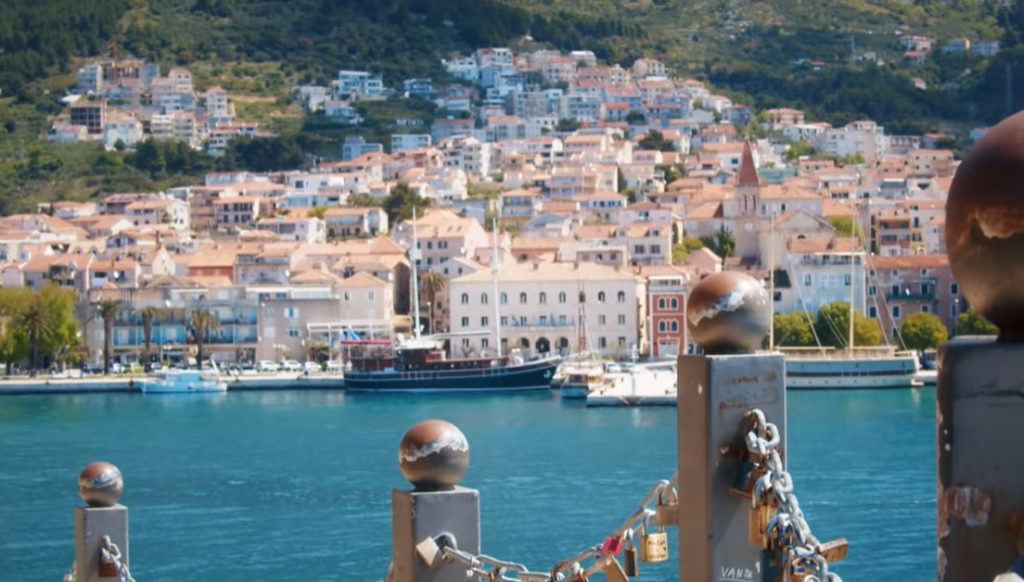
The Split-Dalmatia County Tourist Board has thus launched promotional campaigns aimed at the markets of Germany, Poland, Slovakia, the Czech Republic, Slovenia, Bosnia and Herzegovina and Austria. And this time, it’s turning towards all those who are ready to step into this new platform of Central Dalmatia’s tourist offer.
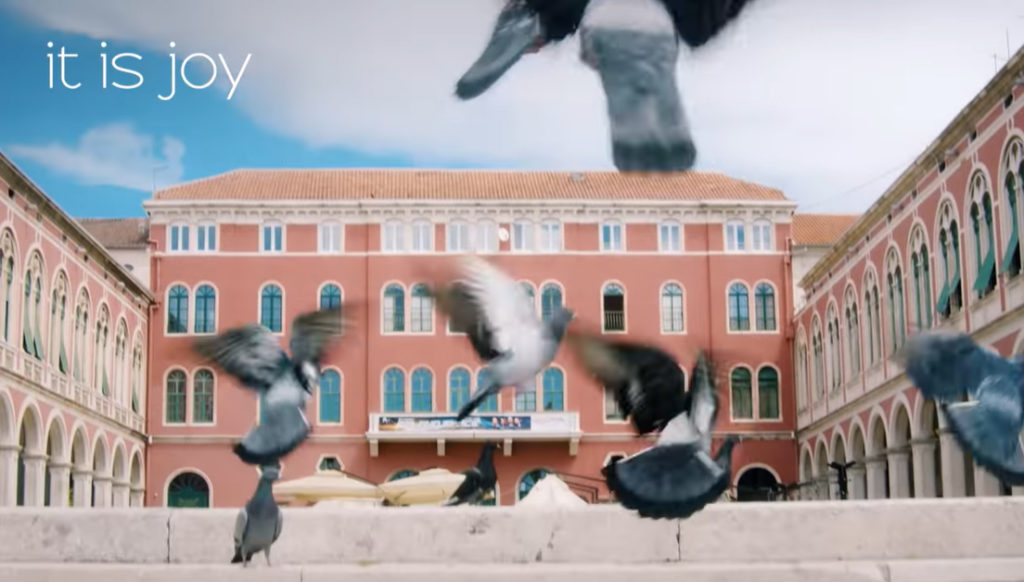
Those who do step into this new platform will be provided with a perfect holiday that they will never forget even in the post-coronavirus era. The platform suggests that people come and get better acquainted with the specialties Central Dalmatia offers as a car destination, which includes a wide variety of specifics. Because Central Dalmatia is more than just another tourist destination, one of those aforementioned specificities is the feeling of 100 percent freedom, and at the same time the most beautiful sense of harmony. It is an area where every friend and guest can feel all the treasures this area has to offer - all in one place.
’We are carefully monitoring the situation in the main emitting markets of Central Dalmatia, just as our hoteliers, caterers and hospitality workers, tourist camps, owners of family accommodation and the nautical tourism sector are all waiting for an agreement between the epidemiological and tourist professions which should enable the protection of human health and the realisation of the summer portion of this tourist year. But in the meantime, despite the modest funds available to the County Tourist Board under these circumstances, we have prepared promotional campaigns aimed at our traditional markets of Germany, Poland, Slovakia, the Czech Republic, Slovenia, Bosnia and Herzegovina and Austria. Through them, we will further promote Central Dalmatia as a destination to which one can drive. The most prominent part of the promotional campaign is the new video that was launched a few days ago, which is aimed at targeted European markets and represents a step forward in terms of marketing at this time when we’re starting to open borders again and establish tourist traffic in these areas,’’ says Joško Stella, director of the Split-Dalmatia County Tourist Board.

Through this way of getting better acquainted with the area, every new and previous guest in Central Dalmatia has the opportunity to get to know the connection between the past and the present, the gastronomy offered here, as well as get a taste of adrenaline, fun and relaxation. Through car tours, they will get to see Central Dalmatia’s UNESCO cities, Trogir and Split, drink coffee in Emperor Diocletian’s square, enjoy the healthiest Mediterranean food in the world, and watch kite surfers on the city’s beaches.
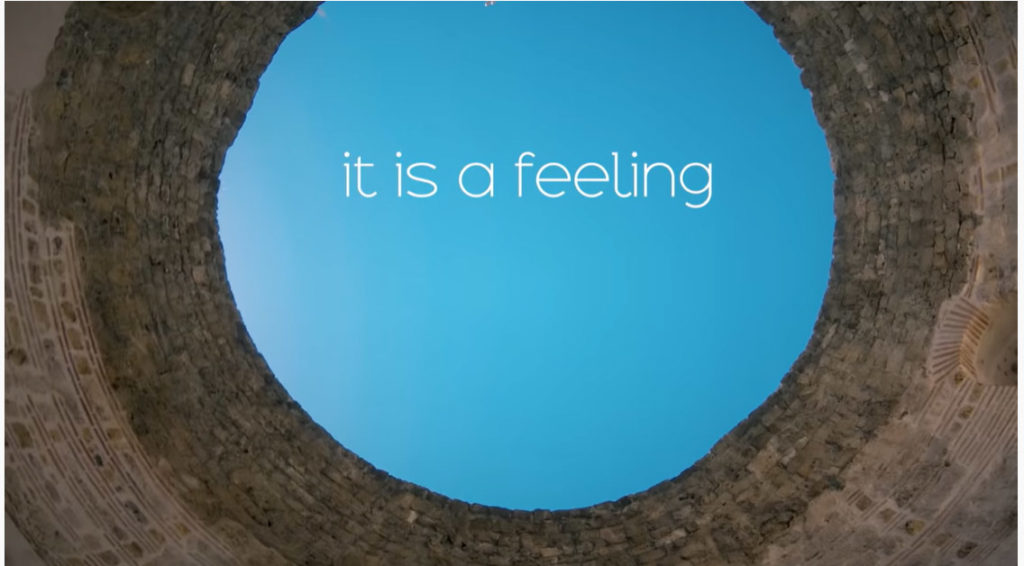
They will go to the Dalmatian hinterland, taste grilled trout from the rivers, and taste top-quality home-made wine from carefully looked-after vineyards. They will head south, to the famous beach in Bol, to Zlatni rat, and see this unique world phenomenon that changes shape as the wind blows with their own eyes.
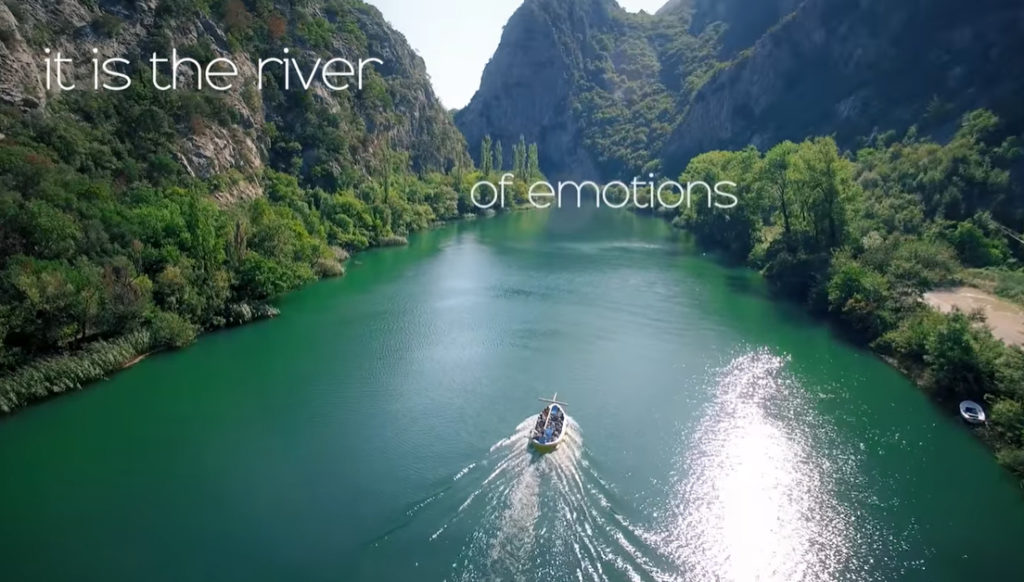
They will swim in the crystal clear coves, enjoy the sea, which has never been more gentle and transparent, and then they will return to the coast again. They can then soar up high into the hills of Omis, to enjoy the lookout from the palms of their hands, and in its centre, in a city where honour and freedom were guarded by the famous Omis Pirates.
There, one can walk through the cobbled streets and head in the direction of the Makarska Riviera and choose which of the gorgeous beaches to descend down to. There, they will feel something that will never leave their heads again, some will feel the warmth of the soul of the place and its people, some will have the feeling of unique fun imprinted on their souls, and everyone will have a memory that will stay with them forever.
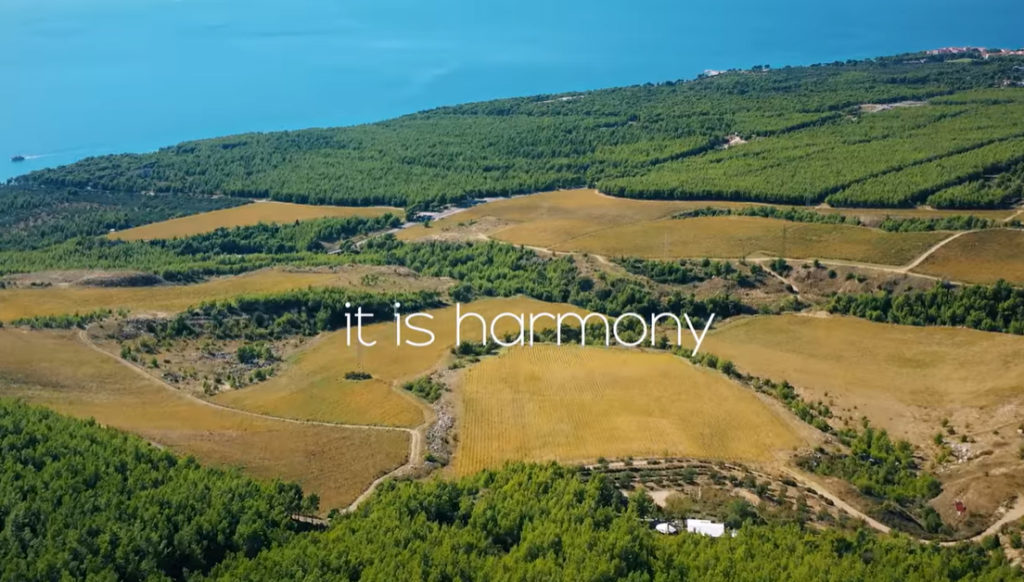
Because when Central Dalmatia invites you as a guest, then everyone who responds will start breathing with full lungs again. Come to Central Dalmatia to taste happiness.
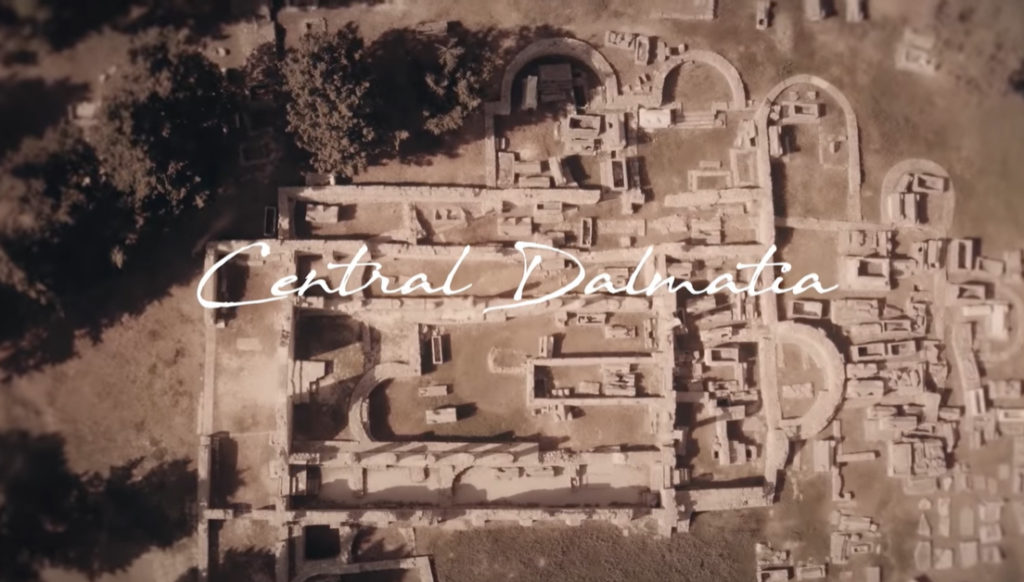
More: dalmatia.hr
Discover the ‘’Game of Thrones’’ filming locations in Central Dalmatia
In Central Dalmatia, tourists have an incredible opportunity to step into the fantasy world in the blink of an eye, right into the cinematic scene, to the very locations where the legendary HBO series ‘’Game of Thrones’’ was filmed.
The whole world has long since known that one of the most watched and popular television series in history was filmed in Croatia. And regardless of the fact that the filming and broadcasting of the series has now been completed, fans' interest in visiting the series’ filming locations hasn’t ceased.

Owing to this mega project, Dubrovnik has become the dangerous city of King's Landing, the stronghold of the powerful Lannister family. But it isn’t only the ramparts, towers, and lookouts of this city which have become a draw for fans of the cult series, there are also numerous locations across Split-Dalmatia County that are enthusiastically visited by fans of the series.
Split and Split-Dalmatia County were attractive to the authors and creators of the series precisely because of their original historical locations, and because of the fact that the scenery was original here and that it only had to be adapted to the story of the series with the use of some special effects.
Split, a city under UNESCO heritage, with its perfect historical
construction, delighted GOT screenwriters who, at the city’s very heart,
discovered fascinating locations for filming the series. And then they realised
that the environment of Split is just as powerful, deciding to shoot some of
the most important scenes of the global spectacle in this part of Croatia, and
then to place all of those those locations on a map of the GOT locations that
every serious fan of the series must visit.
DON'T MISS ANY IMPORTANT
DETAILS!
In order not to wander aimlessly, the Split-Dalmatia County Tourist Board has made sure to invest significant marketing resources in promoting this project and has prepared an attractive map of Game of Thrones filming locations.
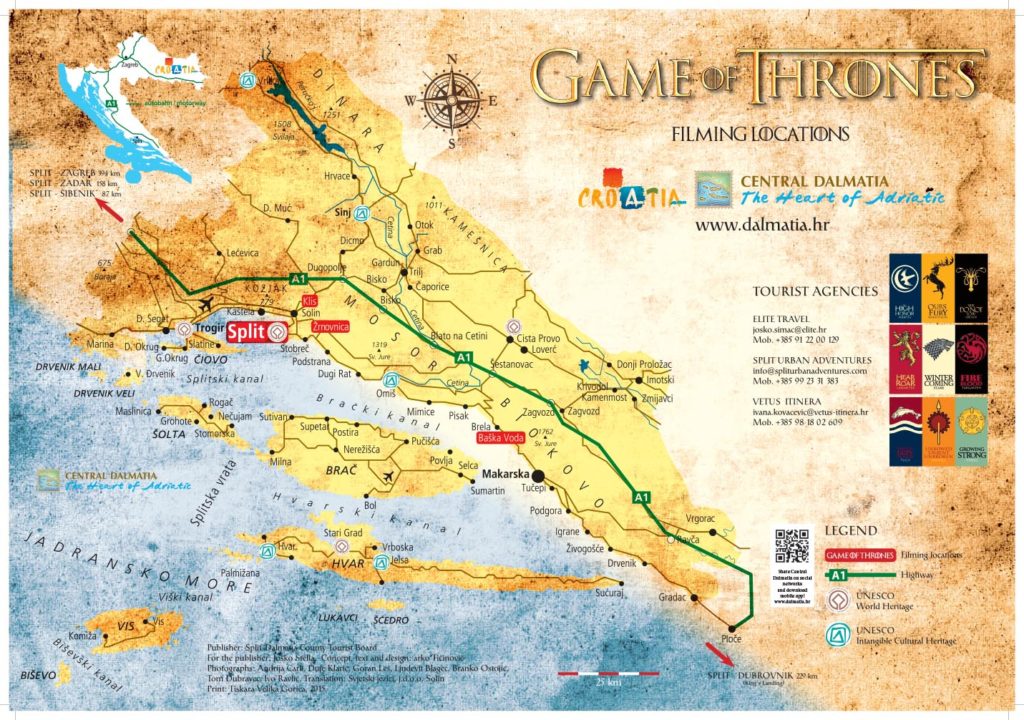

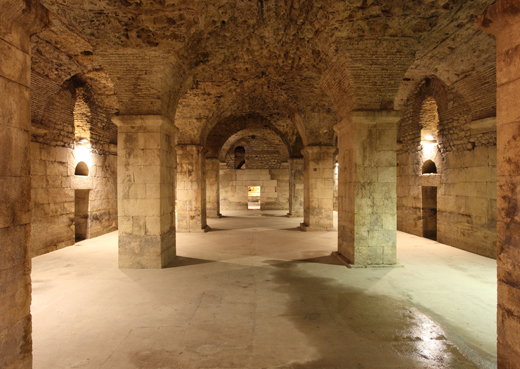
Game of Thrones filming locations in Split-Dalmatia County:
- Split - Cellars (Podrumi)
This truly monumental space, which stretches beneath the famed
Diocletian's Palace, is breathtaking in its beauty. The stone structures, the
arches, the secret passages, the impression of cold that the underground world
provides are all part of the home of the former Roman emperor Diocletian.
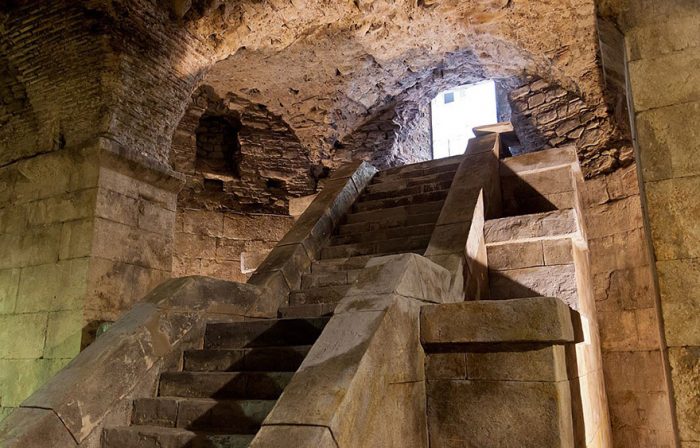
These cellars are an unavoidable stop for many tourists. And since this very old area in Split became a GOT site, numerous fans of the series have come to see it. Desiring to feel the atmosphere, the mystique of the dungeons, the room where the powerful Daenerys locked her famed pet dragons.

Here, among the smooth stone walls below Split, from which dragons cannot escape, some of the cult scenes were filmed.
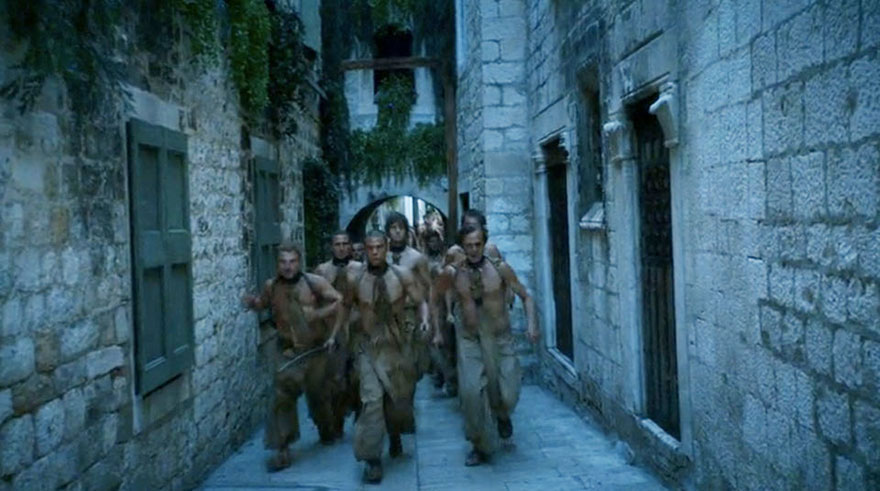
2. Split - the alleyways
After the cellars where the stone atmosphere creates a pleasant cold even during the highest summer temperatures, a climb to Peristyle awaits tourists. This is a fascinating imperial square, with its open-plan setting. And then an easy walk to the streets of Split, across the old stone floor, past the facades of the houses where people still live today.
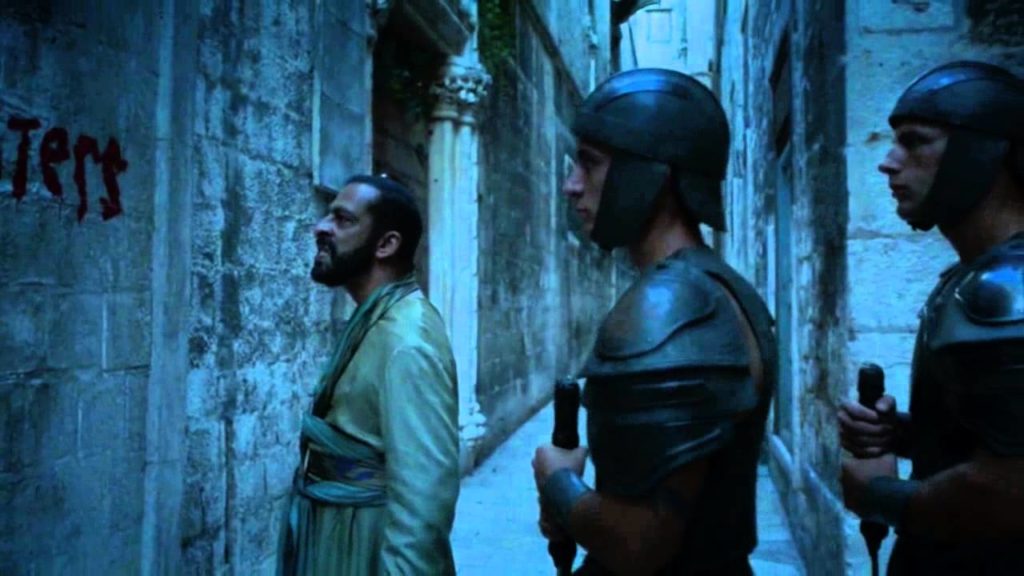
Here, in the veins of the city, Daenerys's slaves were plotting around the fire to conspire, thinking up their new moves. In the palace, the Mother of Dragons filmed numerous scenes, including the one where she sat on her throne.
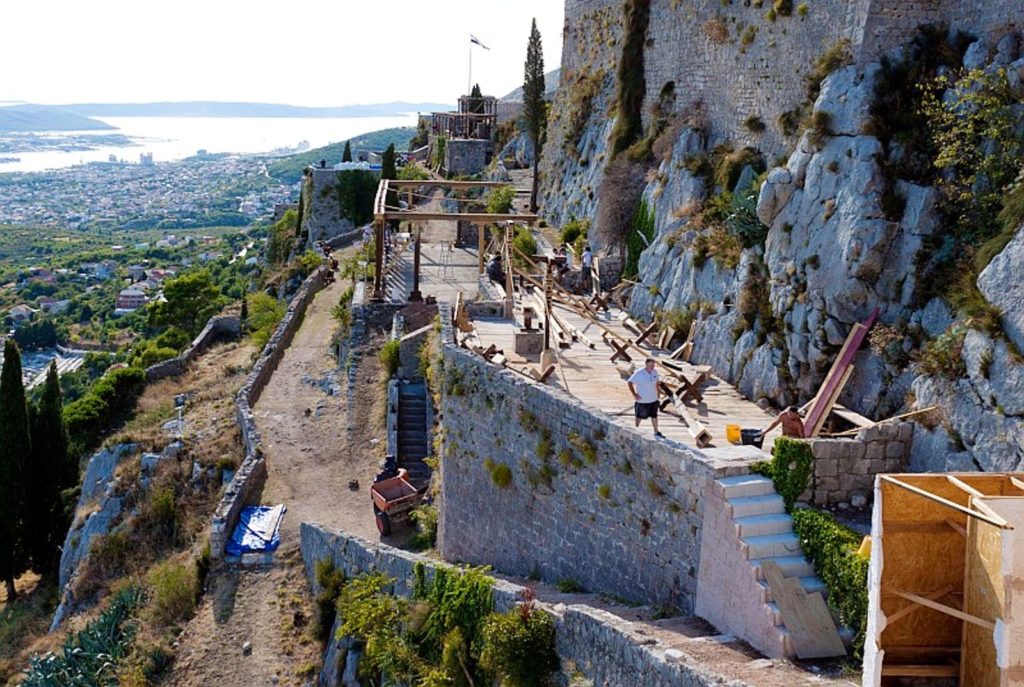
3. Klis Fortress
The view of it is fascinating, the view of a huge powerful
building on the top of the mountain near the sea, from which a beautiful view
of the valley, Split at the foothills, the coast, the islands is offered. In
the GOT series, it is in this historic building that the scenes of the largest
of the great city-states of Slaver’s Bay, Meereen, were filmed.
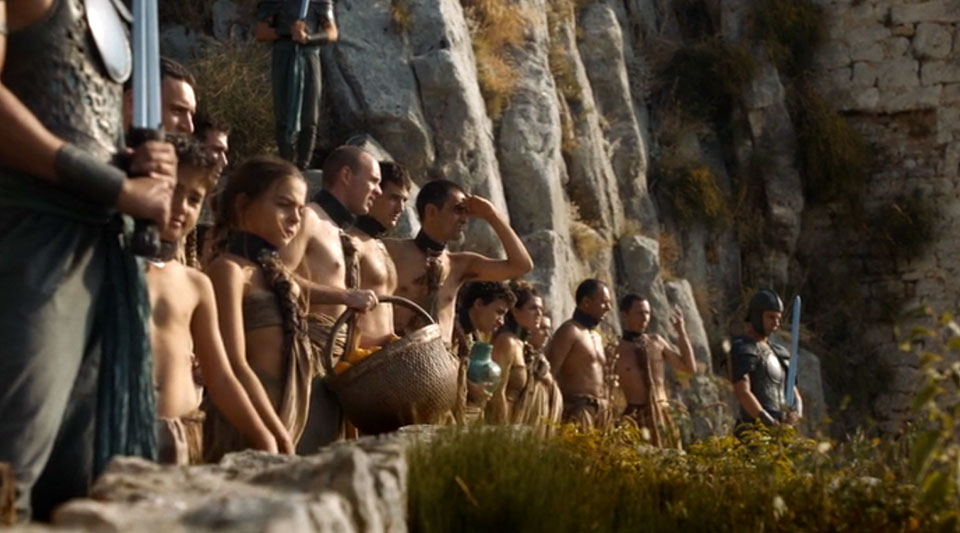
Klis Fortress came to the forefront in the season in which Daenerys conquers the city of Meereen. Fans of the series will remember her as the site of a masses of scene, packed with slaves dressed in modest togas, who flooded the gravel paths leading to the medieval building.
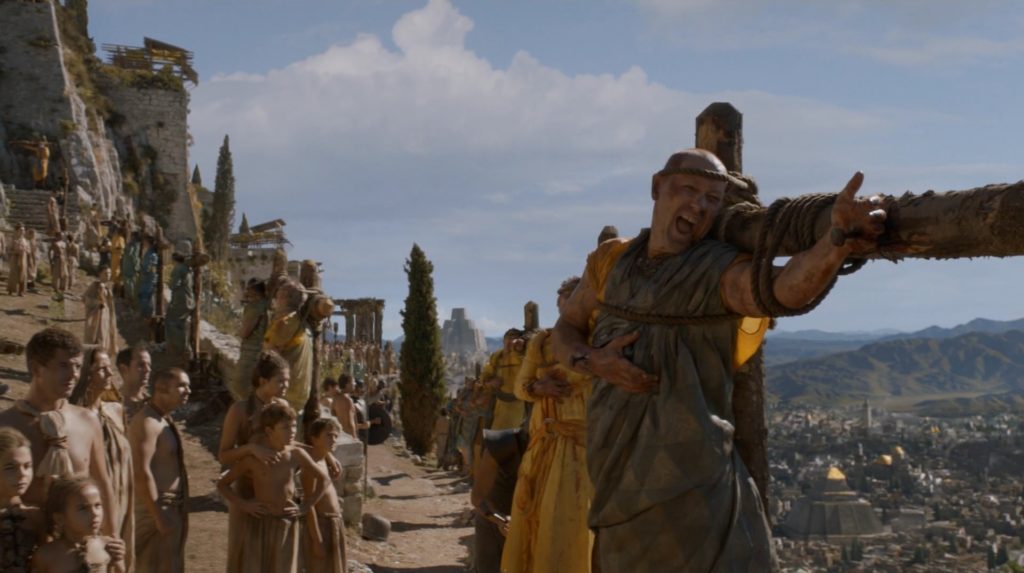
This is exactly where Khalesi publicly impaled the disobedient city authorities for everyone to witness.
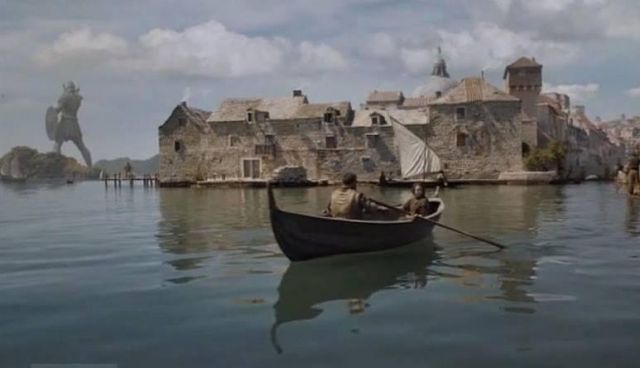
4. Kaštel Gomilica
Remember Braavos, a seaside town, and the scene where young
Arya mysteriously stands on a pier? This scene was filmed in Kaštel Gomilica, a
small town not far from Split, and at its heart is a medieval castle belonging
to Benedictine nuns.
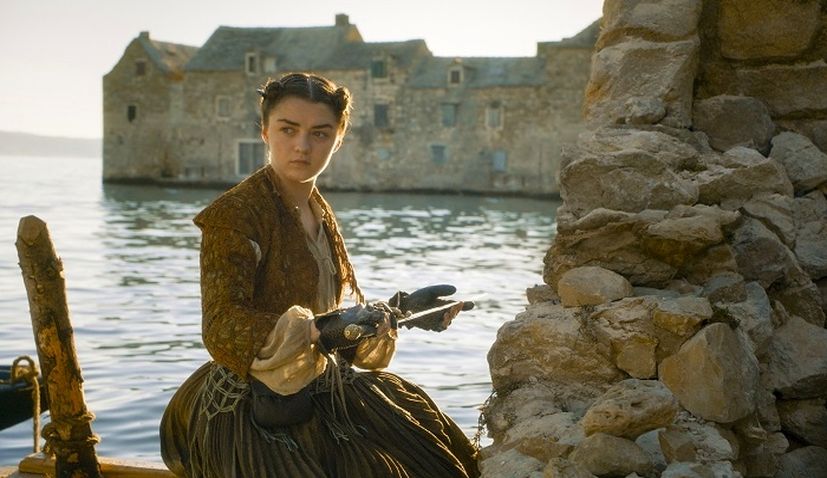
It was in this small, peaceful, beautiful town that Arya transformed into Cat, took on a different identity, and found her temporary home in the home of fishmonger Brusco and his daughters.Upravo u tom malom, mirnom, prelijepom gradiću,
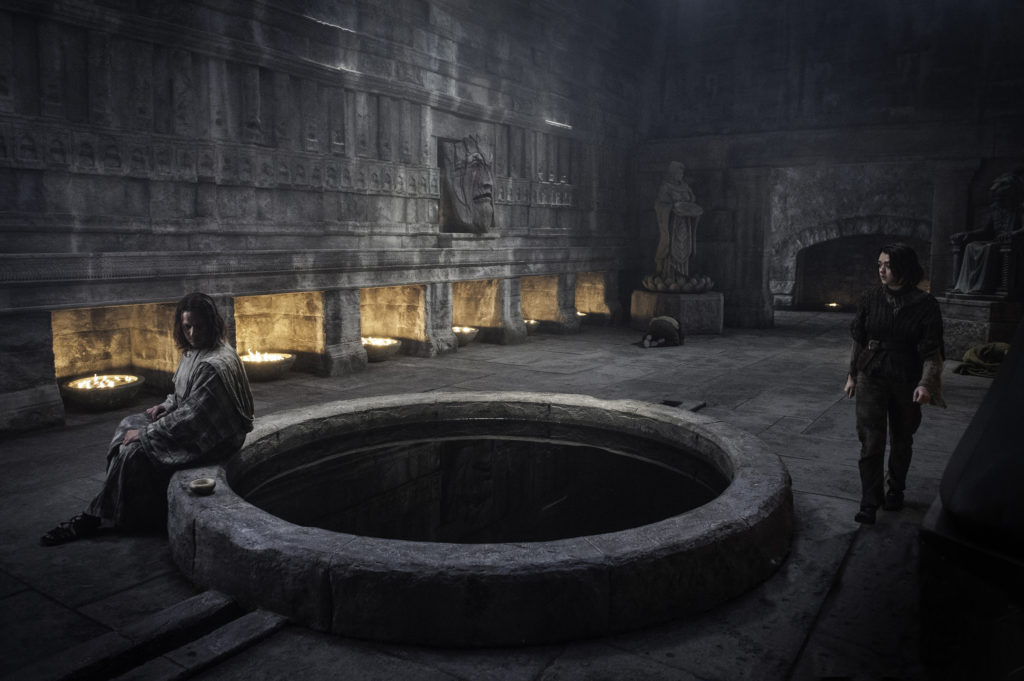
We definitely recommend a visit to this film site, where you can enjoy the beauty of the old town, historical buildings, and movie scenery right next to the crystal clear sea.
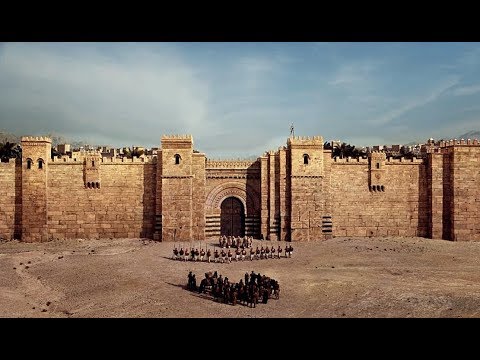
5. Trogir
Can anything be done without it? Can GOT be filmed in this area
without the film cameras stumbling into one of the most gorgeous cities on the
Croatian coast, among the alleyways framed by towers, into a beautiful, living
and breathing UNESCO living monument? No, it can't.

In the series, Trogir '’starred’' as the Qarth trade port, in which wizards imprisoned Khaleesi’s dragons. It is an impressive building that you should definitely visit, to feel the spirit of a city that has preserved its old soul in modern times.

6. Žrnovnica
Another location near the city of Split, which, due to its
exceptional natural beauty, has become the perfect getaway for locals.
The screenwriters discovered it and spread it around the world, and it will remain interesting in a scene that was gladly watched and commented on among the male population of GOT fans. This is a scene in which Missandei, one of the series' most beautiful actresses, appears, as does the bathing scene in a clear river. That river is Žrnovnica, there is also a water mill known as Antoničin mill in which the hosts grind various types of flour to this very day.
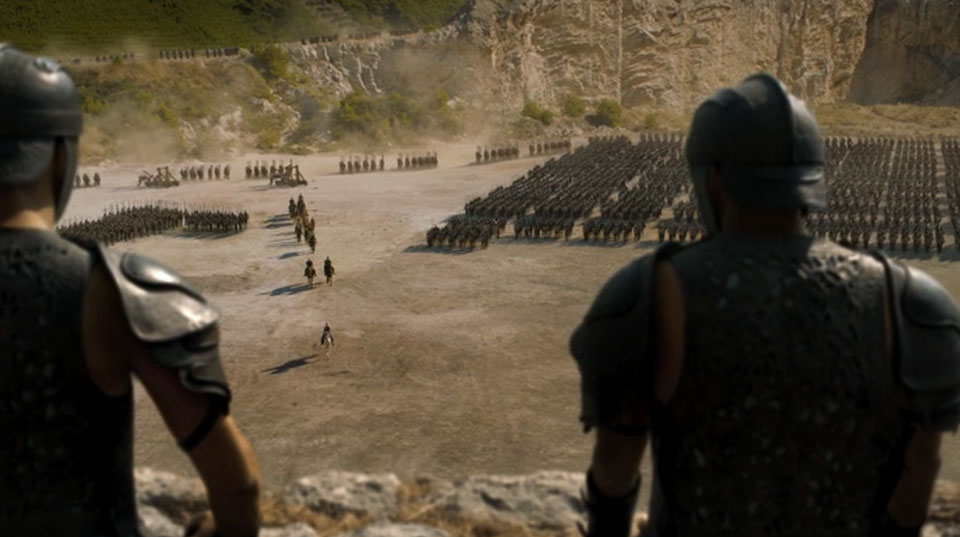
Also nearby is a quarry where the extras practiced their war scenes. This is where the shot was taken in which Daenerys arrives in front of the walls of Meereen, and the one with a duel between Daaria Naharis and Meereen’s champion.

7. Biokovo
The mighty mountain above the Makarska Riviera with its perfect
stone boulders, vantage points, chasms, wild unobstructed nature, numerous
gravel paths, the danger that threatens the uninitiated, and the sort of pride
that only sheer perfection can possess, served as the backdrop ideal for GOT.
And that was for the scene with the flying dragons, these
mighty winged creatures, which, from the heights of the Dalmatian massif,
plunged toward the sea, into the unbeatable beauty of this region.
Daenerys' dragons flew in the area of Baška Voda. More
specifically, back in 2014, these scenes were shot at two locations in the
Baška Voda Municipality. The first location is Greben, located between Baška
Voda and its hamlet of Topići (about 300 metres from Baška Voda and 100 metres
from Topić). The other location is Dvori, located above Promajna, a village 4
kilometres south of Baška Voda.
Both locations are marked on the ground and on maps of the
Baška Voda Tourist Board, and they are also discussed in the section of the new
Baška Voda Tourist Board website called Film Sites.
Photo: archive of TB of Split Dalmatia county , dalmatia.hr, Game of thrones

Top ten reasons to visit Central Dalmatia
Top 10 attractions of Central Dalmatia!
There is never enough time to visit all of the beauties of Split-Dalmatia County, its towns, imperial squares, palaces, caves, panoramas, viewpoints, bays, fortresses. However, to make the choice easier for you, we recommend ten top destinations, which are simply perfect, special places to visit.
Visiting these ten sites will help you find out why they call the Split-Dalmatia County a paradise on Earth.
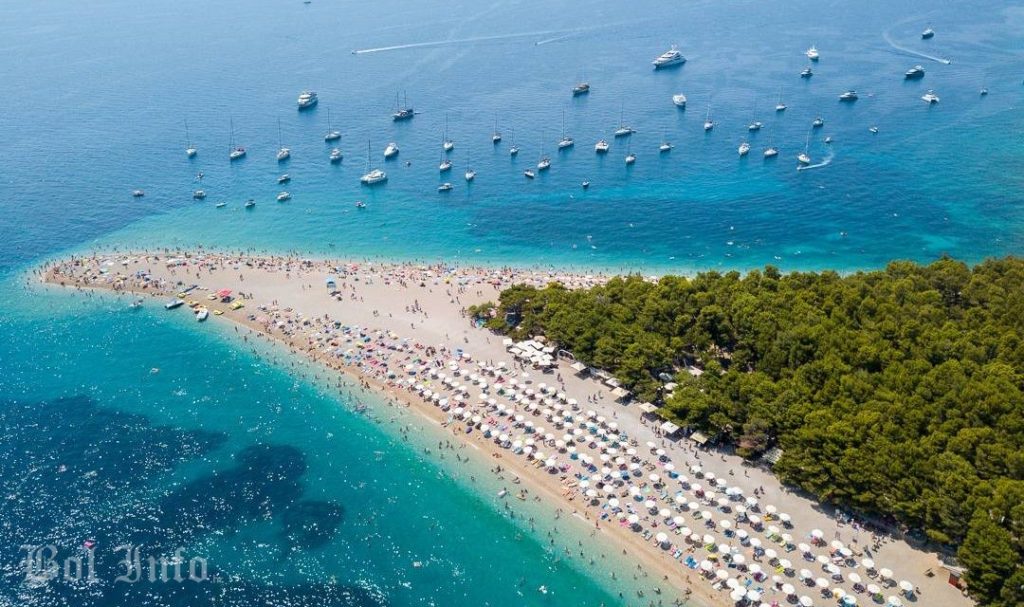
1.Zlatni rat (Golden Horn), Brač
Island
It is a unique natural site, a
400-meters-long-cape which blends in with the crystal clear sea. It is a
worldwide phenomenon due to the change of direction of the tip of the cape,
depending on the seasons, wind and sea currents. It is one of the most
beautiful beaches in the world, sprinkled with perfect, soft white pebbles.

2.Hvar - Paklinski Islands
The archipelago consists of 20
islands and cliffs that extend in front of Hvar town, on Hvar Island. They
include perfectly preserved nature, offer crystal clear sea, a paradise for
people who adore sailing, swimming and diving. The most famous daily-excursions
sites in the archipelago are Jerolim, Stipanska, Ždrilca, Vlaka and Palmižana.

3. Cetina River
Cetina River is the pearl of Split's
hinterland, with its stream that is both wild and lazily calm at points. It runs
through untouched nature, offers loads of excursion areas and delivers top
quality gastronomic offer in its zone. Make sure to visit Gubavica Waterfall
and the navigable canyon of Omiš..

4.Trogir – Cathedral of St.
Lawrence
The cathedral was built in the
13th century, and its perfect beauty stands for one of the most beautiful
Renaissance monuments in Europe. Make sure to check out Radovan's Portal, a
true masterpiece of art carved in stone, as well as the bell tower, with it 47 meters of hight –
it holds the title of the most beautiful one on the entire Mediterranean coast.

5. Solin - Salona
In the immediate vicinity of
Split, near the small town of Solin, lie the remains of the ancient city of
Salona, dating to the 4th century BC. You will be amazed by the preserved
history, the view of the old spa, the bath area with furnaces and changing
rooms, the remnants of the forum, temple and theater.

6. Split - Diocletian's Palace
The palace was once home to emperor Diocletian, and is one of the best preserved monuments of Roman architecture in the world, in which still live their daily lives. It is full of old houses, squares, cellars, ramparts.

The world got to know the Palace from the GOT series – by sequences filmed in its inner sites, just a few dozen of meters away from what used to be Diocletian's living room.

7.Sinj – Alka Tournament
It is the most famous old
knight's game or tournament from this area, which celebrates the victory over
the Turks in 1715, performed every first Sunday in August. The tournament is
played by "alkari"
knights and spearmen, who must aim the center of two concentrically placed metal
rings, from the back of a horse in full
gallop, with a spear 290 to 300 centimeters long.
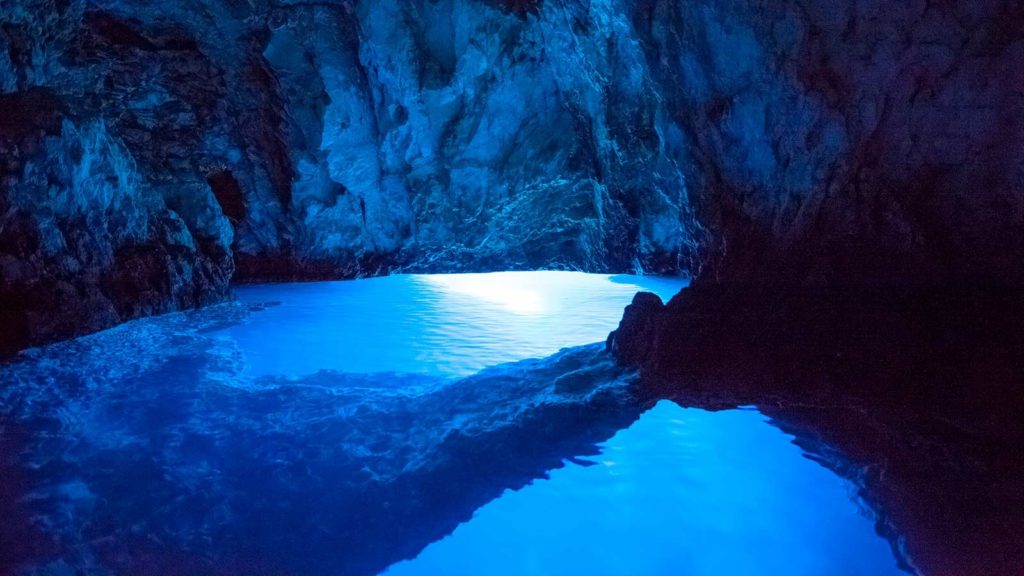
8. Biševo - Blue Cave
Five kilometers from Komiža on
Vis Island, the islet of Biševo is located, with its beautiful Blue Cave, which
can be accessed only by small boats on oars. Sunlight penetrates the second
opening hole int he cave, thus giving it its mesmerizimg characteristic blue
color.

9. Biokovo Nature Park
The highest peak of this mountain
range is the St.Jure (Croatian for George) at 1762 meters, from which you can
get to see all the way to Italy, on clear days. Be sure to visit Kotišina – the
botanical garden on the slopes of the mountain, and enjoy numerous geomorphological
phenomena with a licensed guide.
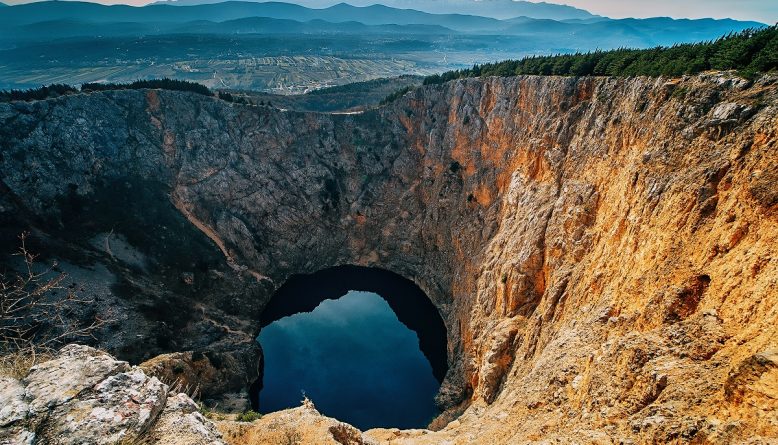
10.Imotski – The Lakes
The Red and the Blue Lake, located right next to the town of Imotski, are natural phenomena, favorite locations for daily excursions. The Blue Lake is a swimming zone during the summer, but when its bottom runs dry, it becomes a football field. The Red Lake is considered to be the deepest lake in Europe. Due to the steep cliffs that surround it, it cannot be accessed from close proximity.
More: www.dalmatia.hr
Photo: www.dalmatia.hr, archive of TB of Split Dalmatia county,

Central Dalmatia maritime heritage - Orginal cultural-tourist offer, full of mysteries and stories from the past
Crystal clear beaches, romantic bays and walkways, incredible gastronomic offer is what brings tourist from all over the world to the very heart of Dalmatia.

But Central Dalmatia also has its own maritime heritage, original cultural-tourist offer, full of mysteries and stories from the past, which have additionally enriched and enhanced tourist and cultural offer of this region.
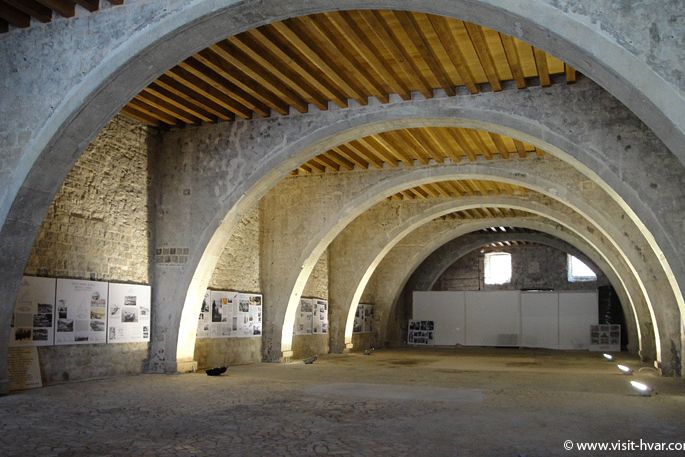
Hundreds of tourists excitedly retell the stories of encounters with pirates, participating in the craziest nautical battles, riding on traditional vessels or cheering in races of traditional boats. These are the most important tourist attractions that you must see and experience for yourselves:
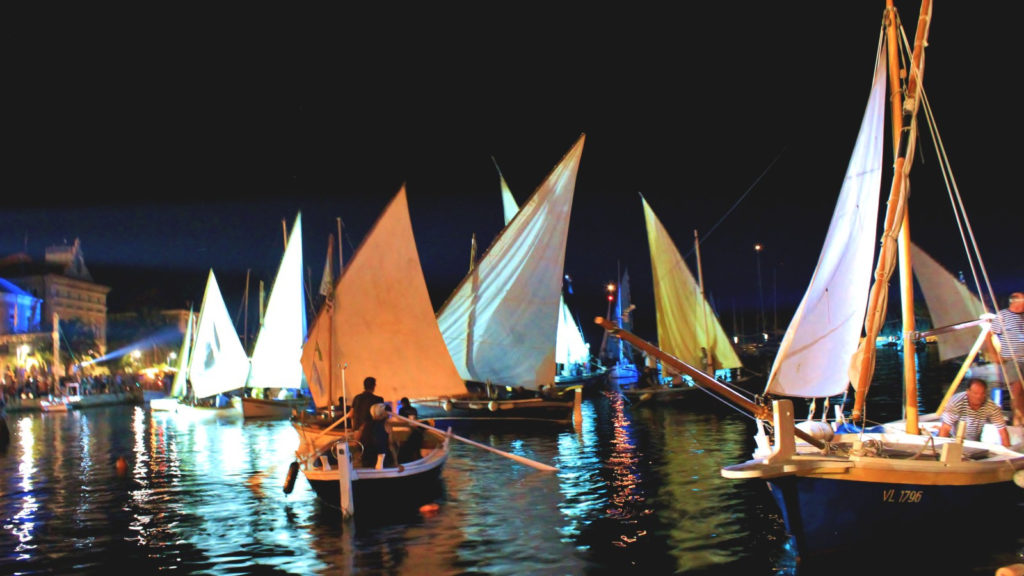
1. ”Dani u
vali” (“Days in the bay”), Stari Grad on Hvar
After this manifestation, an international
festival of the sea and the sailors, was discovered by the press, a story of
about 100 traditional vessels of leut,
gajeta and falkuša type has
reached million people.
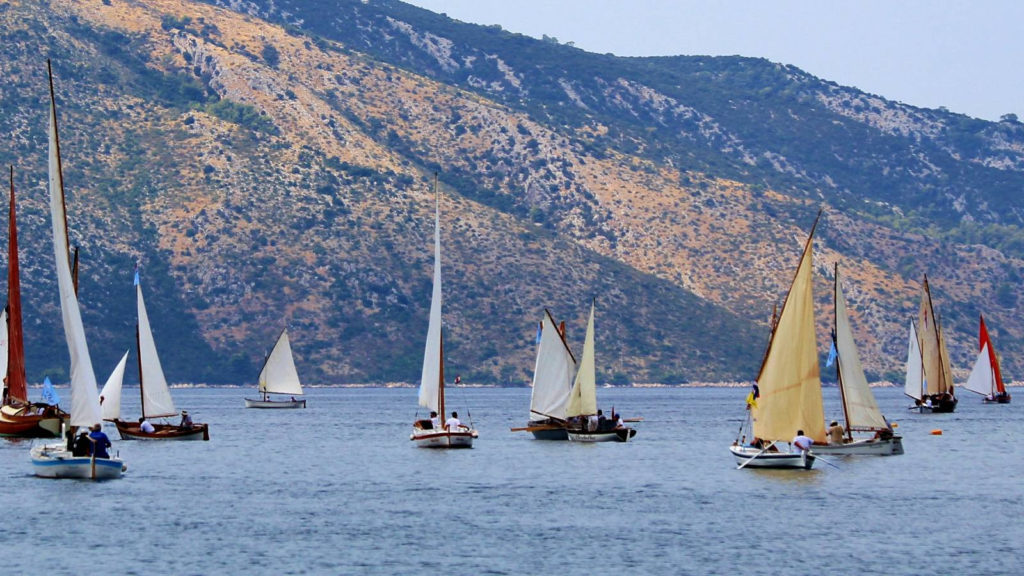
This extraordinary tourist attraction is held every other year. Numerous boats saved from oblivion sailing five nautical miles along the Stari Grad bay is a scene one has to experience in person!

2. Omiš Pirates
It is a
real challenge to meet face to face with disguised ancestors of former Omiš
pirates, who once were the most notorious warriors of the Mediterranean. Irresistibly
attractive is to enter their game, measure swords with them and try to escape
from their captivity. Strong pirates are revived every summer on the shallows
near Omiš, bringing the story of Kačići knights who ruled this heroic town in
12th and 13th century and their 24 years long successful
struggle against the Venetian conquerors.
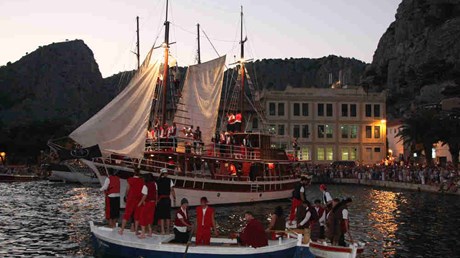
3. Pirate Battle
In encounters with pirate ship called Sagittae Venetians had a lot to deal with. This is demonstrated every summer by the most attractive and the most popular naval battle in Dalmatia, Omiš Pirate Night.
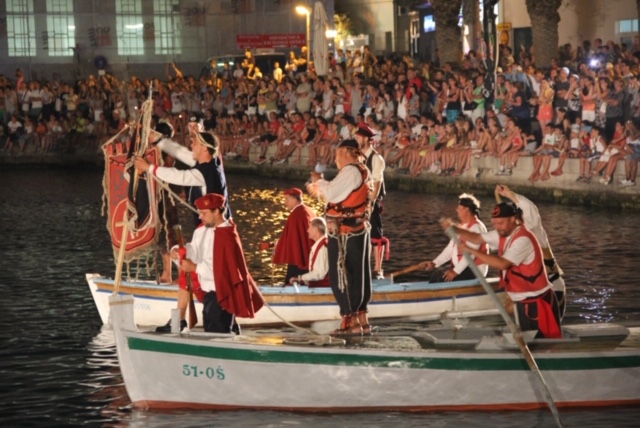
Around hundred costumed heroes participate, tens of thousands of people watch it, and it brings a night full of adrenaline, old battle ships, noise and shooting. And audience ovations, delighted with spectacle under an old pirate base, Omiš fort Mirabela.
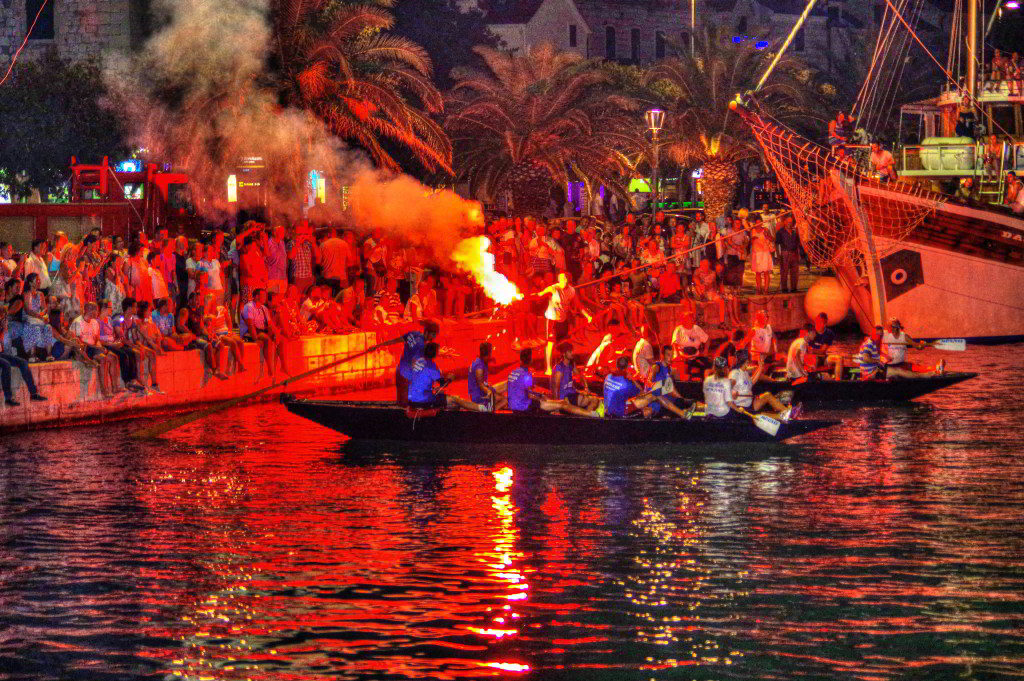
4.Makarska Battle
Battle Mucules
actually evokes warrior heroism of Neretva people over Venetians. It is traditionally
held in Town port on the Day od Croatian Navy. In demonstrating the battle even
150 people participate, delighting thousands of spectators with this war
spectacle.
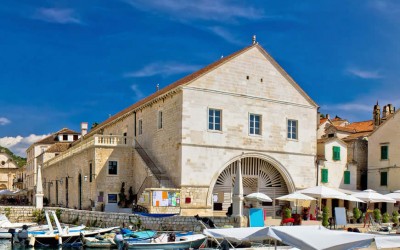
5. Arsenal in
Hvar
Arsenal is
the most recognizable Hvar’s image, formerly used as repairing space for
galleys and a military naval repository. Hvar people think of this tourist
attraction as the most important edifice of their town, who got its present look
in 19th century.
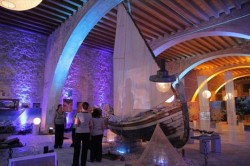
6. Vis Battle
Vis is one the most serious locations for navy battles enthusiasts. They come to this remote island to feel the energy of the archipelago, where on 20 July 1866 a conflict occurred between the fleets of Habsburg Monarchy and Kingdom of Italy.

The clash happened in Vis channel and ended in a defeat of Italian navy. The cause of the conflict was Italian desire to occupy its former territories, lost by Venetians.

More: www.dalmatia.hr
Photo: www.dalmatia.hr, archive of TB of Split Dalmatia county
Top manifestations in Split - Dalmatia county attracts tourists from all over the world
Split-Dalmatia Tourist Board is very active in supporting projects that lead to continuous development and strengthening of tourist offer, especially that of pre- and post-season.
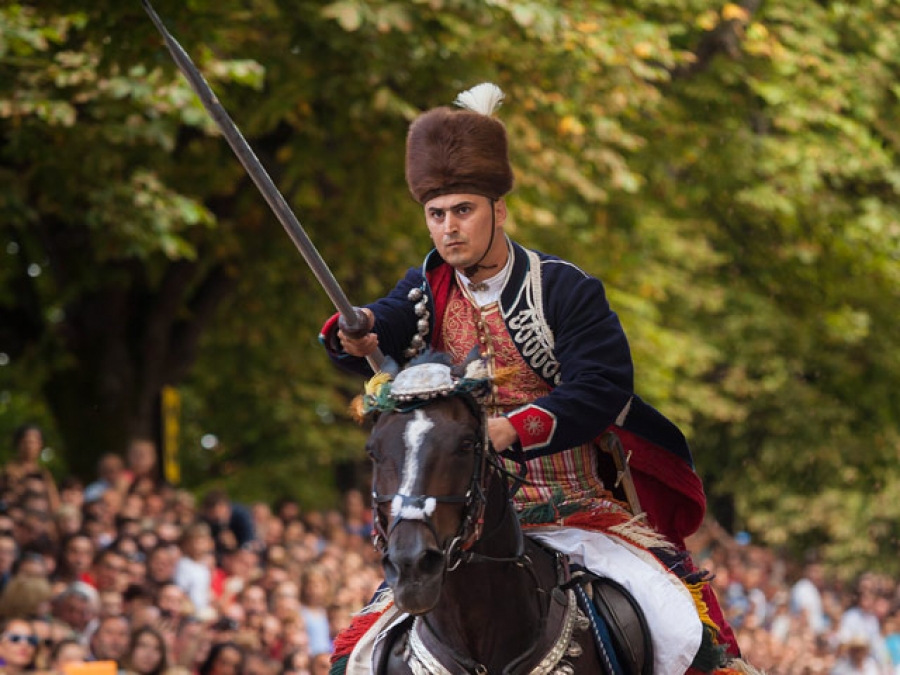
Wise consideration and design of numerous manifestations and quality events are becoming a precondition for development of year-round tourism. Importance of investing in important themes that are to enhance this kind of offer has been recognized this year as well by Expert Committee of the Tourist Board.

Therefore, 400 thousand kunas of non-refundable funds have been given in 2019 as a strong boost and a mighty financial support to several top events and manifestations. Great number of participants, praises of foreign and national media and great feedback have shown that these assets reached good cause. And the most important thing, the focus of tourist offer has been widened outside the prime season. Furthermore, it also ensured an excellent path for positioning Split-Dalmatia County as one of the main subjects of destination tourism.
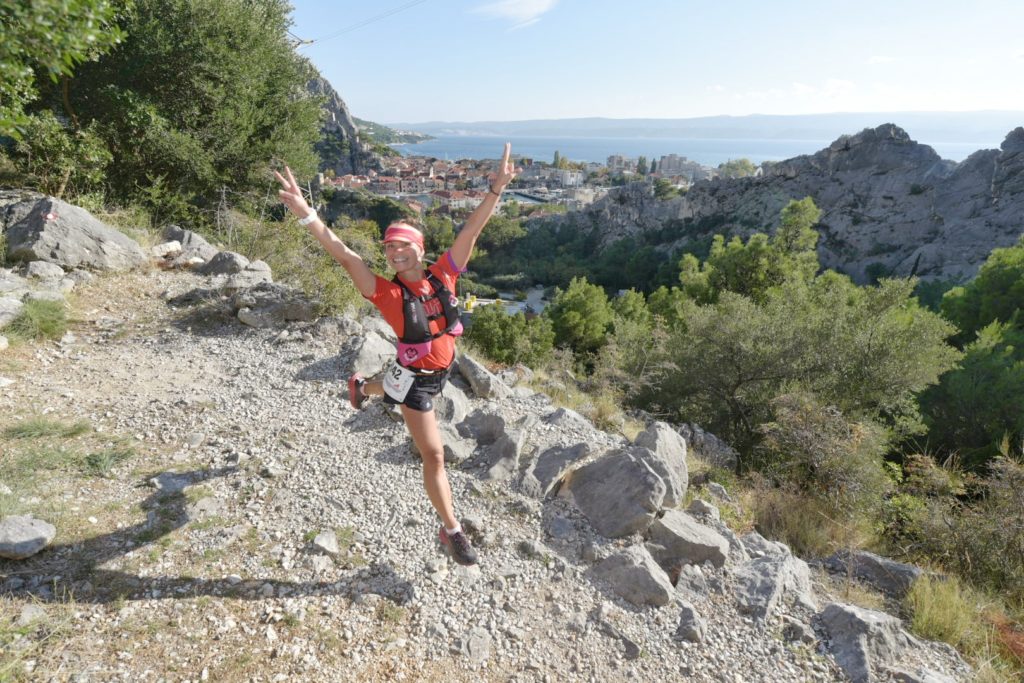
- Dalmatia Ultra-Trail 2019
4th edition of this event has presented Dalmatia to the world as a hit destination of sports tourism, and gave to Omiš town, since it is a central place of the event, a nickname of Cradle of Croatian trekking and trail.
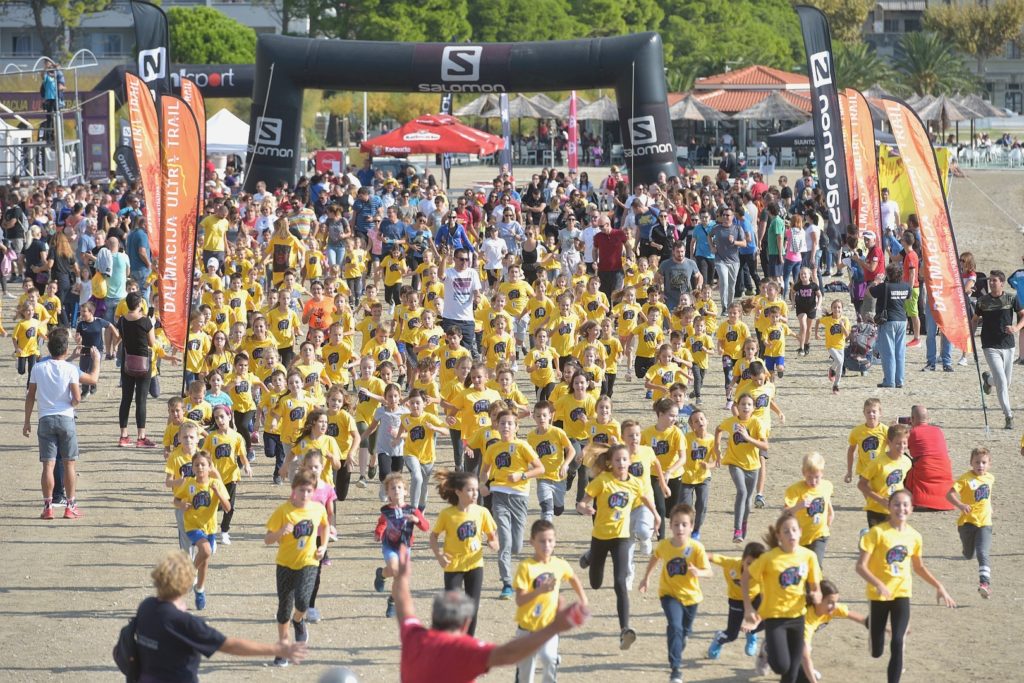
More than 900 runners from 30 countries participated in this international race, who brought back to their homes the best possible postcard from Croatia encompassing even 5 mountains, three rivers and numerous historical and cultural localities on the area between Kaštela and Tučepi.

2. Thrill Blues Festival After only three years of this festival Trilj has become a centre of blues, transforming Cetina region into a mecca of excellent music.
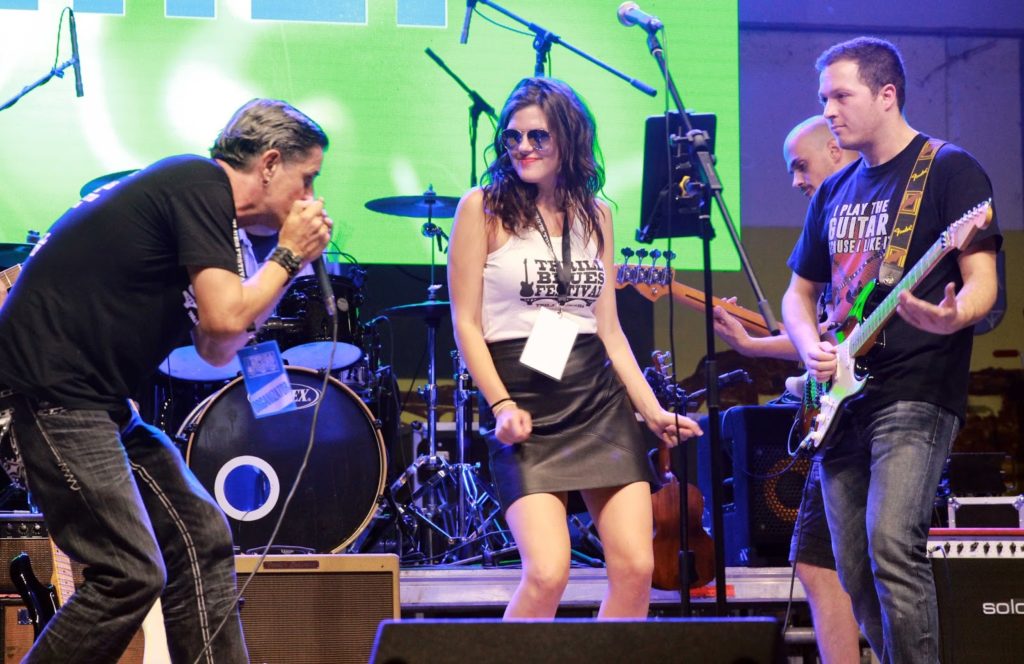
This exceptional cultural manifestation each year gets more and more accompanying events, like blues workshops for children, book presentations and concerts of national and foreign renowned blues masters.
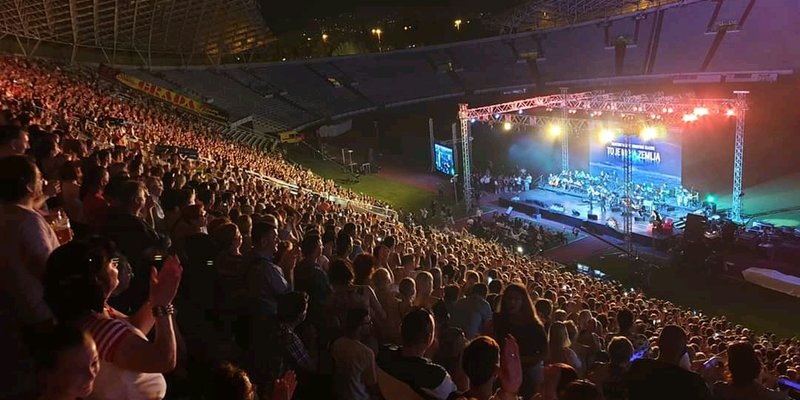
3. In
honour of Croatian music
Weeks after
it was held, concert To je moja zemlja
(It’s my country) on Split’s Poljud was the main topic. Praises kept coming,
not only for performances of the greatest national names and legends of
Croatian music scene, but also because of charity for Split hospital. It was a
gathering of the greatest Croatian music performers, but also an eruption of
emotions that shook the entire Poljud stadium.
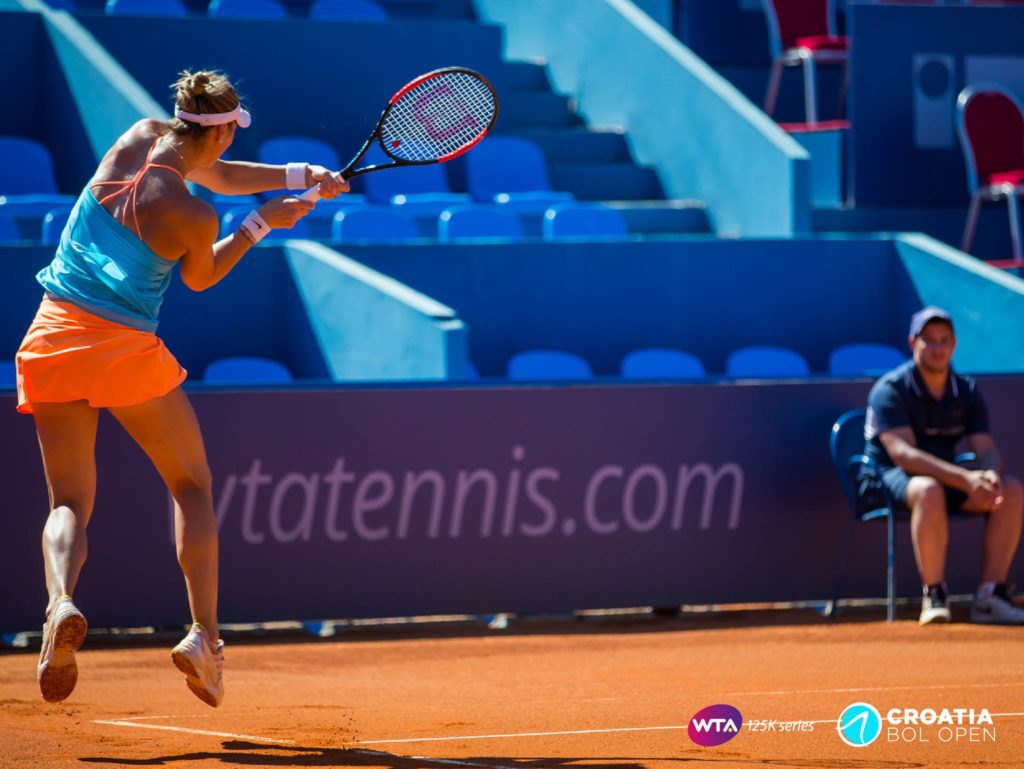
4. WTA Croatia Bol Open
Tennis tournament in Bol on Brač has crossed Croatian borders long time ago, thus introducing Bol as a destination with multi-profile contents.
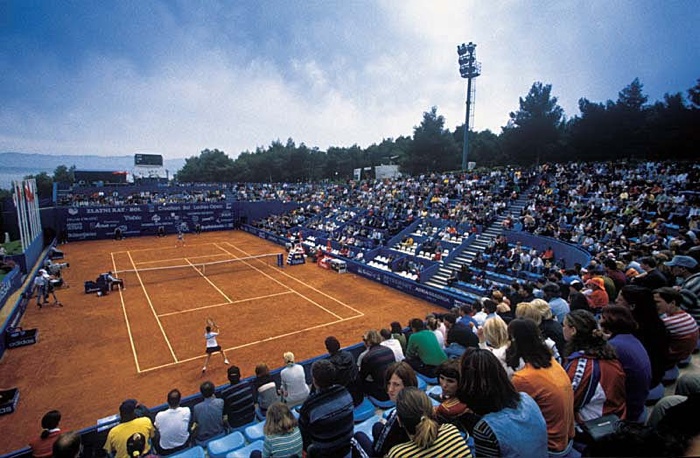
This year also, a place famous for one of the most beautiful beaches in the world, has been visited by numerous guests, who were welcomed by a tourist message – that the entire place lives for tennis. Same as the tournament and tennis live with the entire community.
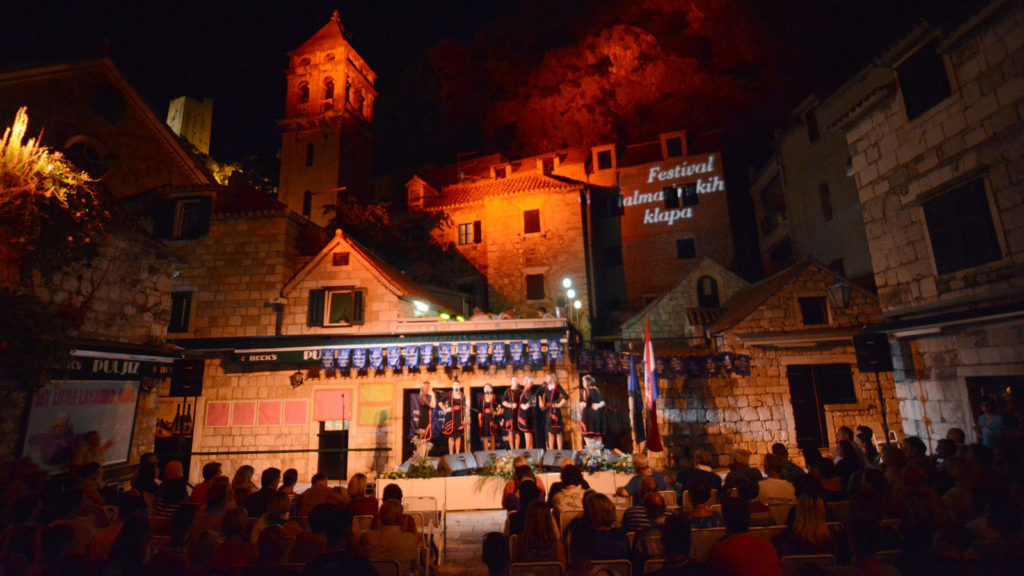
5. 53rd Festival of Dalmatian A-Capella Singing Groups Every year on a small Omiš square same thing happens – the song. True, original, Dalmatian, a-capella, polyphonic and unique, recognized as an ultra-cultural event and a tourist treat.
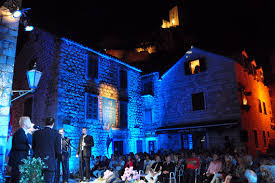
Omiš festival of a-capella singing groups is a recognizable manifestation with its loyal audience and music that promotes the spirit of Dalmatia in a genuine music genre.

6. Split half Marathon
Sunny streets of Split hosted 2810 runners; 2450 in races of half marathon and relay race half marathon, and 360 in “Trophy of Slobodna Dalmacija” race.
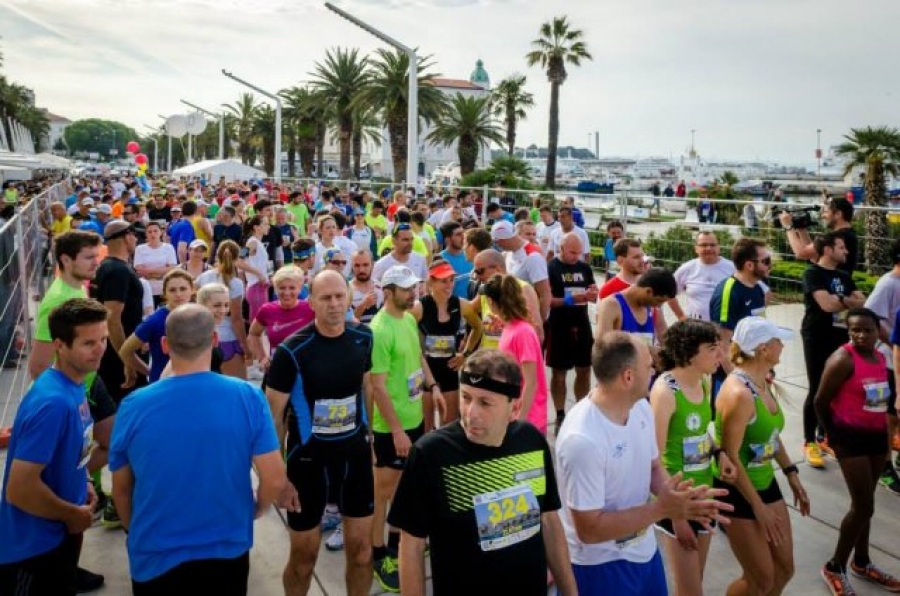
In this popular sports event numerous famous people have participated, amongst them respectable politicians, athletes, persons from cultural and public life. This year’s edition will be remembered by co-operation with Moscow marathon, whose representatives participated both in the race and the fair.
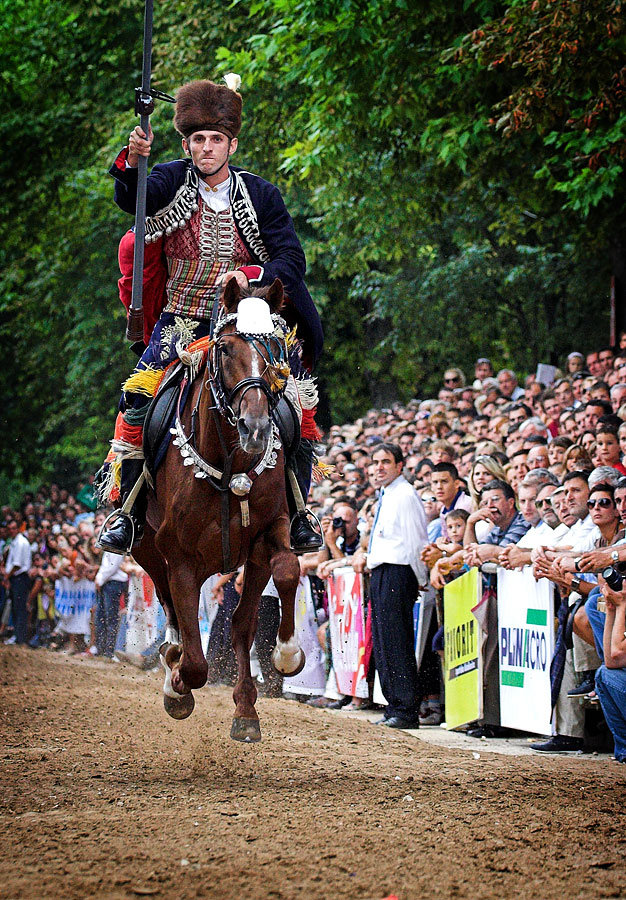
7. Sinj Alka
A battle of chivalry, strength, skills, a demonstration of a steady hand, eagle eye, a folk celebration, a not-to-miss event: all this is Sinj Alka, whose this year’s winner is Frano Ivković from Brnaze.
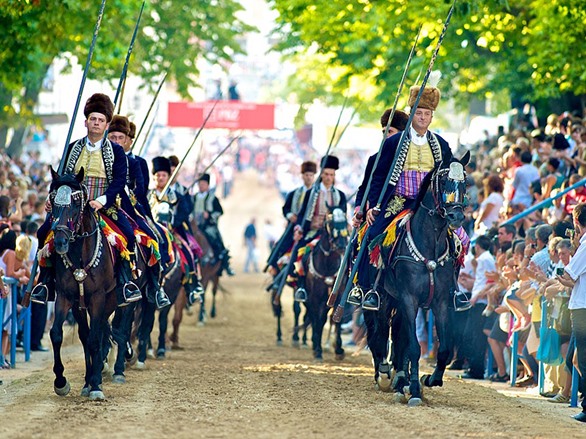
He will be remembered for two scores in the centre and his statement that he has to thank his Luna and steady gallop for his victory.

8. CRO Race 2019
Cycling world has excitedly kept track of this year’s edition of international professional cycling stage race, which brought to our roads top names of this sports discipline.
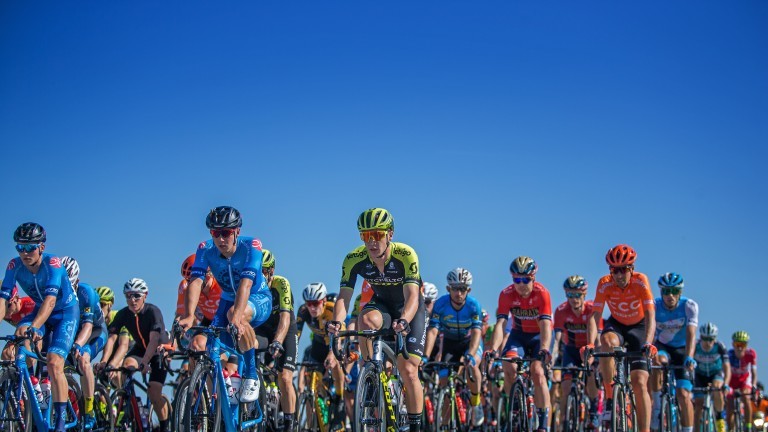
Also, it sent fabulous postcards from beautiful localities of Croatian continental and coastal area.
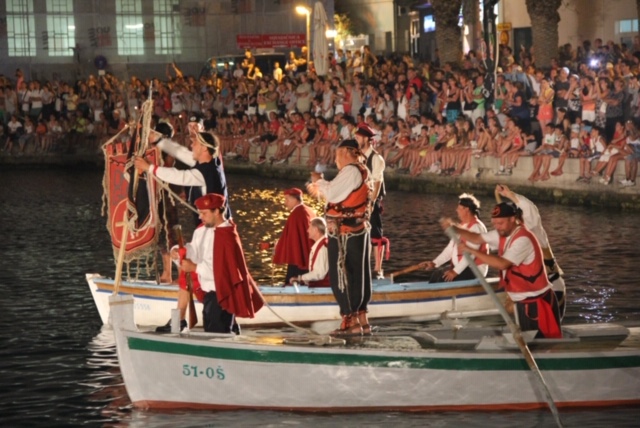
9. Pirate Battle Omiš 2019
Over the years Omiš pirate battle has been transformed into a unique tourist attraction, with over ten thousand spectators.
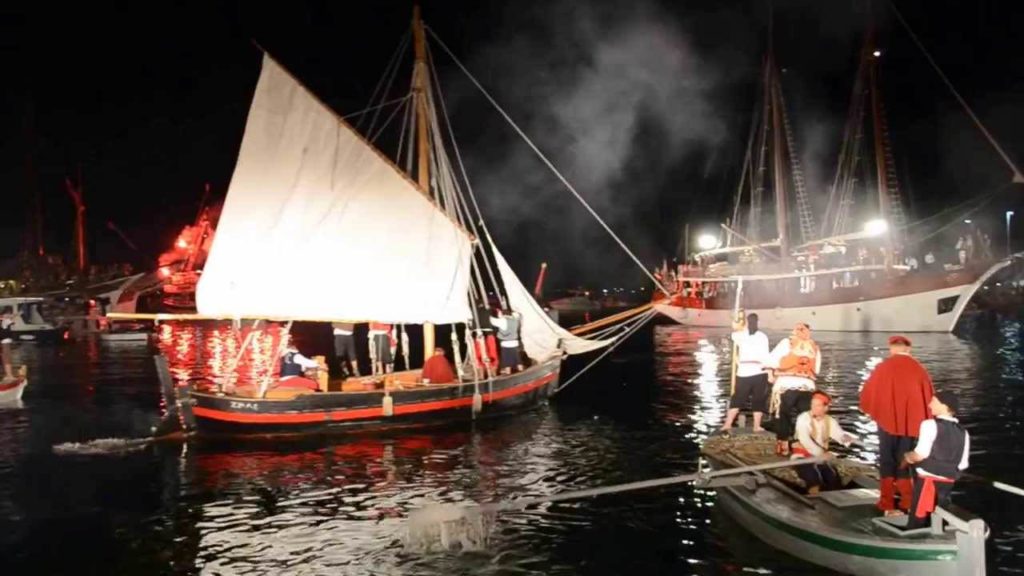
It is an incredible manifestation in which a great number of costumed people participate, offering the spectators a vivid presentation of strength, courage and chivalry of Omiš ancestors and a victory over superior Venetian enemies.
More: www.dalmatia.hr
Photo: www.dalmatia.hr, archive of TB of Split Dalmatia county,

The most beautiful wedding locations in Central Dalmatia
The ideal scene for the most important day of your life
Gastronomers, moviegoers, salty sea dogs, and also romantic
souls all love it. Split-Dalmatia County has won numerous awards on several
occasions - in the tourism profession and thanks to the praises of satisfied
guests, for whom this area of Croatia never provides a difficult time, with
keen reviews and a few warm recommendations, which then gives it a high rating
on one of the online travel portals.
It is on the radar of adrenaline lovers, it boasts very
specific local gastronomy, is showcased in a globally popular TV series who
came here to search for filming locations… but it is also on the radar of
romantic individuals who, in its fabulous locations, have recognised that this
is the ideal backdrop for their most important day!

Due to the mild climate and plenty of additional amenities, but also because it’s less crowded and there are many more affordable prices, the favourite months for weddings are April, May, September and October, and favourite locations range from mystical historic fortresses and romantic castles to idyllic natural settings.

Discover what it is all about with us, and catch a breath of inspiration for your dream wedding!
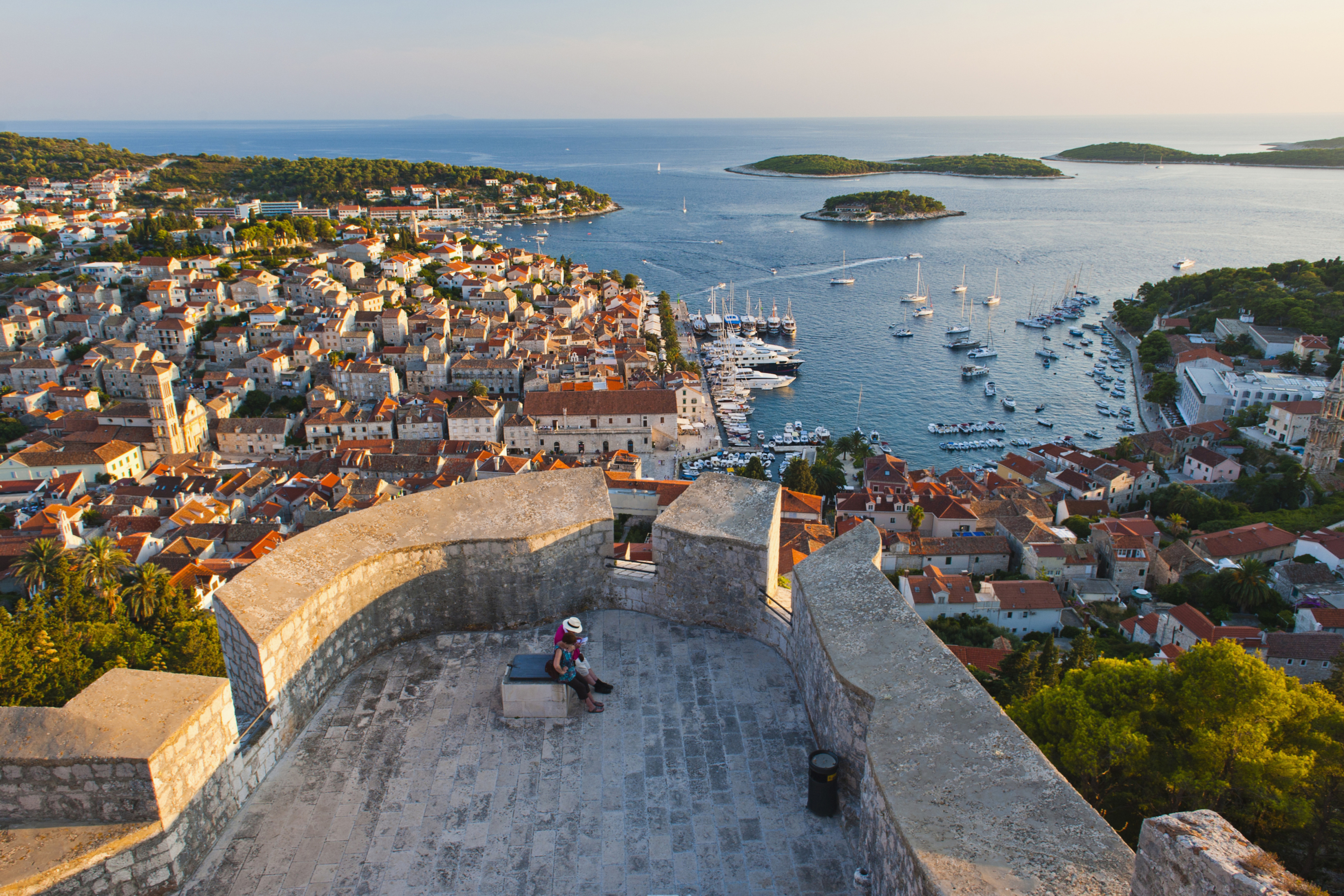
1. Fortica Fortress,
Hvar.
Imagine drinking a glass of sparkling wine while enjoying a
unique view of Hvar Town and the surrounding Pakleni islands, in a beautiful
historic setting from the beginning of the sixteenth century! Fortica Fortress,
also known as Spanjola, was constructed during Venetian rule and was then
restored in 1579 - it will give you this great experience.
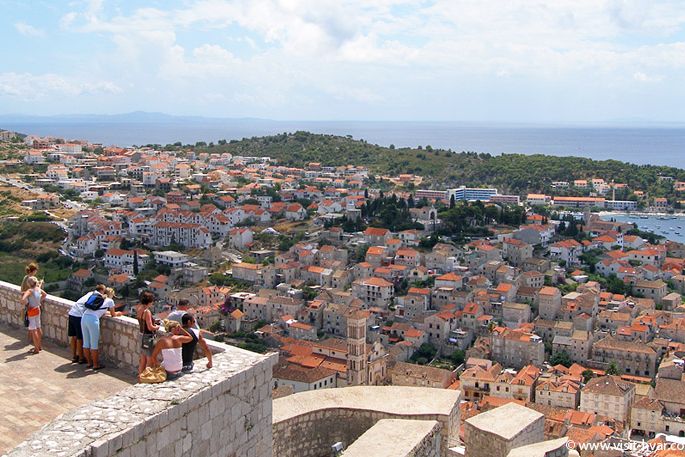
Architecture and military history, a collection of amphorae and other artifacts from the Age of Antiquity are just a fraction of the intriguing sights that this fort offers, and Hvar's delicacies from the wedding menu - especially the beautiful seafood and great local wines such as the gorgeous Plavac and the indulgent bogdanusa, which will be even more delicious in such a special environment!
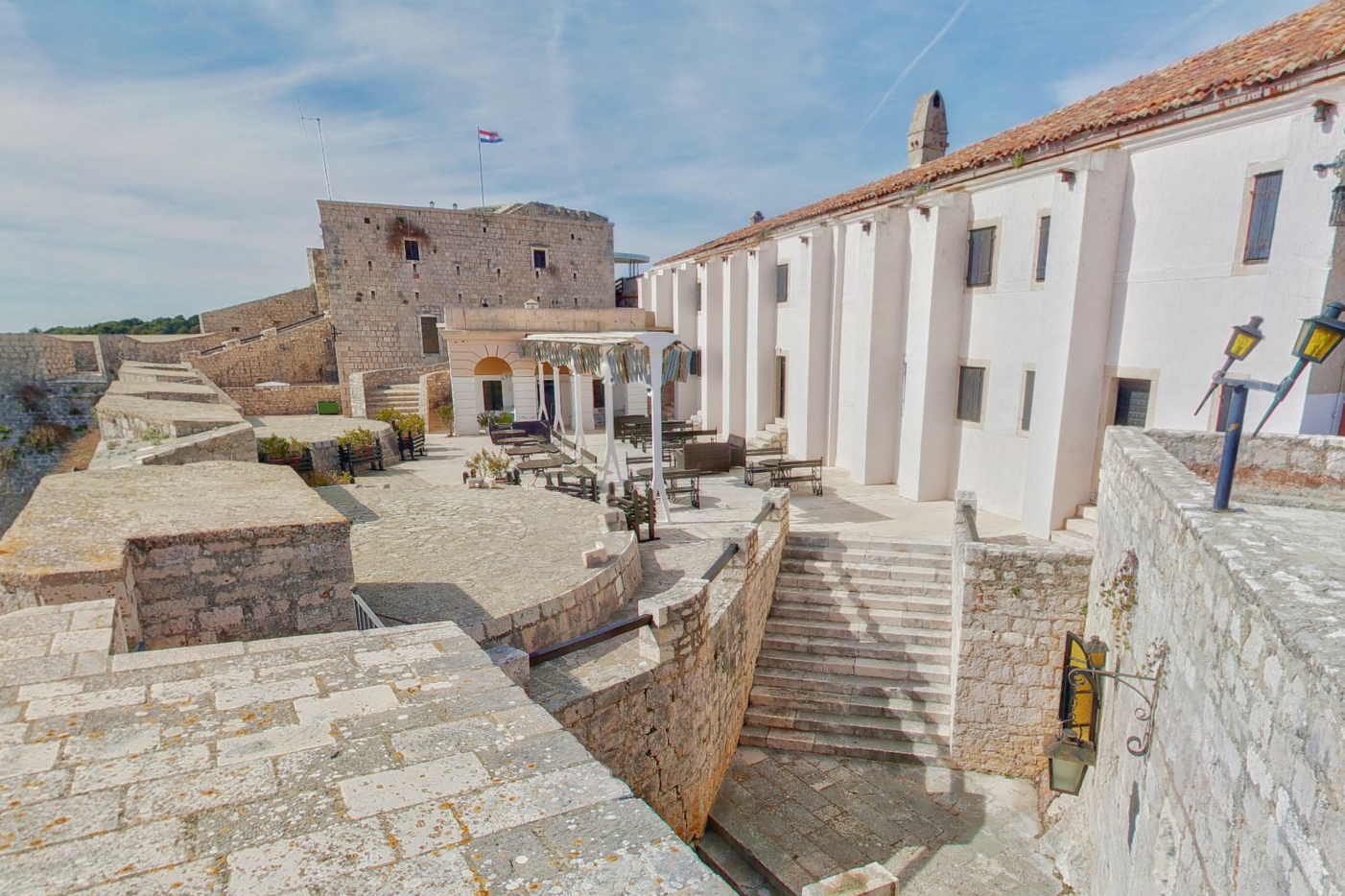
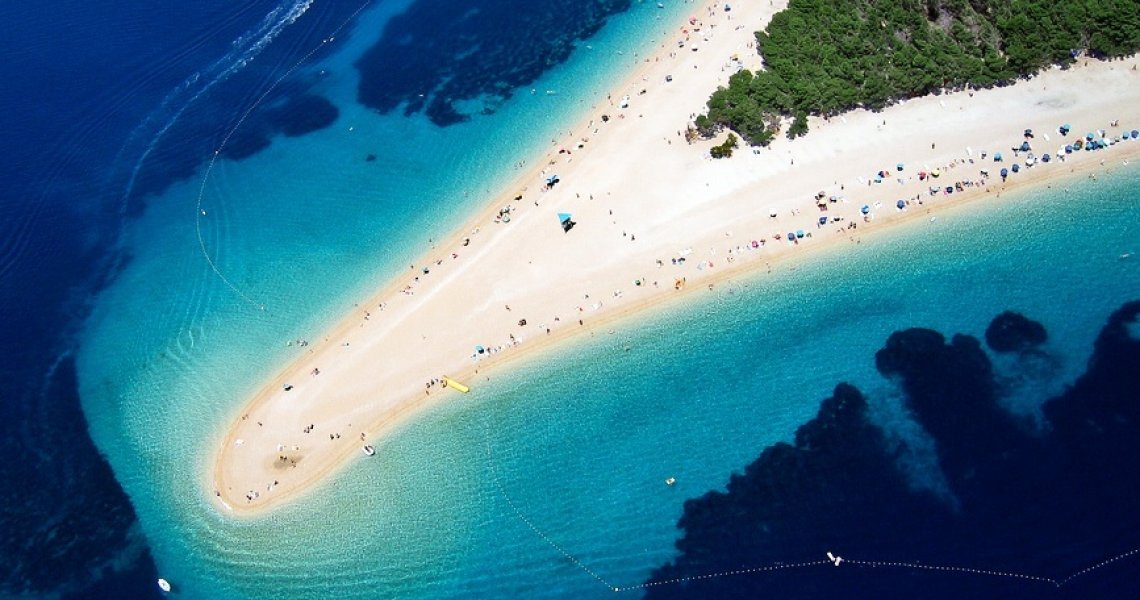
2. Zlatni rat (Golden
horn) beach, Bol.
Did you know that the tip of Zlatni rat, that fascinating, shape-shifting,
natural horn, is a favourite place precisely for weddings? Even a few foreign
guests have said their fateful yes to the registrar, but also to the
translator, and since this year Zlatni rat has been proclaimed the most
beautiful beach in the world, we have no doubt that its popularity as a wedding
venue will increase as well! If you want to spoil your guests' palate, you will
surely succeed with the famous Brač lamb, the emblematic hrapoćuša cake, and
the finest Plavac and seductive, fruity taste of Pošip, so make sure that these
Brač gastronomic ambassadors are firmly on your wedding menu!
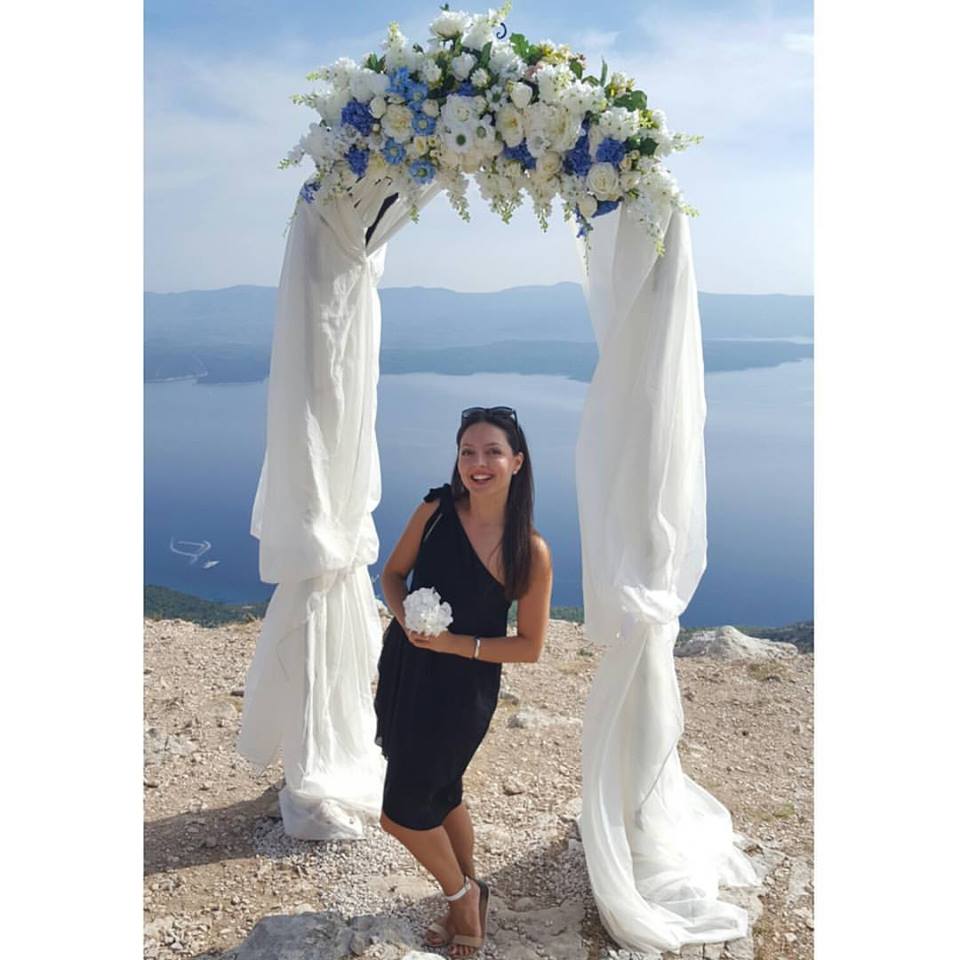
3. Klis fortress.
Is it not highly symbolic to say your wedding vows in the
setting of a fortress that was once the main source of defense in Dalmatia, and
has been conquered over and over again throughout more than two thousand years
of its history?

If you want to tie the knot and establish your love by taking your vows right there on Klis, do not miss to include the famous, well known lamb from Klis on your wedding menu, and let this symbolic location encourage you to conquer one another - for life!
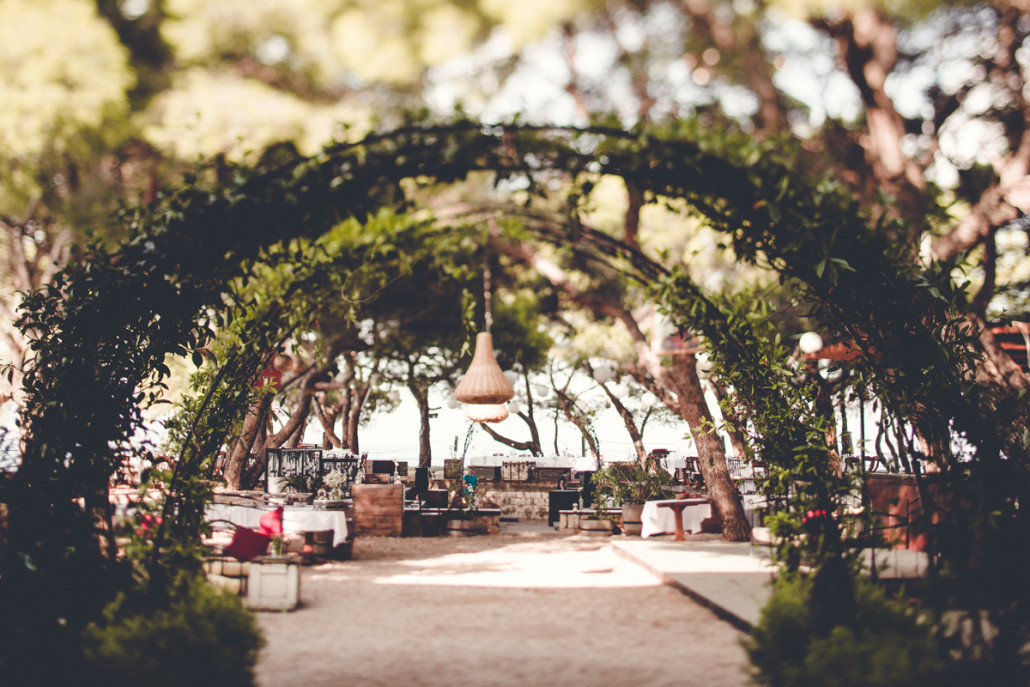
4. Fortica, Vis - Fort George.
Many people will want to choose this location for their
glamorous wedding celebration. This medieval fort was built by the British Navy
200 years ago. Today it stands as a monument to the architecture of that time
on a hill above the town of Vis and adorns the entrance to the bay itself.
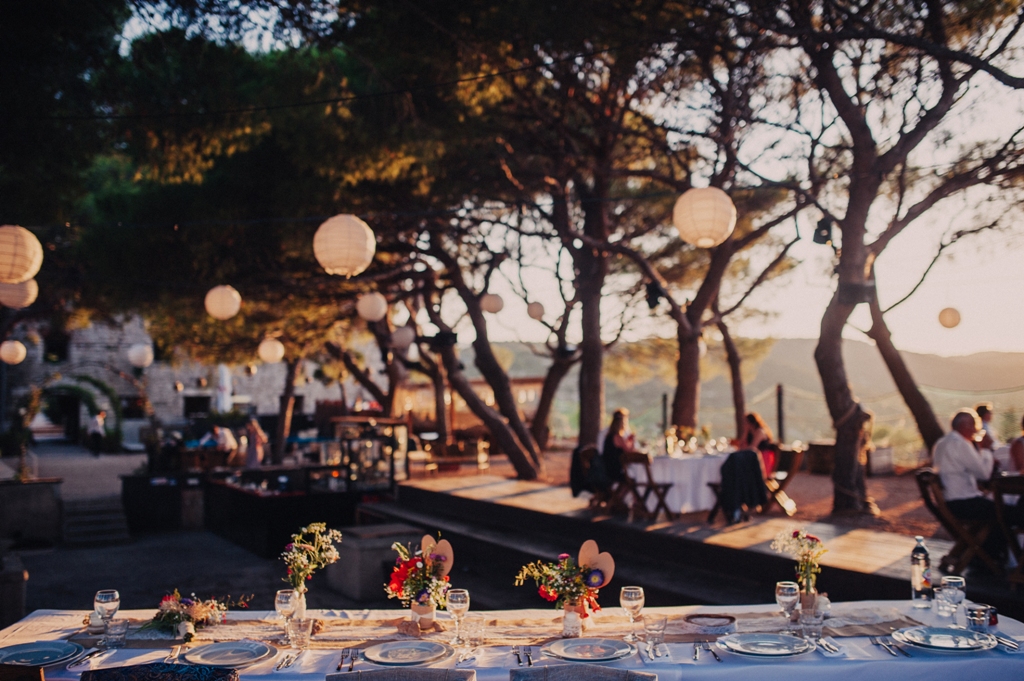
The place boasts the most beautiful location for sunrises and sunsets. The entrance to Fortica to the large wooden door is magnificent; a long lobby leads to a spacious garden with a restaurant and bar. The garden is the main venue for the ceremony. The terrace offers an incredible view of the bay of Vis and the nearby islands.
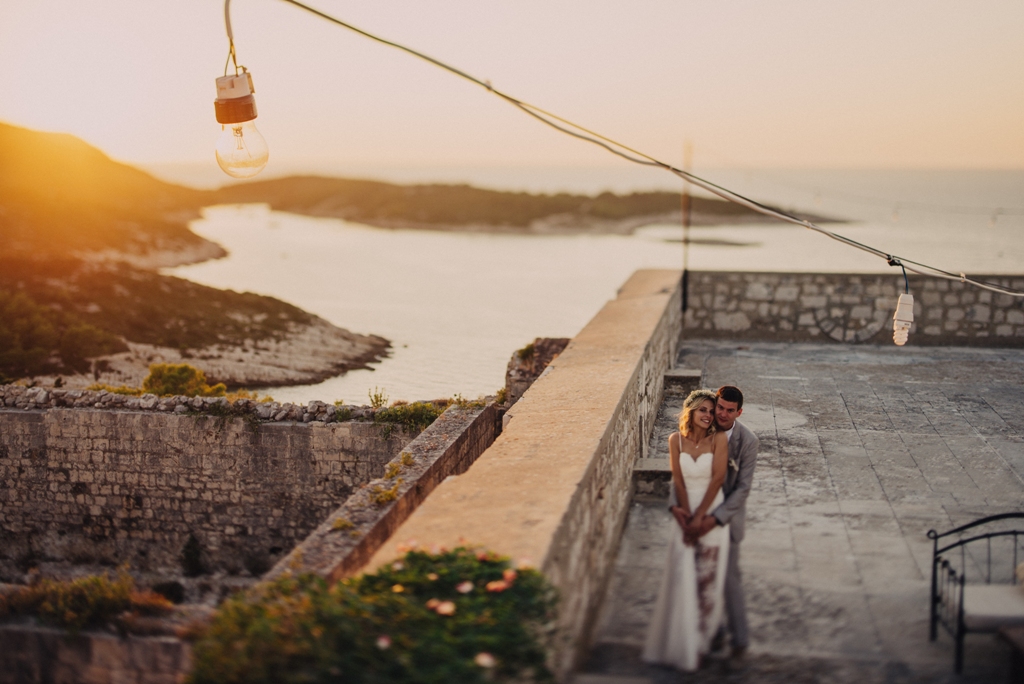
5. The Dominican monastery, Bol.
One of the most beautiful coastal structures is the ideal
location for an intimate, romantic wedding that will be talked about for a long
time.
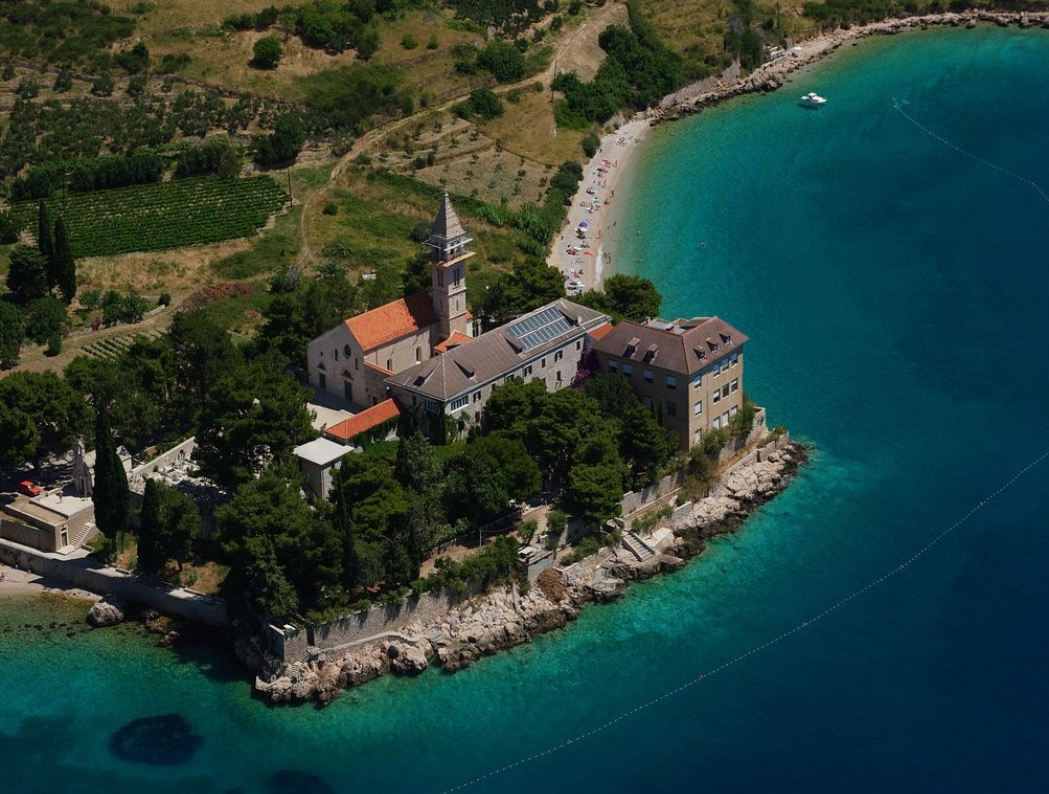
The Dominican monastery in Bol is located on the Glavica peninsula and in the far east of the town of Bol, which, with the church of Our Lady of Mercy and the bell tower, puts a truly special stamp on the place.
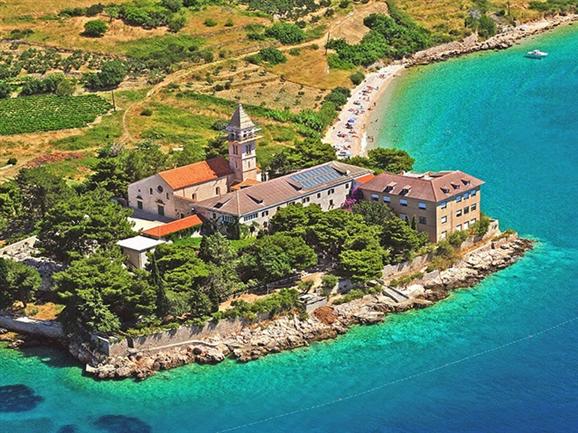
Within the monastery itself there is a rich medieval botanical garden. This unique location offers views of the sea and the island of Hvar.

6. Sustipan, Split
Once a city cemetery, Sustipan has today been transformed into
a beautiful green park located at the entrance to the city port. Its benefits
are a perfect view of Split and the marina of Split and it is especially
magical at sunset.
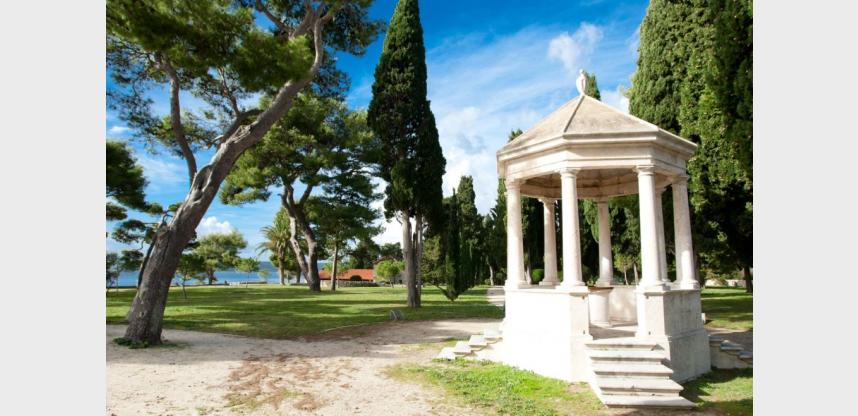
Particularly striking is the Gloriette - a round colonnade done in a classicist form preserved to this day. Hidden in high pine trees is a beautiful vista over the sea and the islands which lie in front of Split. If you choose this special place for the most beautiful day of your life, you won’t go wrong because this location is bursting with centuries-old stories, has a special charm and will definitely remain firmly in your memory.

Photo: Vis weddings, Sunčani Hvar, Croatia4you, TB Bol, TB Split, TB
Hvar
More: www.dalmatia.hr

5 reasons to explore Hvar island - the one of the most popular nautical destinations in Croatia!
The island of Hvar, our sunniest island is one of the most exclusive destinations for nautical tourism in Croatia, and islands ports are usually full of elegant and luxurious yachts
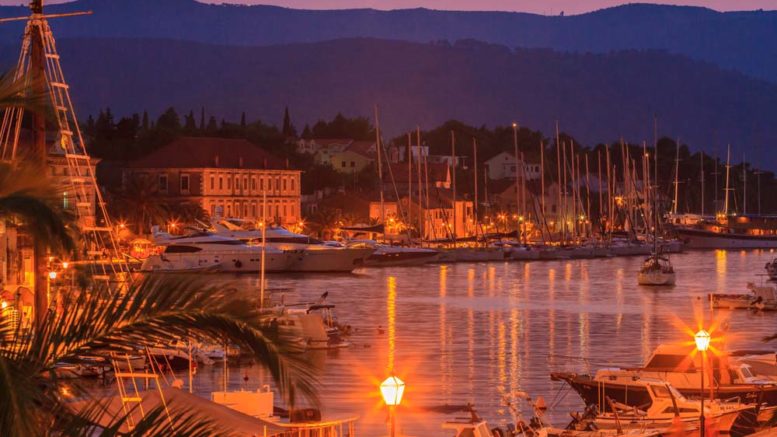
- Late summer and early autumn is the best time for sailing - the time that we feel more and more air, the darkness falls more quickly, the sun continues to shine during the day, but the nights are much fresher and slowly starting to spread from the households are the tempting scents of the winter that is in the making!

The experienced sea wolves know very well that this, alongside late spring, is the most enjoyable time for their favourite activity - sailing!
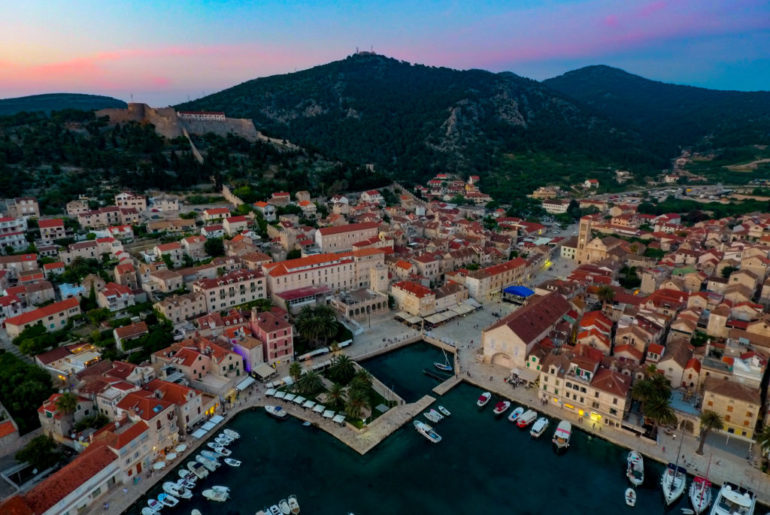
The temperatures are milder, the sea is calm and the winds are more favourable.

In addition to that, if you've been thinking about going somewhere out there in the open sea, know that the right time is - right now. And the right place, you wonder? Of course, our sunniest island - Hvar! The island of beautiful beaches, fancy restaurants and quiet coves, is one of the most popular nautical destinations in Croatia.
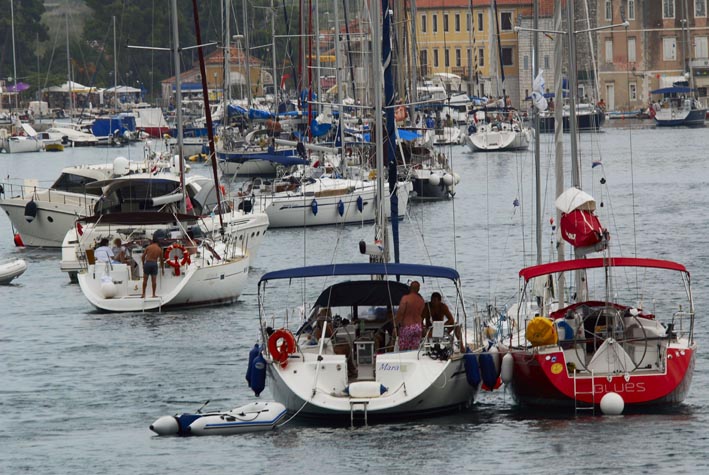
2. Explore the bay which enjoys - a cultural status! The way to do it is to begin from Stari Grad, because it is probably the first place in which you would have onced sailed onto the island, 2,400 years ago!
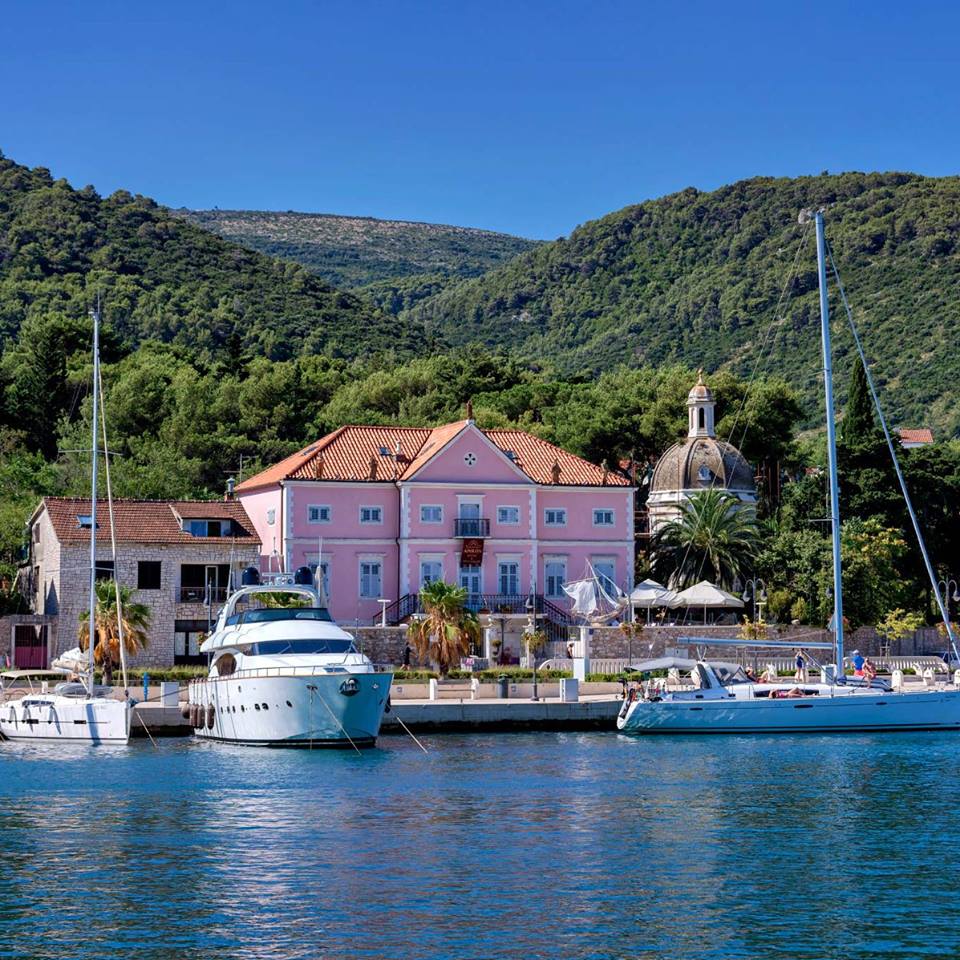
There, you’ll enjoy one of the safest natural bays on the Adriatic, which is specific in that it protects against all winds except the steady and uniform Maestral which is actually propulsion to fuel for your sails!
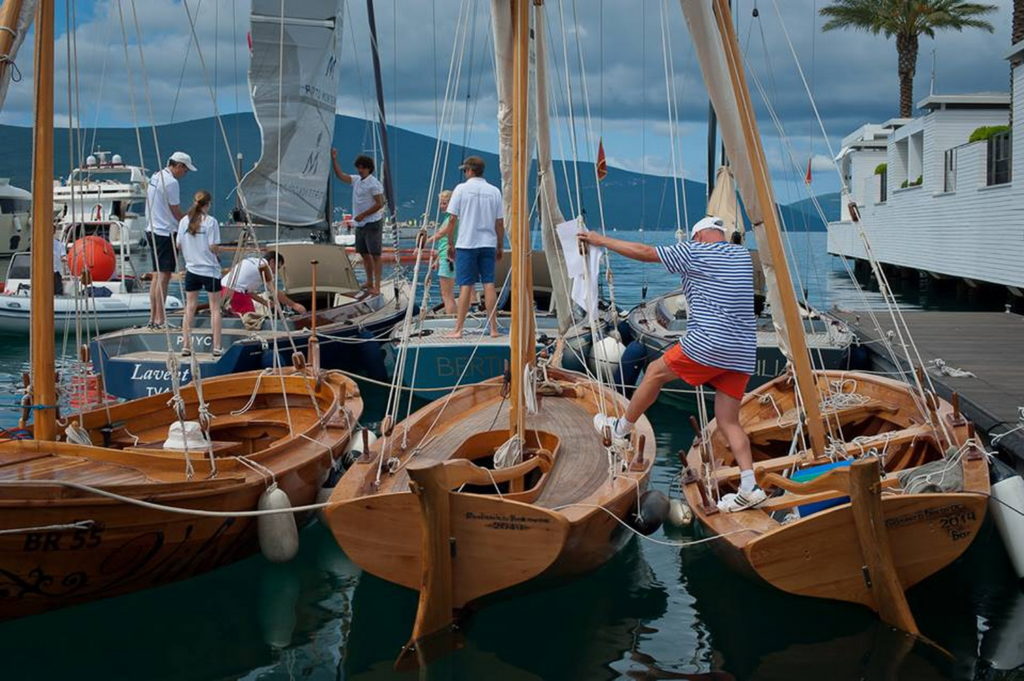
Explore the largest bay on the northern side - a port called Tiha, or if you fancy something different, the spacious and deep Zavala, and in the south, enjoy the smaller and more intimate bays, such as Gračišće and Maslinica. It's a great idea to anchor in Stari Grad itself, and enjoy the pleasure of sightseeing and looking at this picturesque beauty.
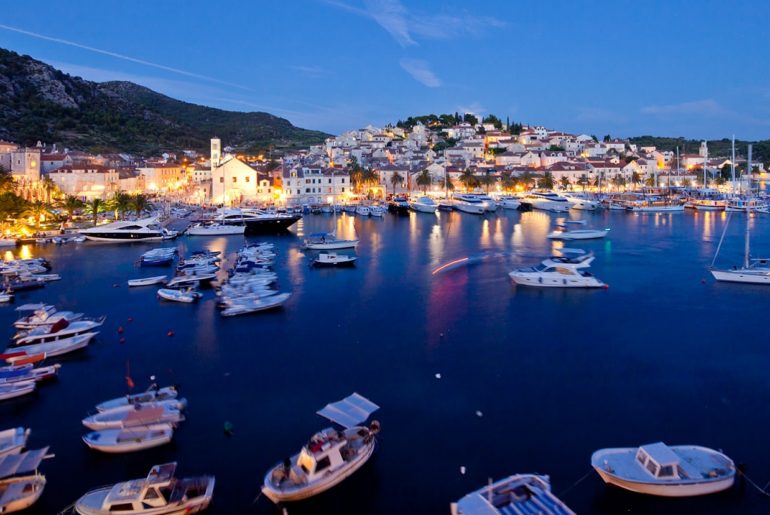
3. Take a peak at its beauty which won the hearts of world’s elite. How does a small sandy beach, several great restaurants, an imaginatively decorated lounge bar, and a promenade with exotic herbs brought here from across the planet sound to you?

This is exactly the magical backdrop of the nautical adventure which awaits you in Vinogradišće bay, on the southern coast of St. Clement, the largest and the most famous of the Pakleni islands. Just in front of Hvar Town and Stari Grad, the Pakleni islands are a real Mecca for boaters, and the deeply indented Vinogradišće cove is one of the most popular and one of the best anchorages in the entire Hvar area.

4. Navigation and a gastro experience - They go together well! Experienced sailors know one thing - there is no better spice to their nautical adventures than delicious home-made food!
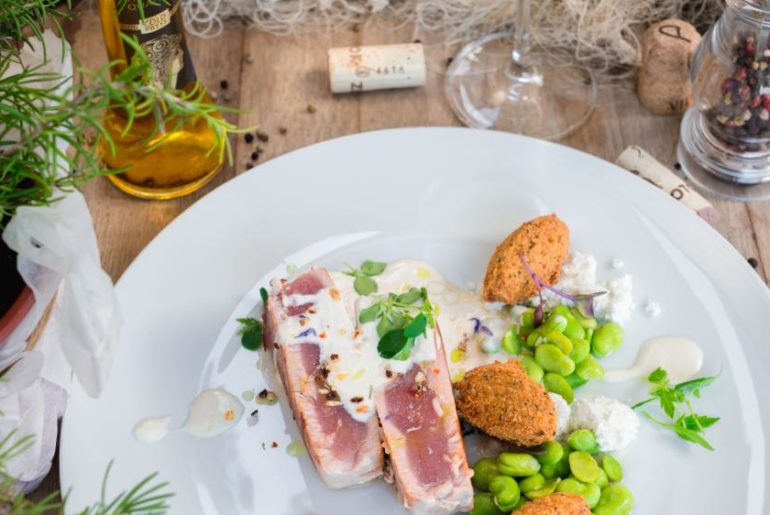
One of the most legitimate reasons for the wild popularity of sailing in precisely the waters of Hvar, is that the boater's plates end up with the most delicious seafood on them!
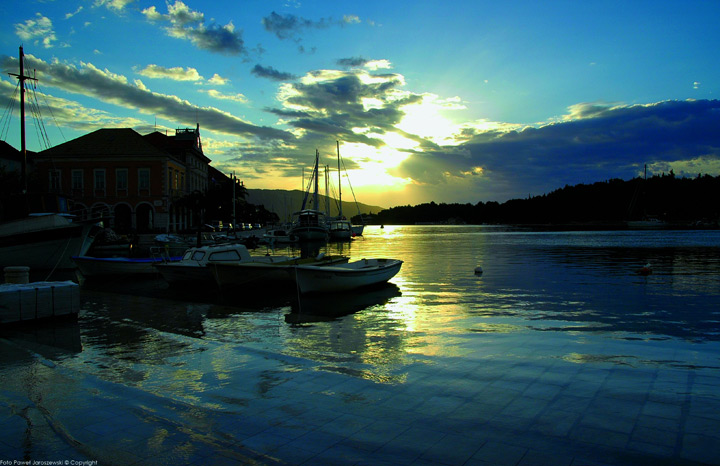
5. Hvar is known as the island of wine. Moreover, Hvar boaters are in their own sort of symbiosis with great restaurants, which, in addition to a tasty menu, also offer a secure berth for their vessels. If you ask them, it would be a real sin not to spice up the voyage with some grilled fish and a glass of quality local wine!

You will easily be convinced of this - it’s enough to taste the rhapsody of the flavours of the best species of white fish - such as sea bream, dentex or sea bass, or delicious snacks like fresh blue fish rounded off with a ruby red Plavac mali from Hvar, or a devilish, elegant Bogdanuša.
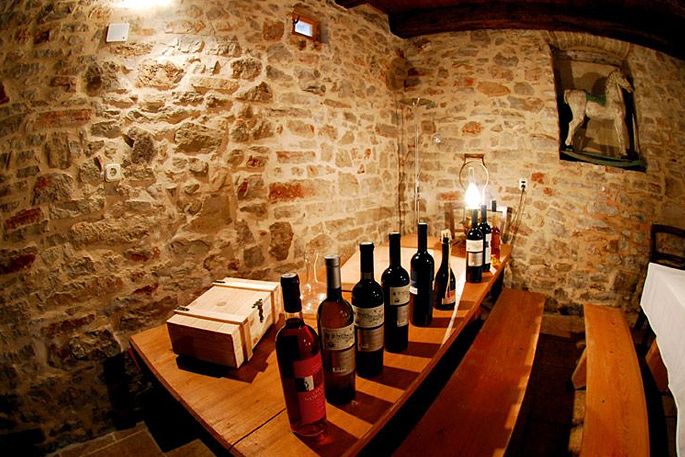
More: www.dalmatia.hr
Photo: www.dalmatia.hr, croatia.hr, archive of tourist boards of island Hvar, Pointers Travel


